Explore lighting and color techniques to create dynamic still-life photography compositions
Explore the vibrant world of creative still-life photography with a team of expert photographers, including Amy Currell, Gerard+Belevender, Daniela Constantini, Victoria Jane, Littledrill, and Nicolas Polli. Dive into a variety of styles and techniques, from mastering light and color to conceptual storytelling through imagery. Discover how to create bold, dynamic compositions using contrast and color blocking, and experiment with unconventional styling to push the boundaries of traditional still-life photography.
Capture the essence of botanical beauty with natural light techniques and learn how to enhance textures and details. For those drawn to drama, explore chiaroscuro-inspired setups, creating deep contrasts and atmospheric aesthetics. Master flash photography to achieve polished, high-impact images with controlled lighting effects. Each course culminates in a captivating final project, ensuring hands-on experience in crafting visually stunning still-life photographs. This specialization offers a comprehensive journey into the art of still-life photography, perfect for those ready to elevate their creative skills.
What will you learn in this specialization?
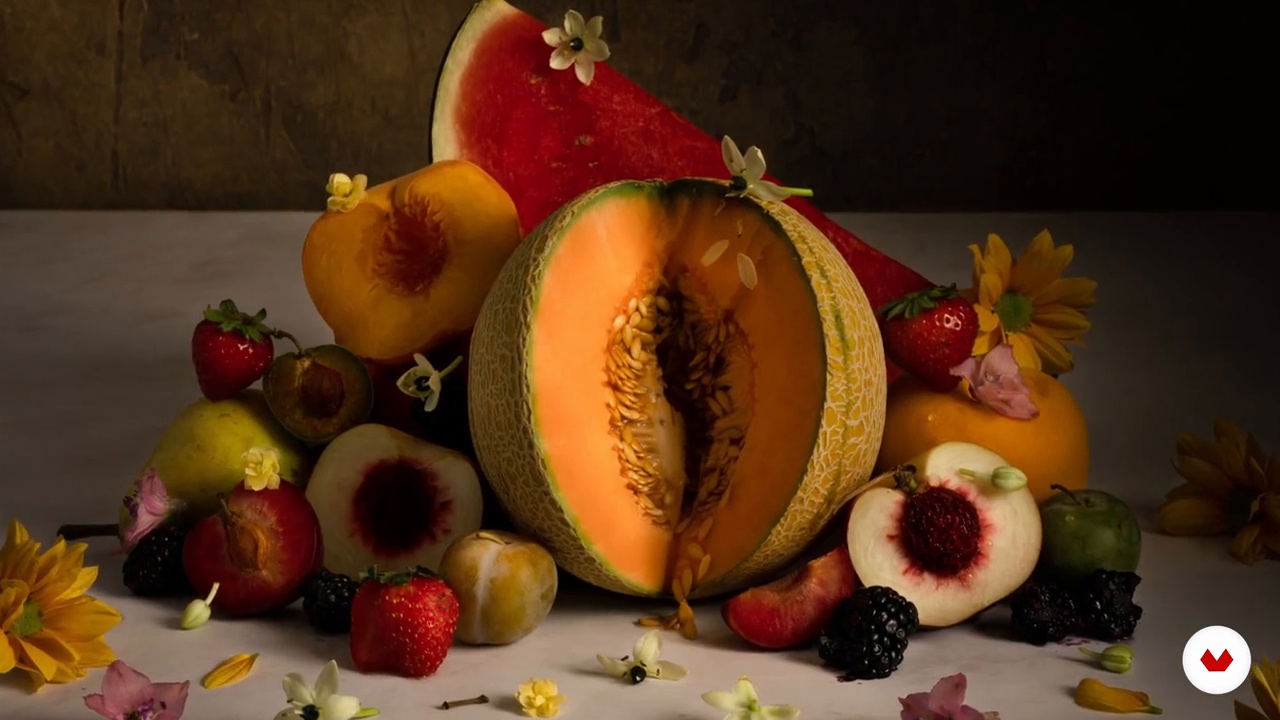

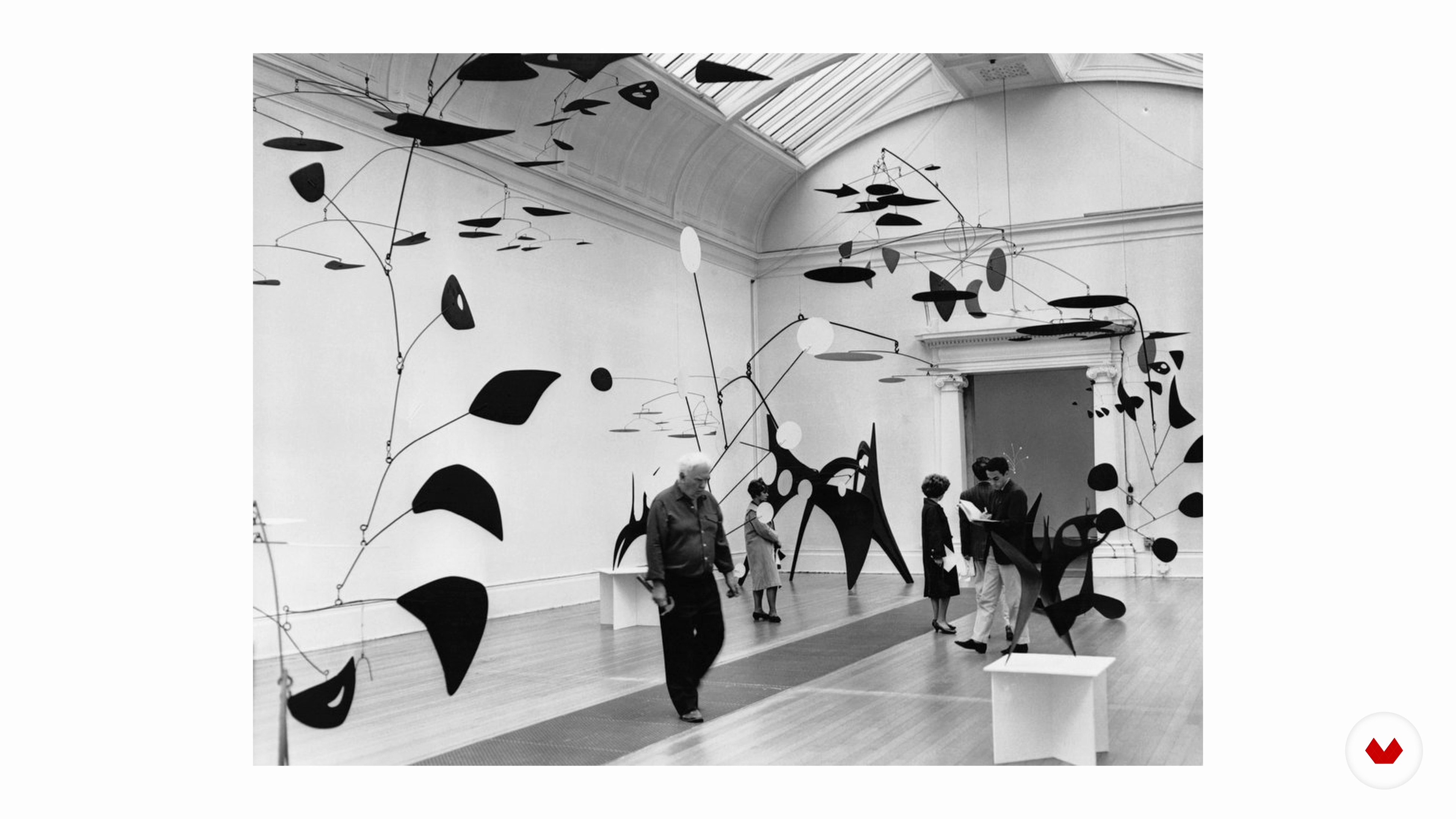
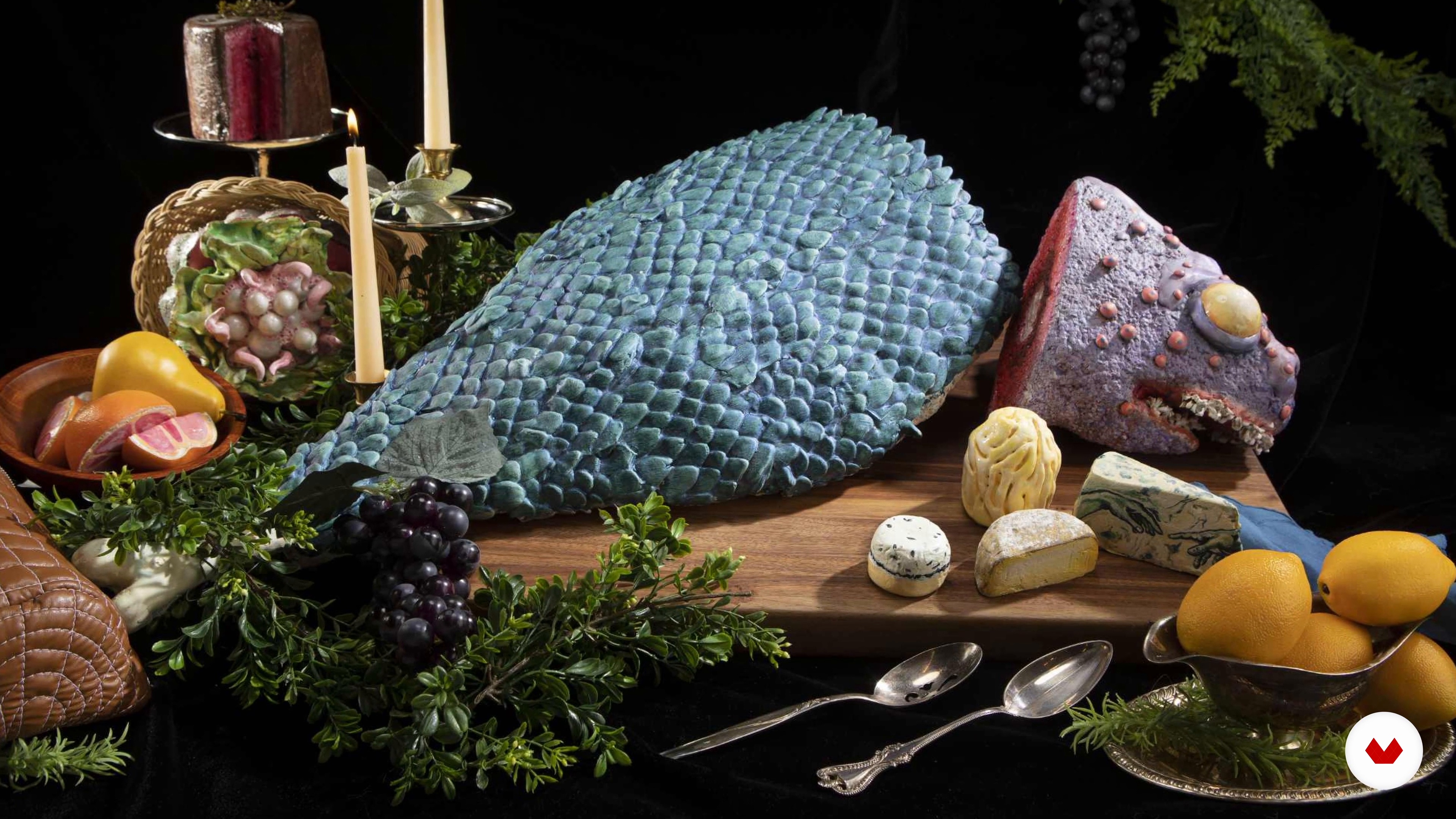
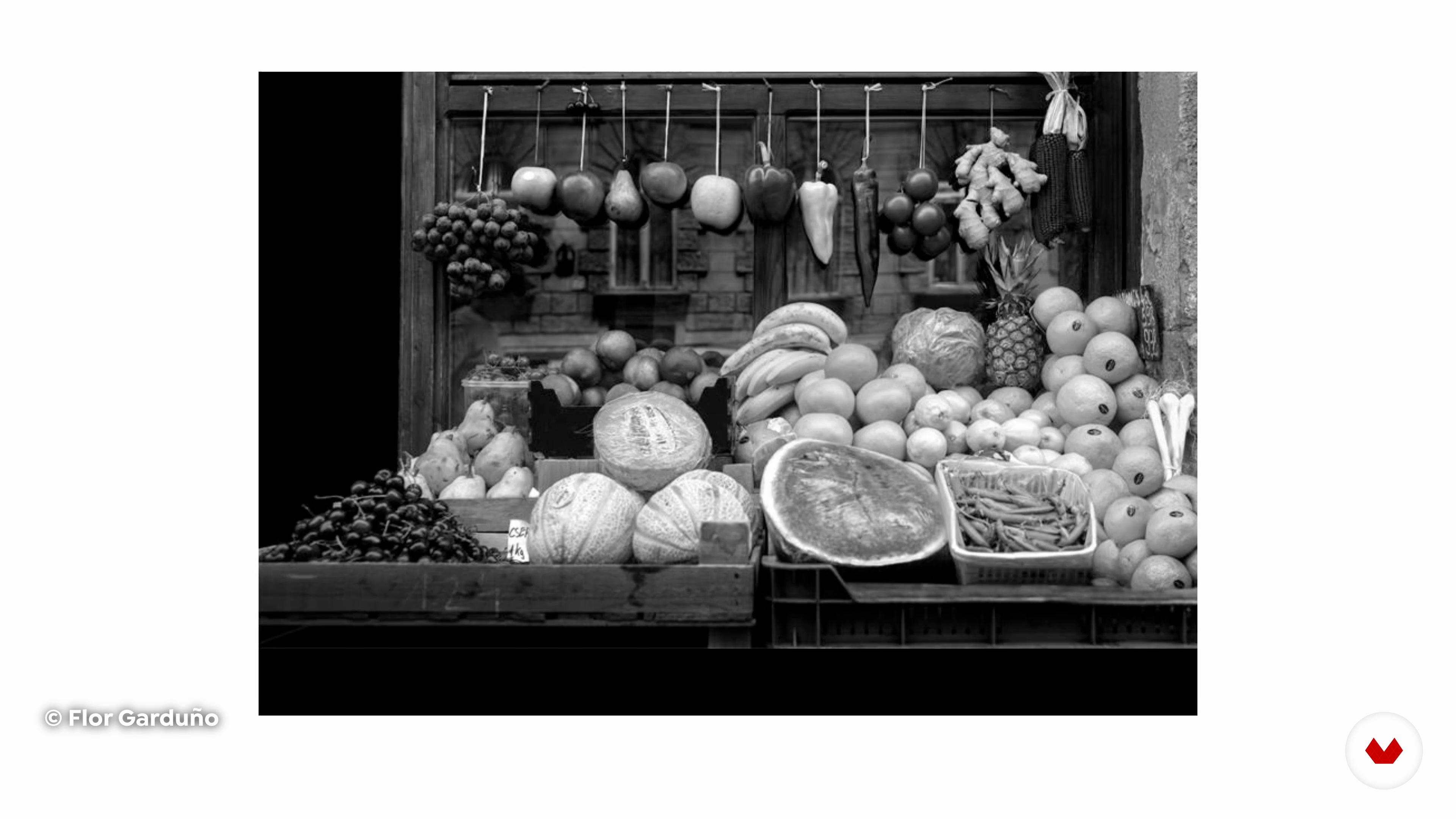
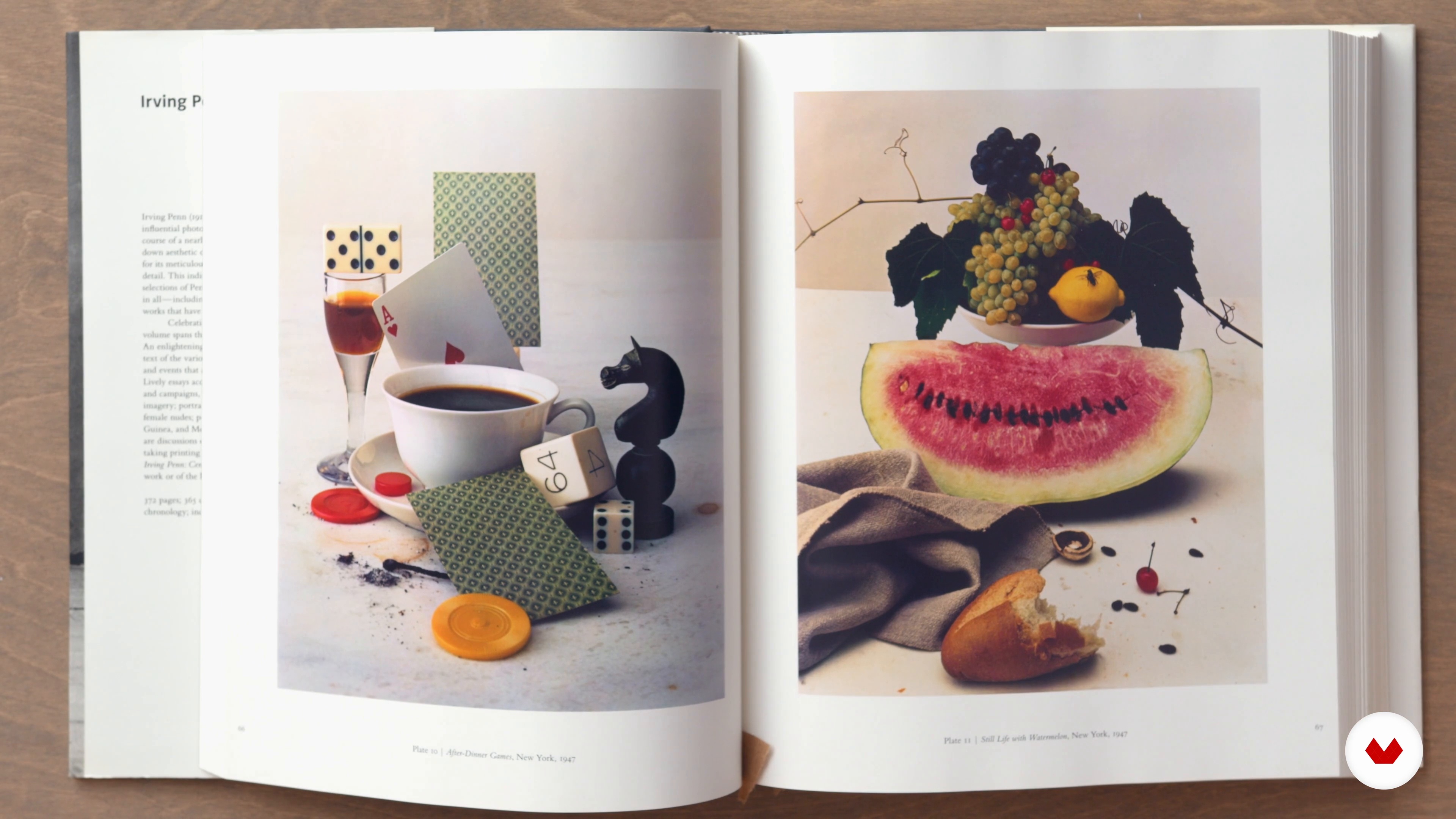


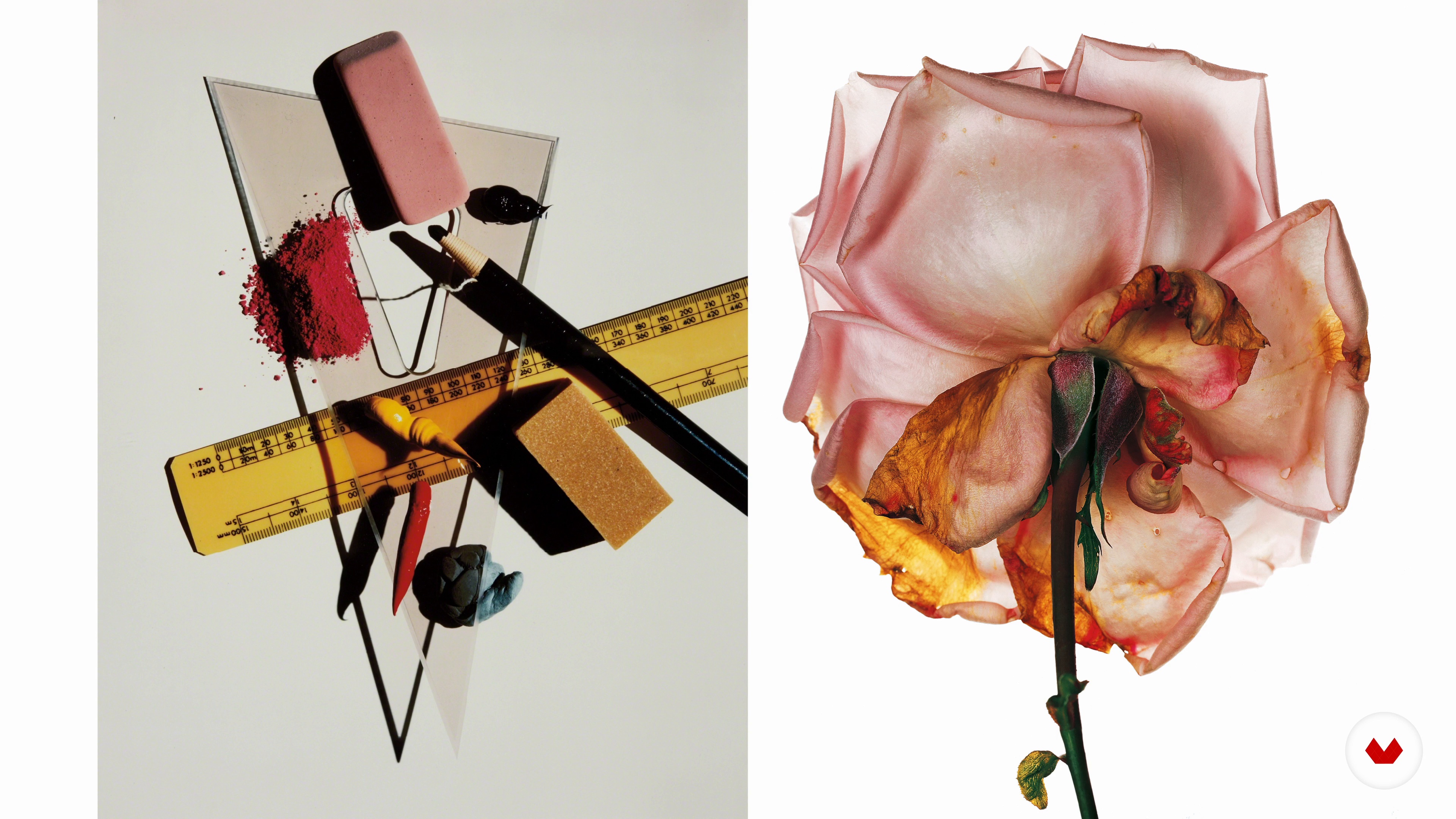

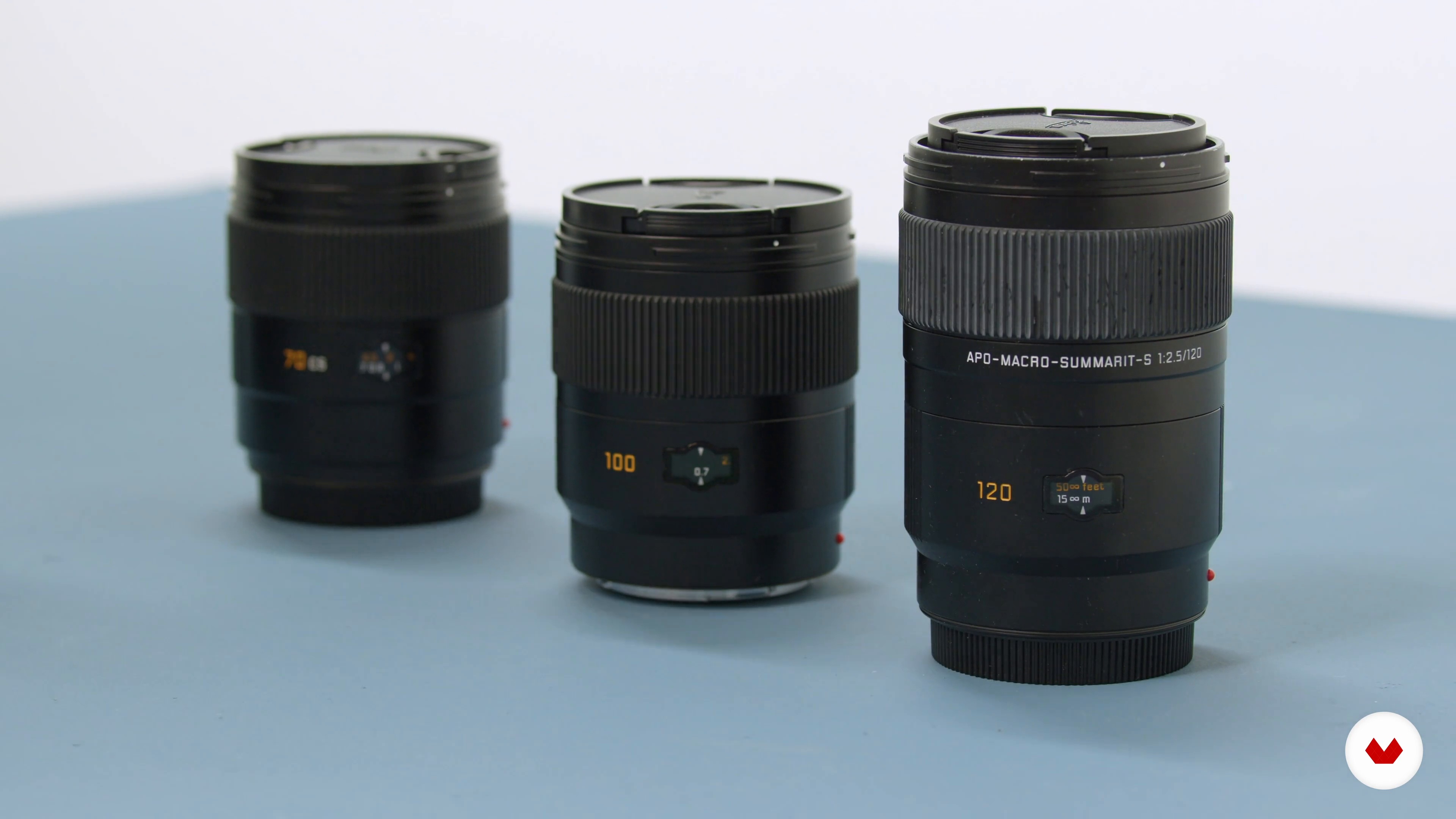
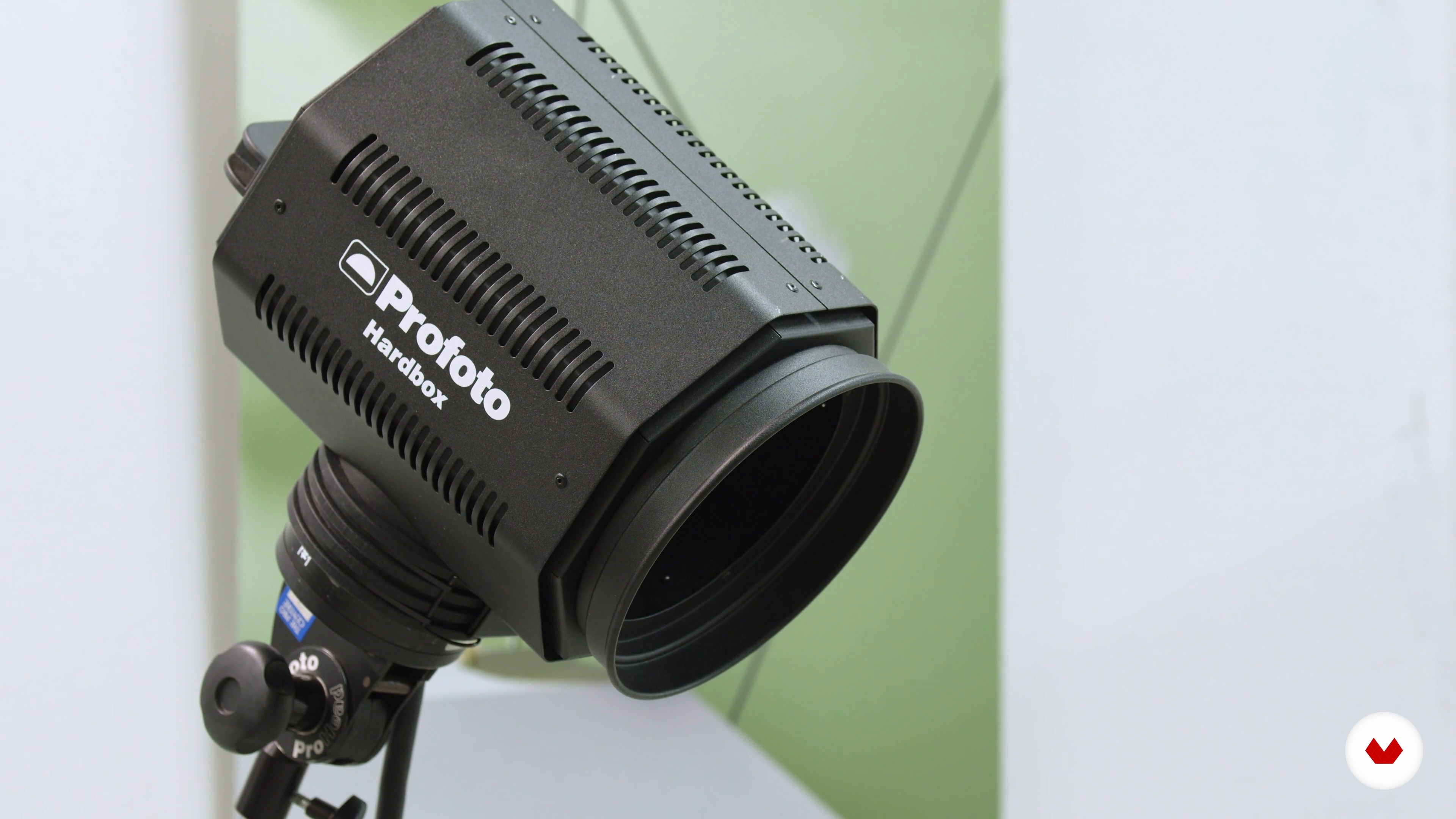
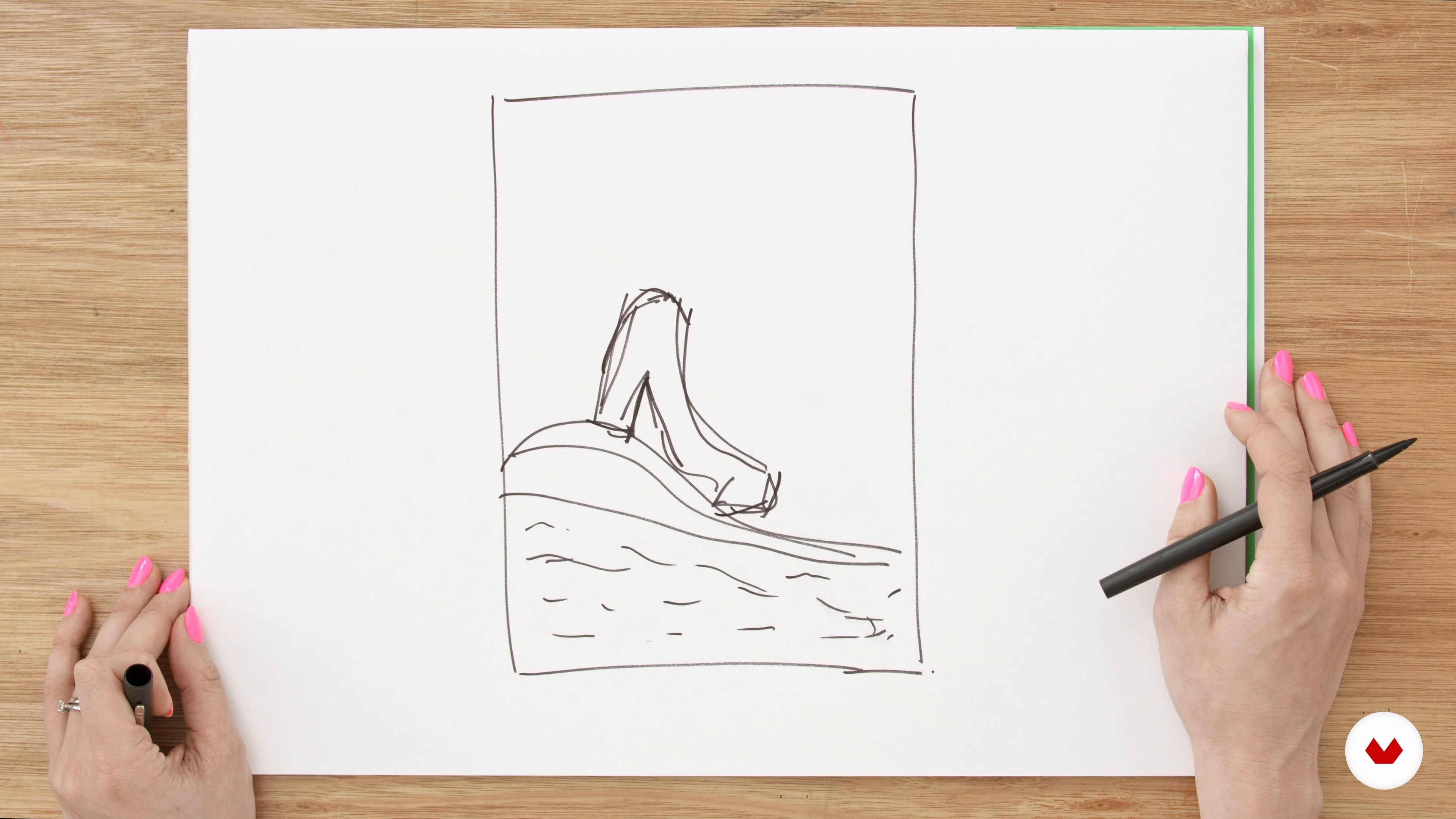
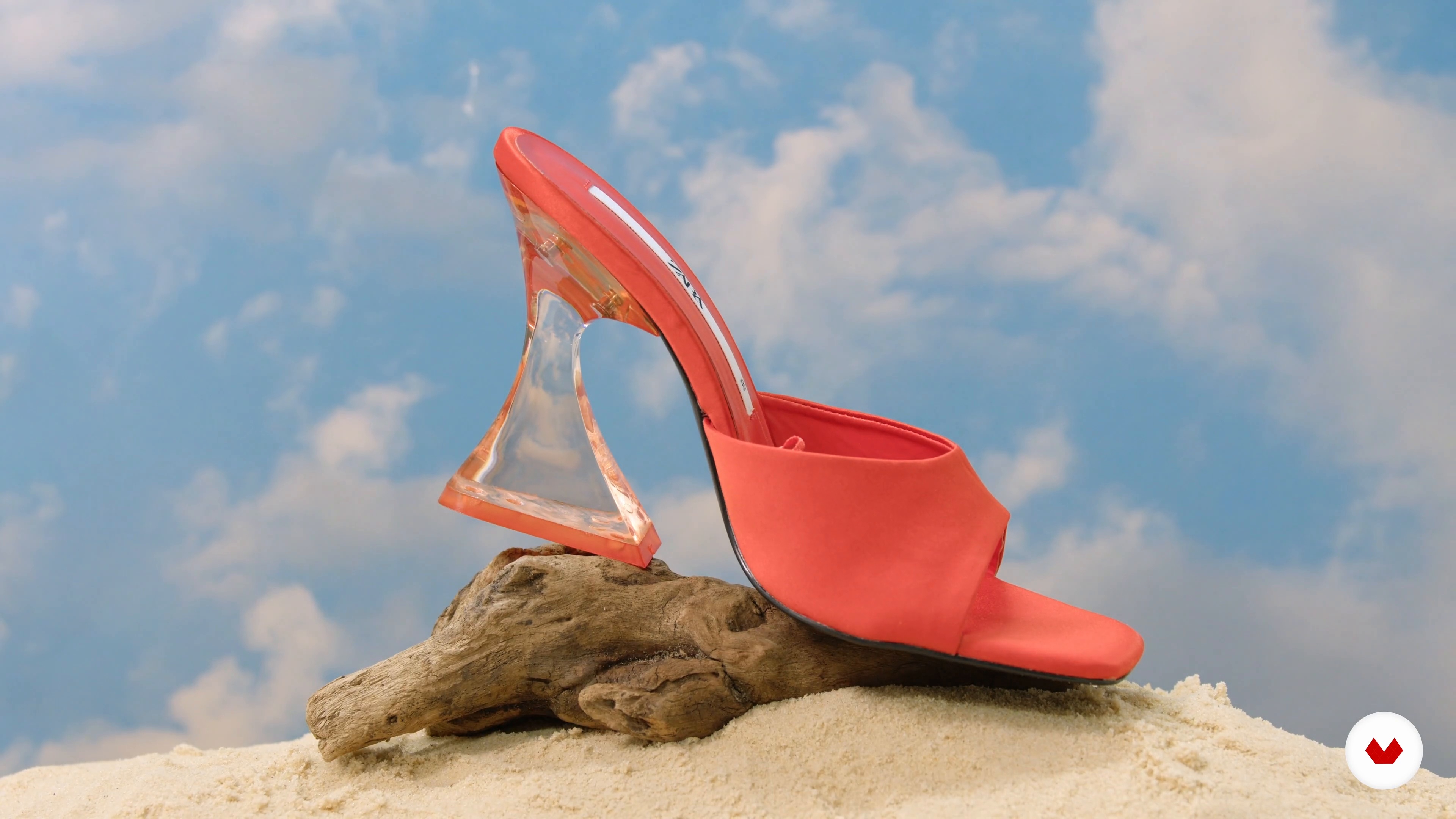
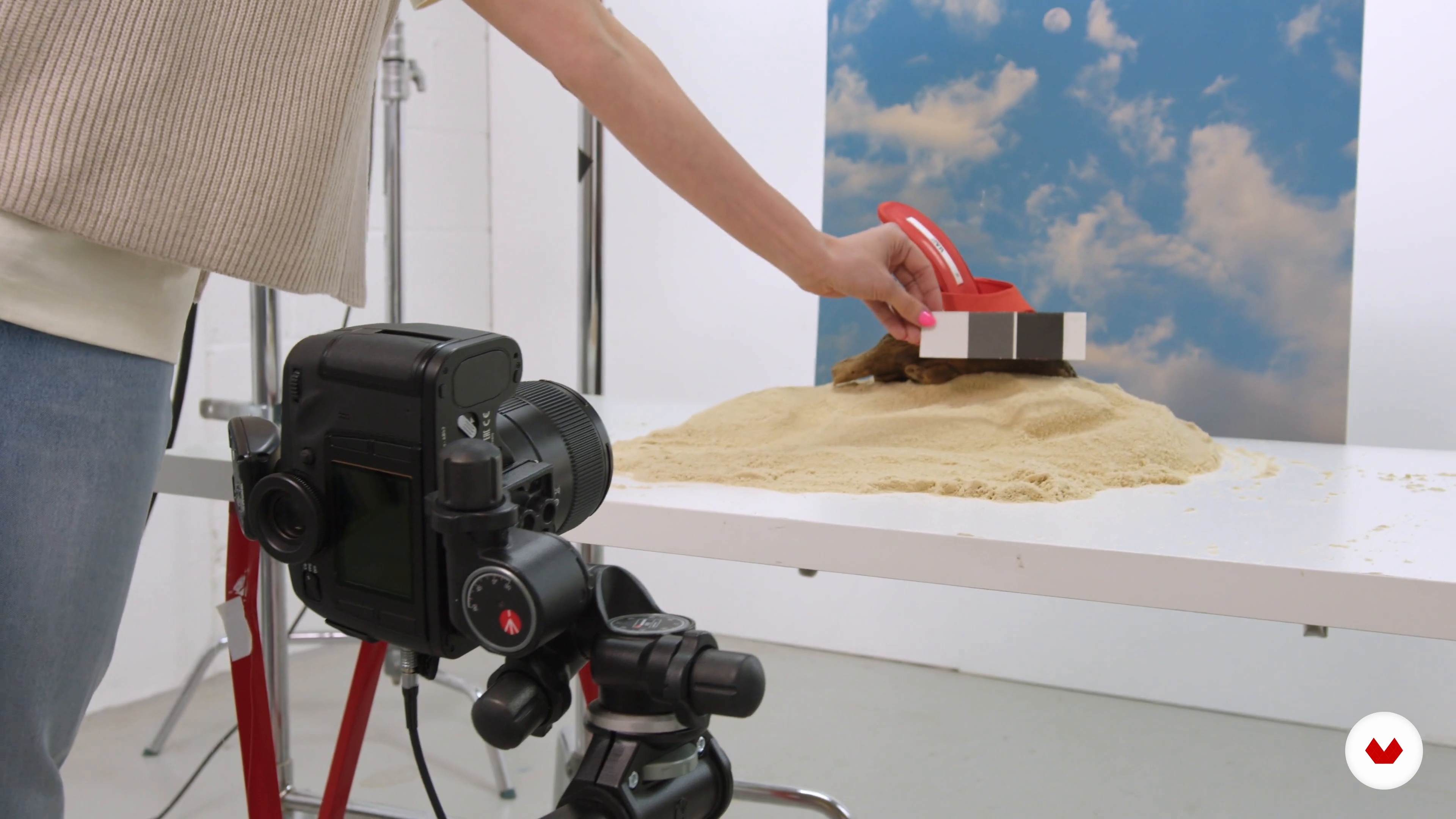
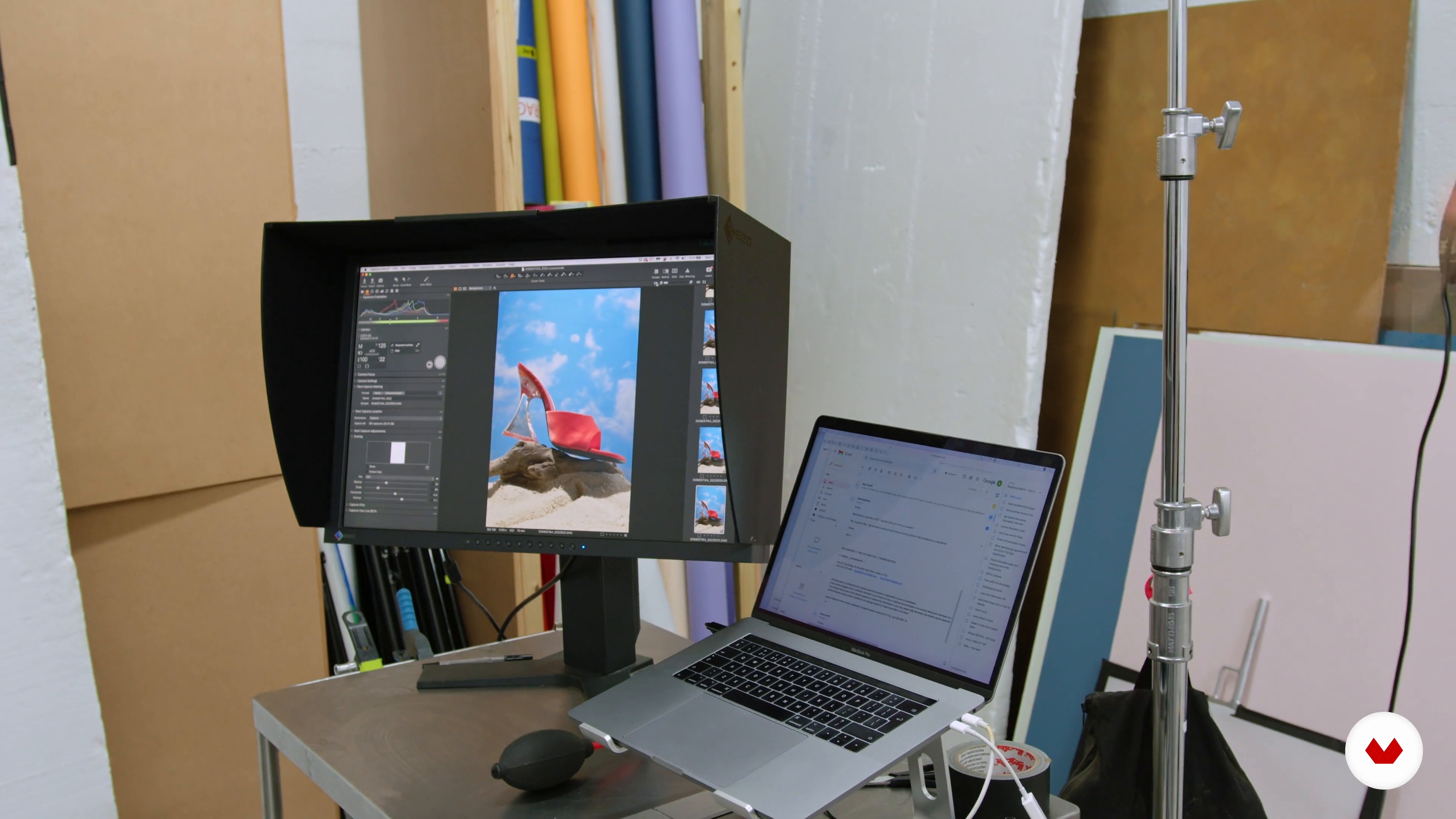
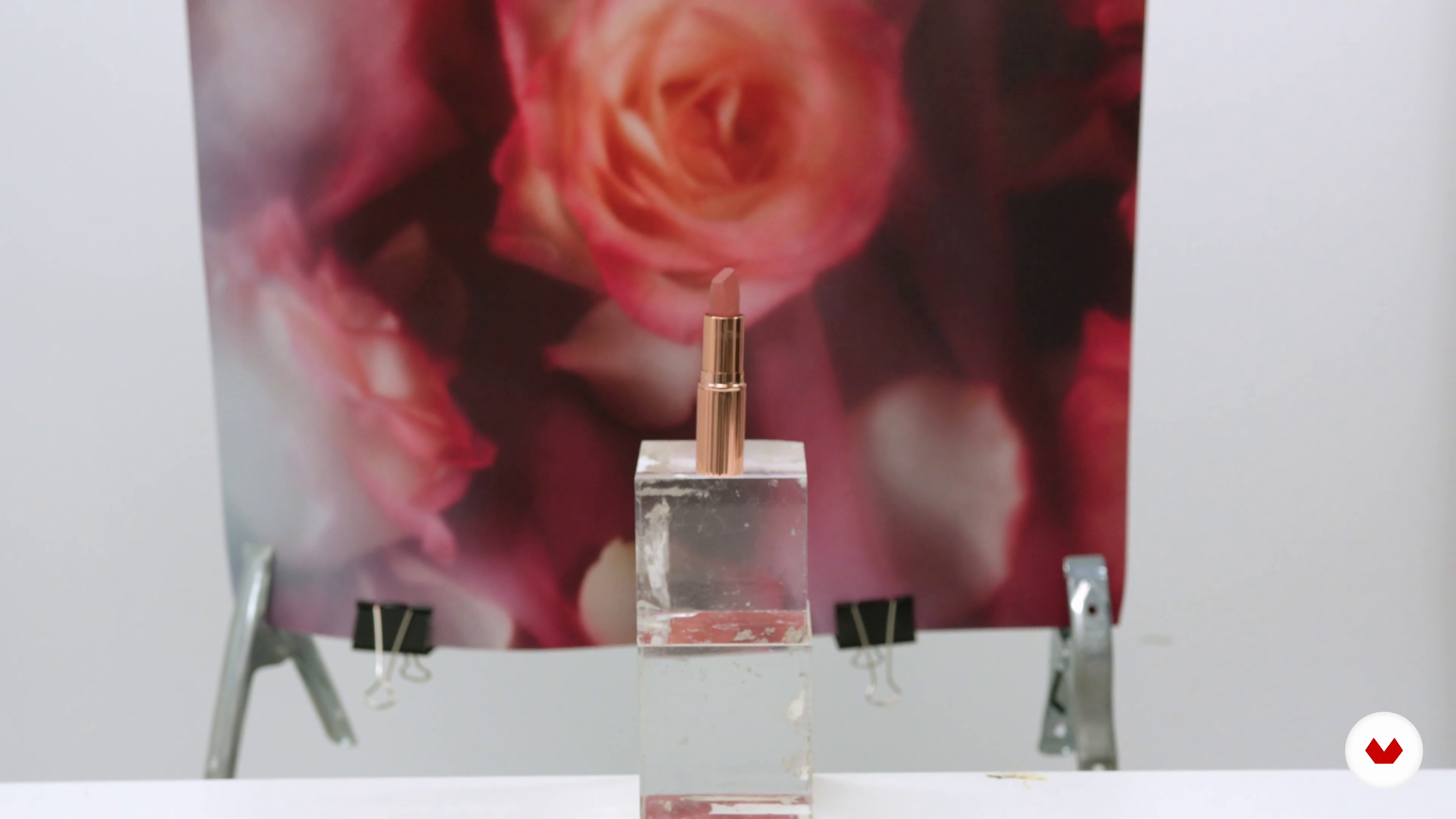
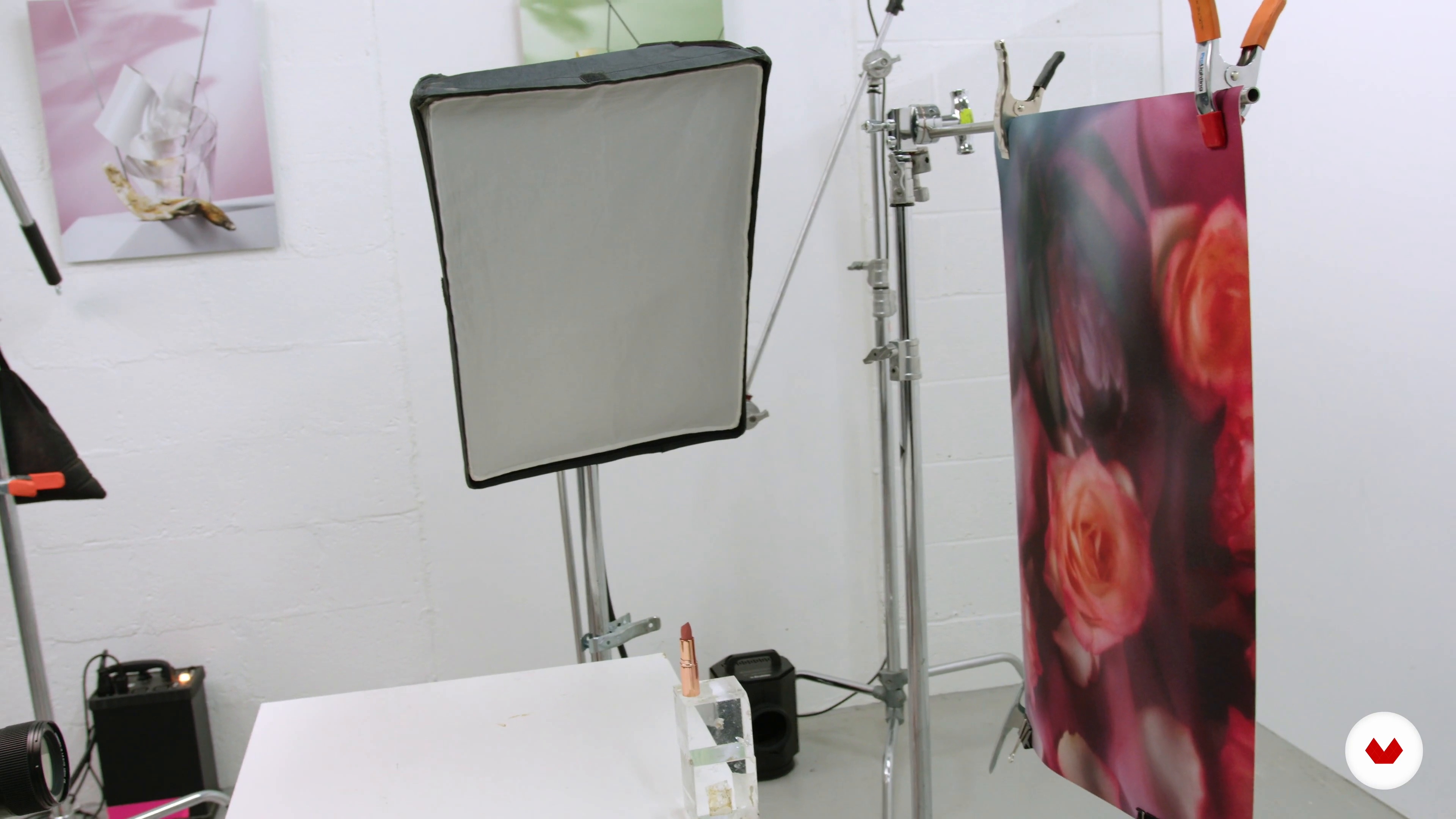

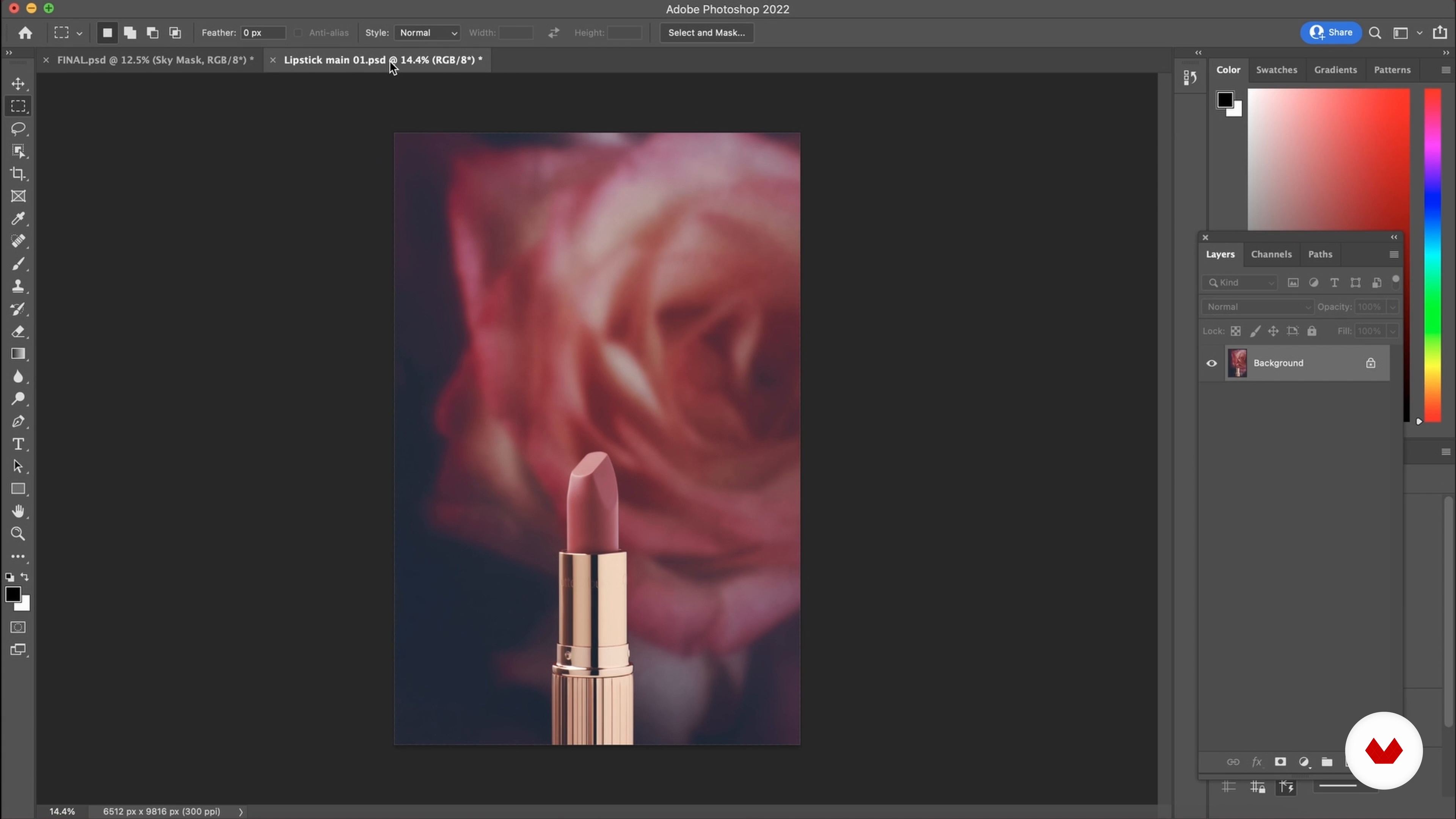
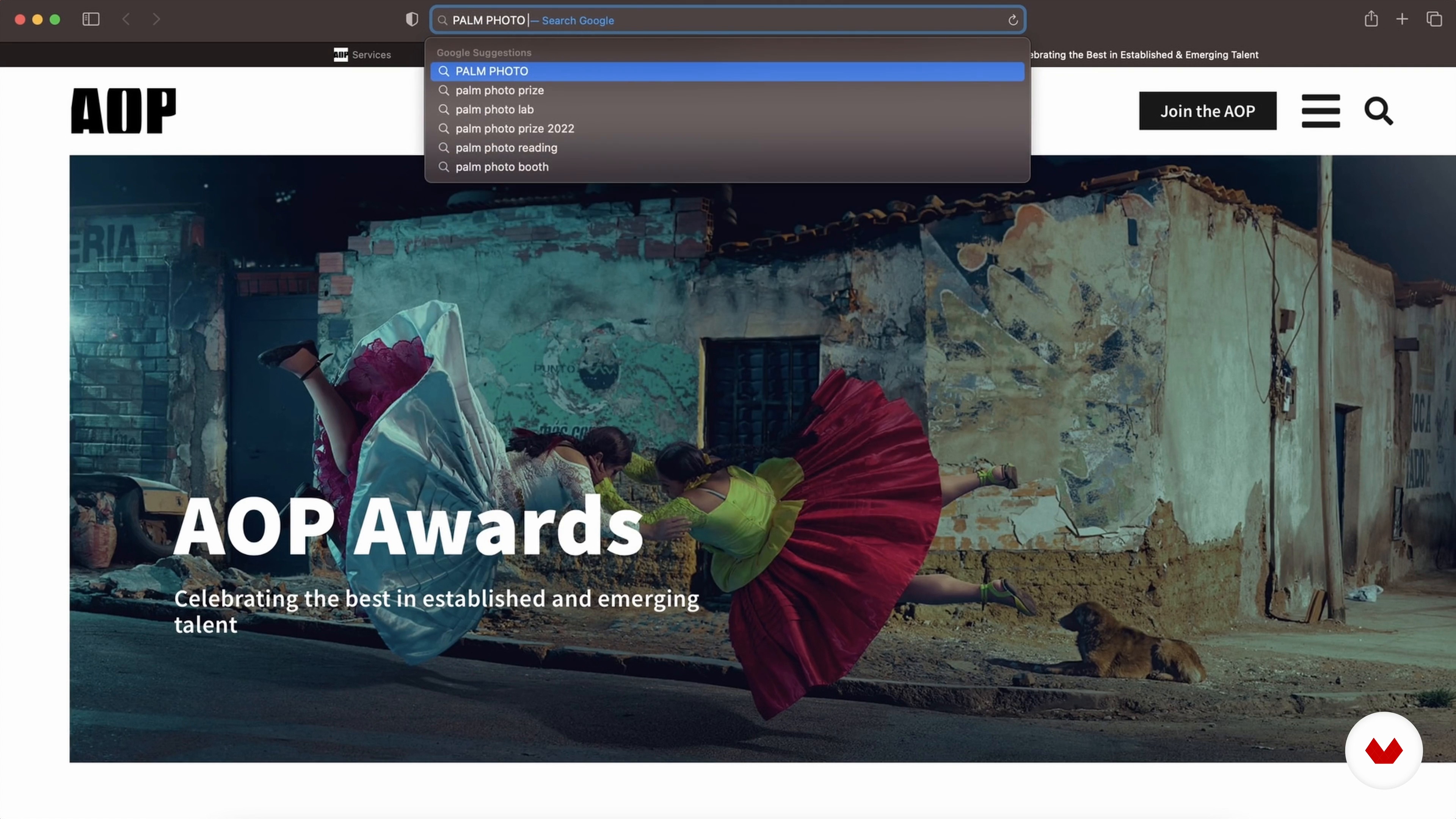
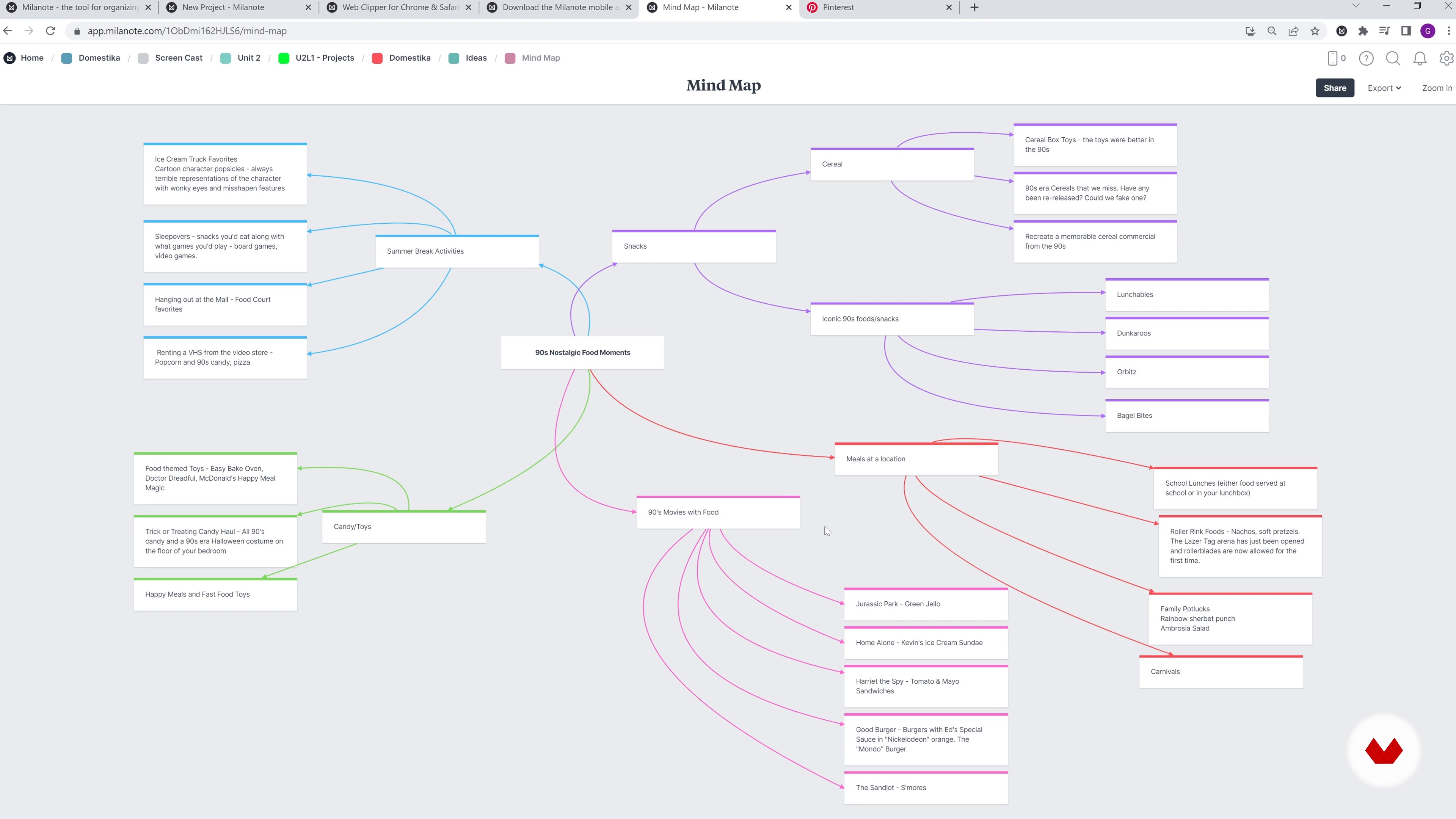

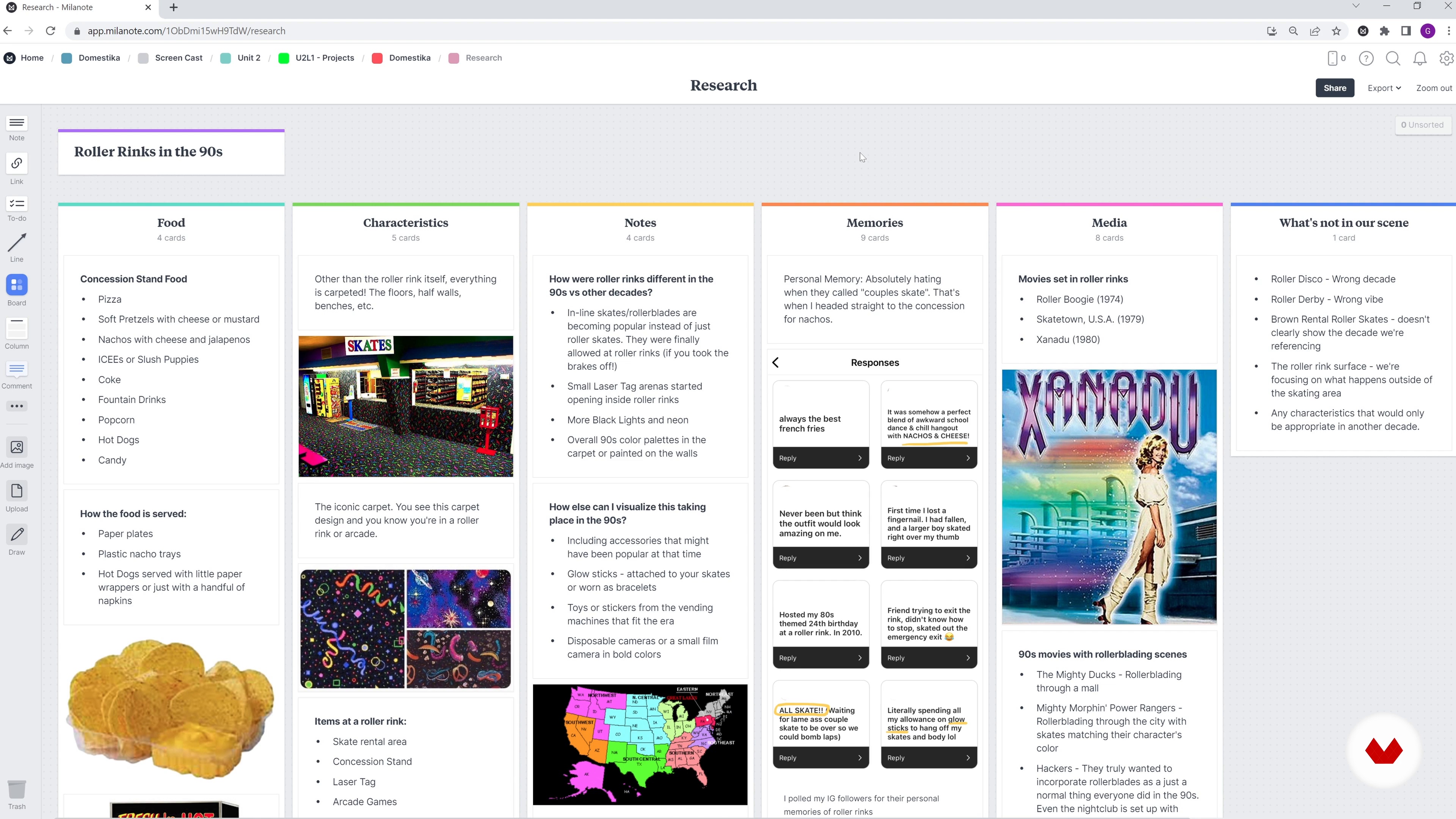
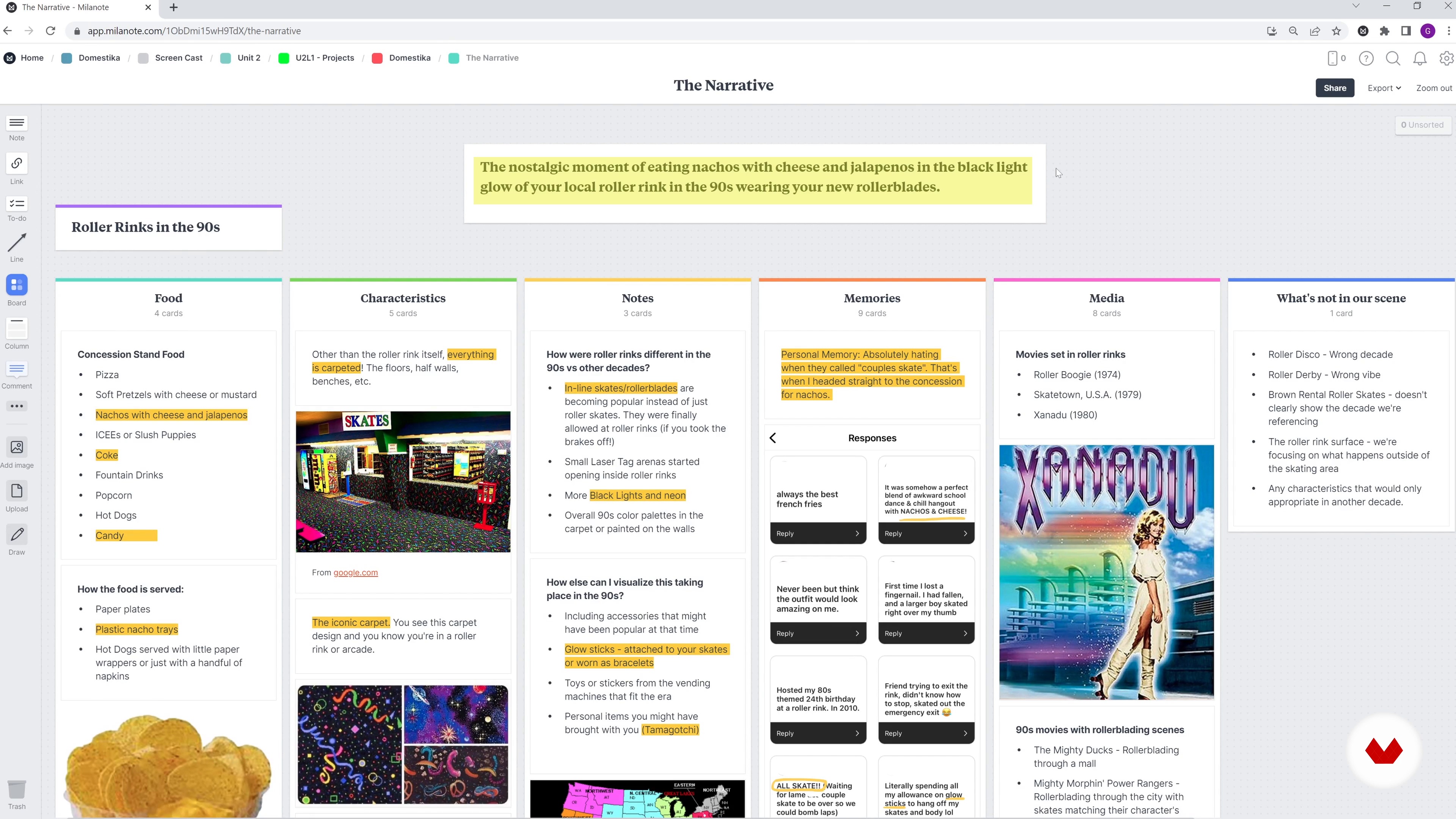
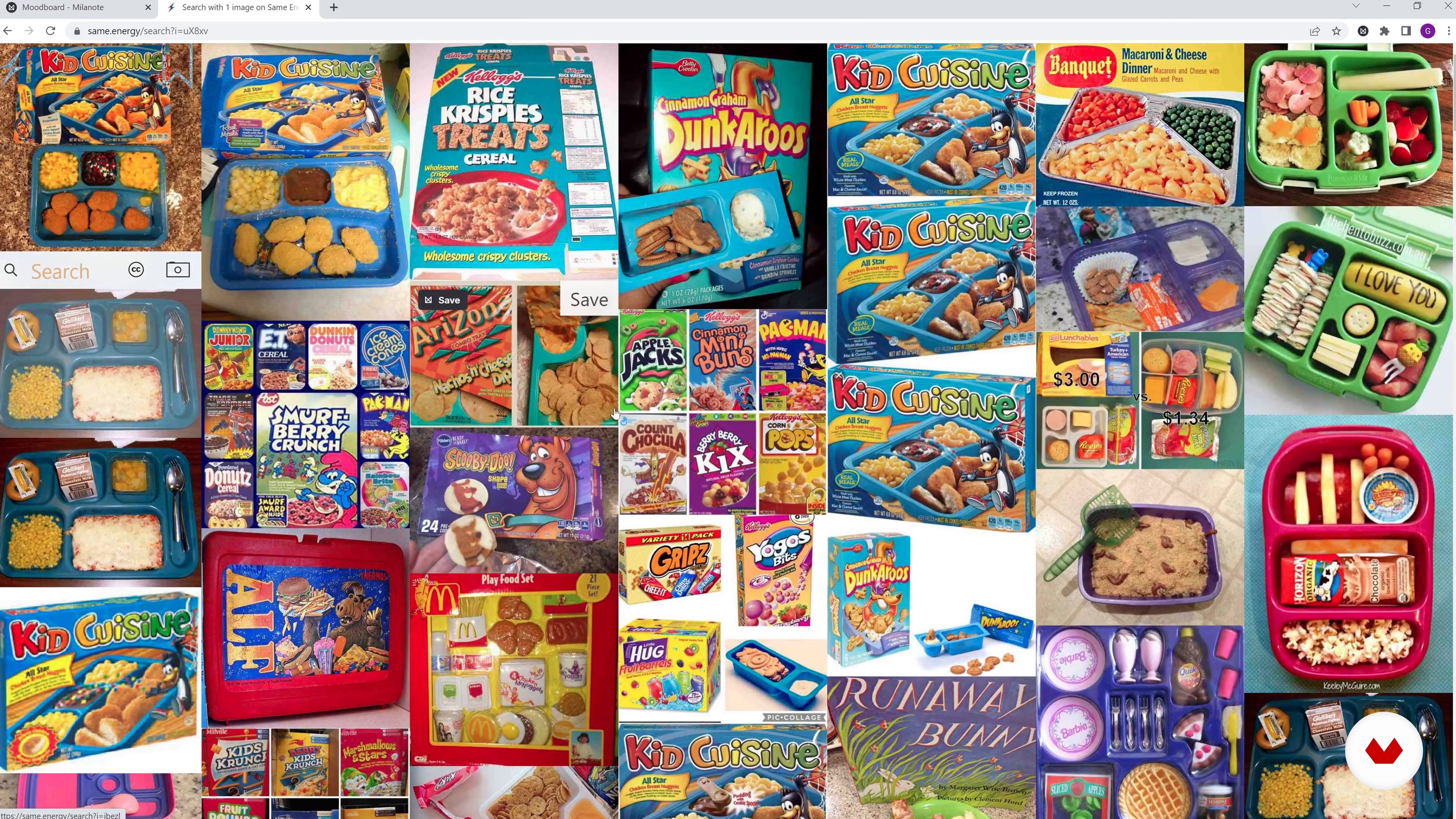
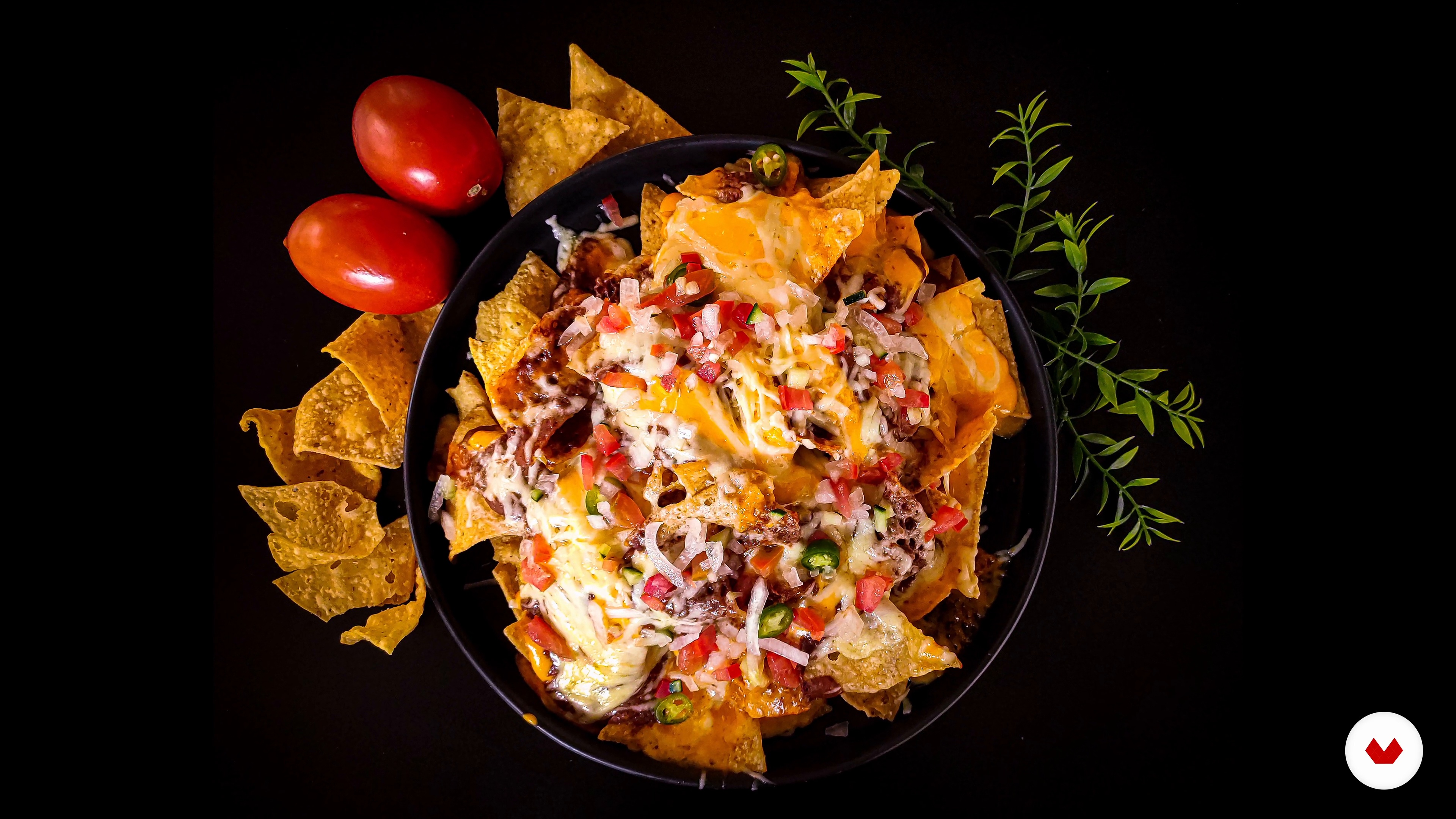
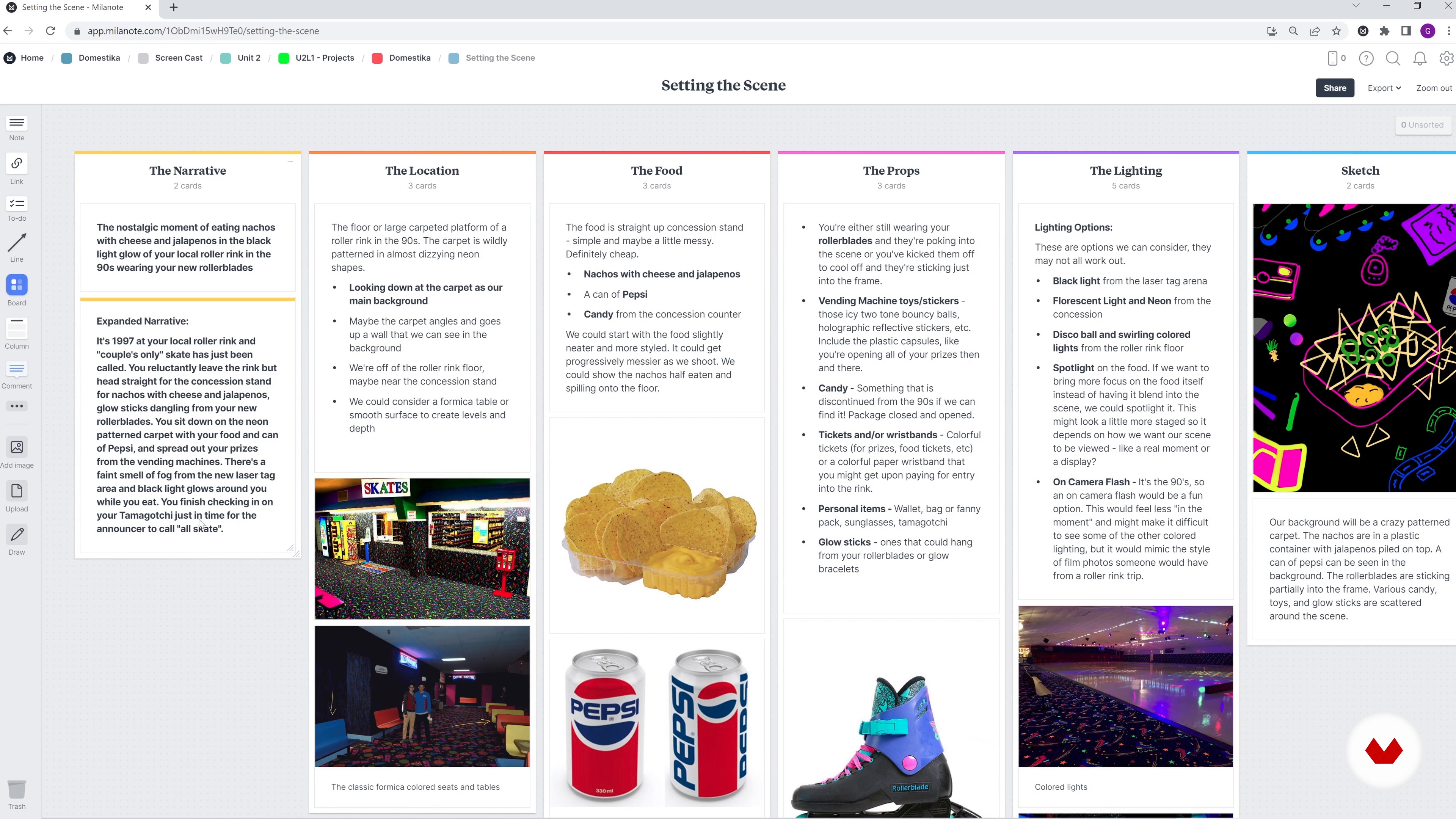
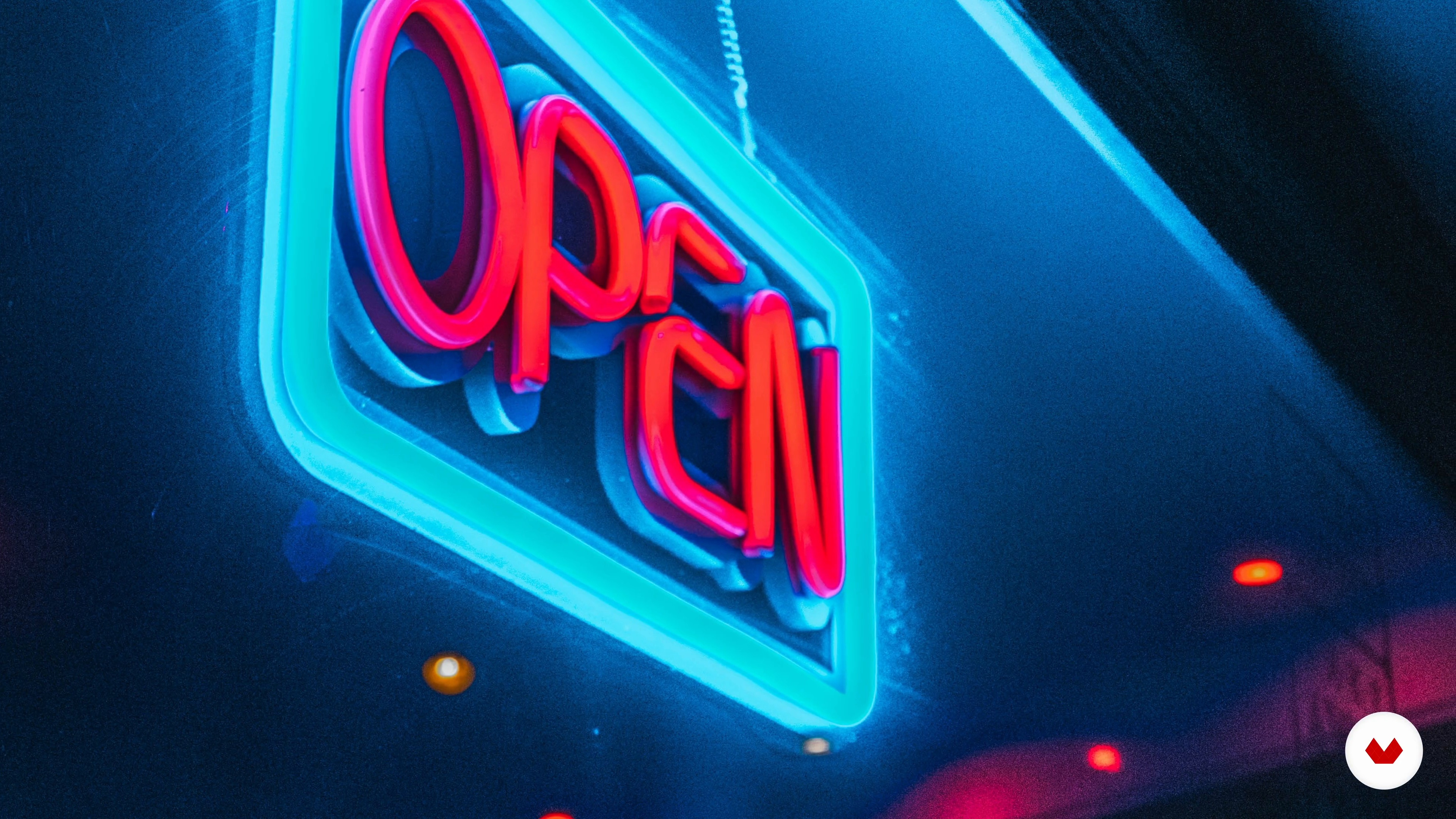
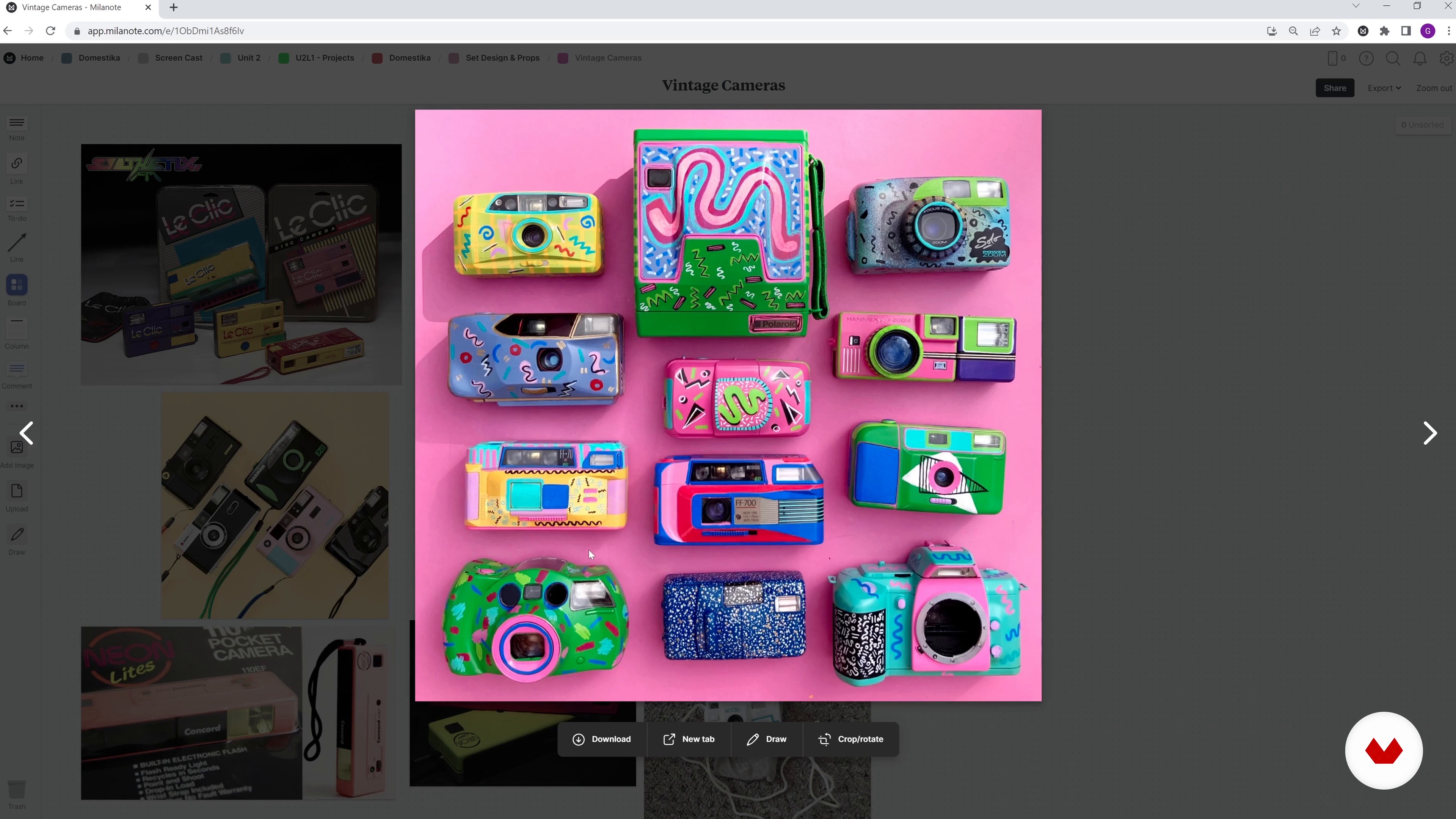
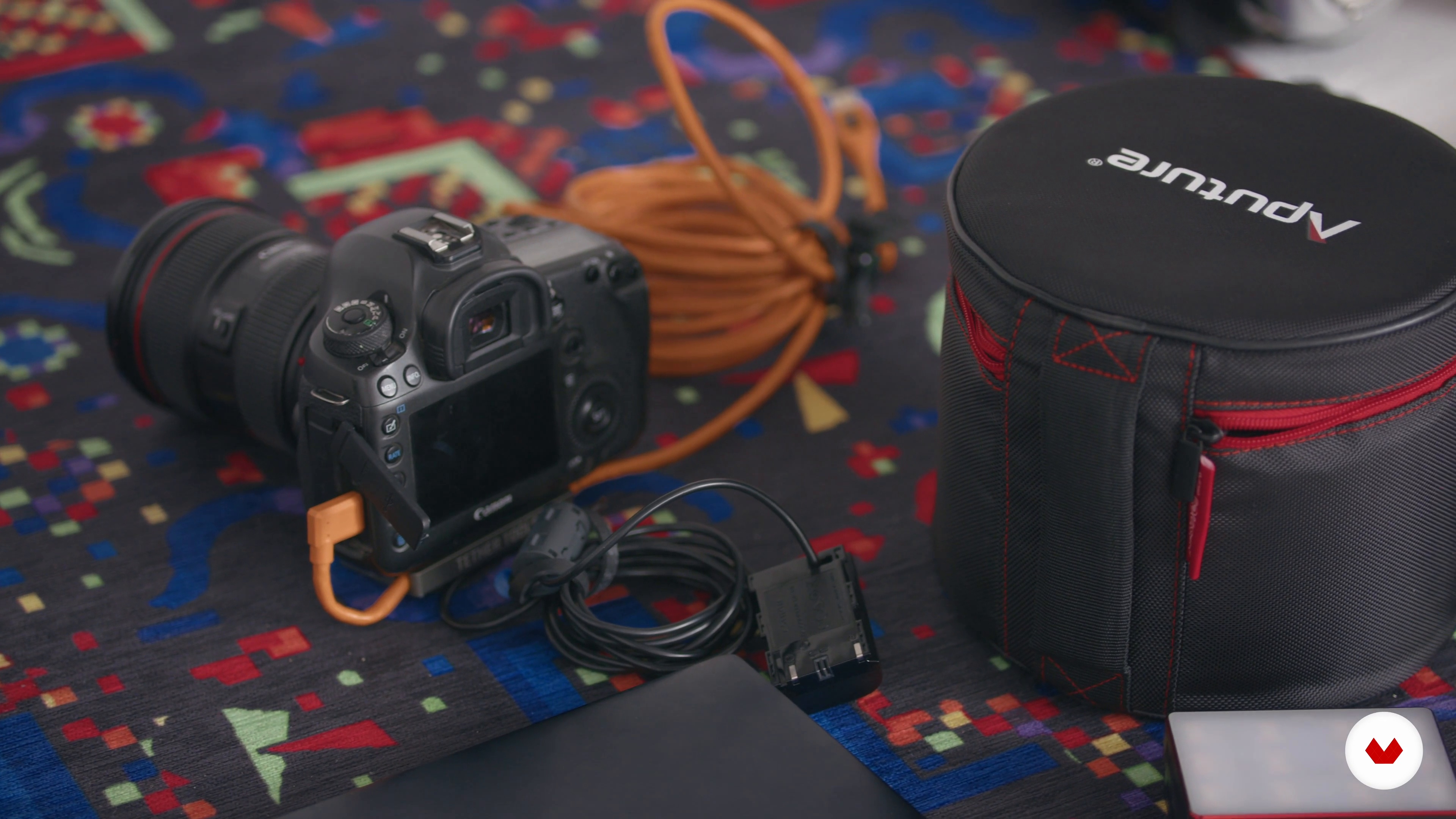
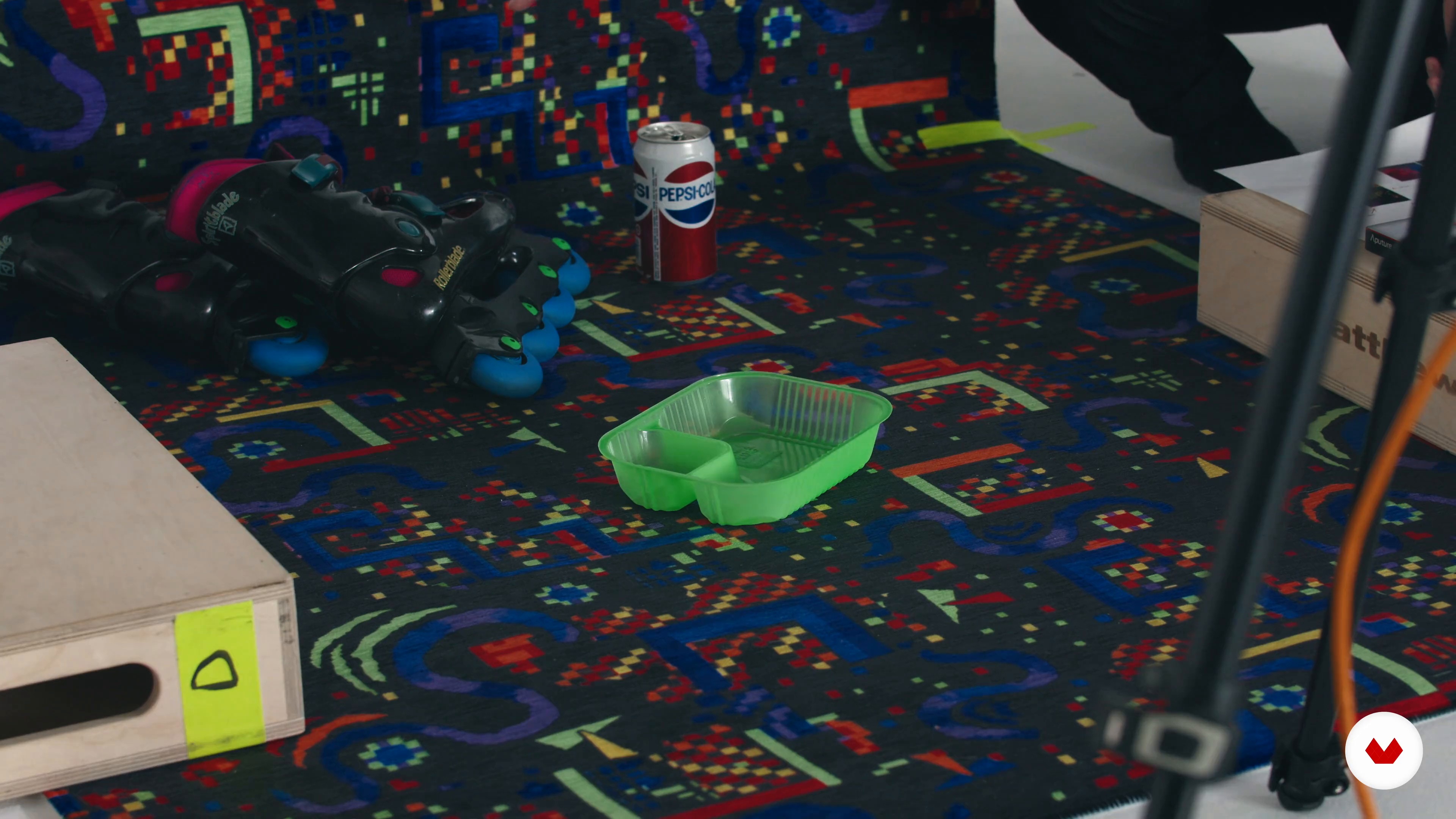
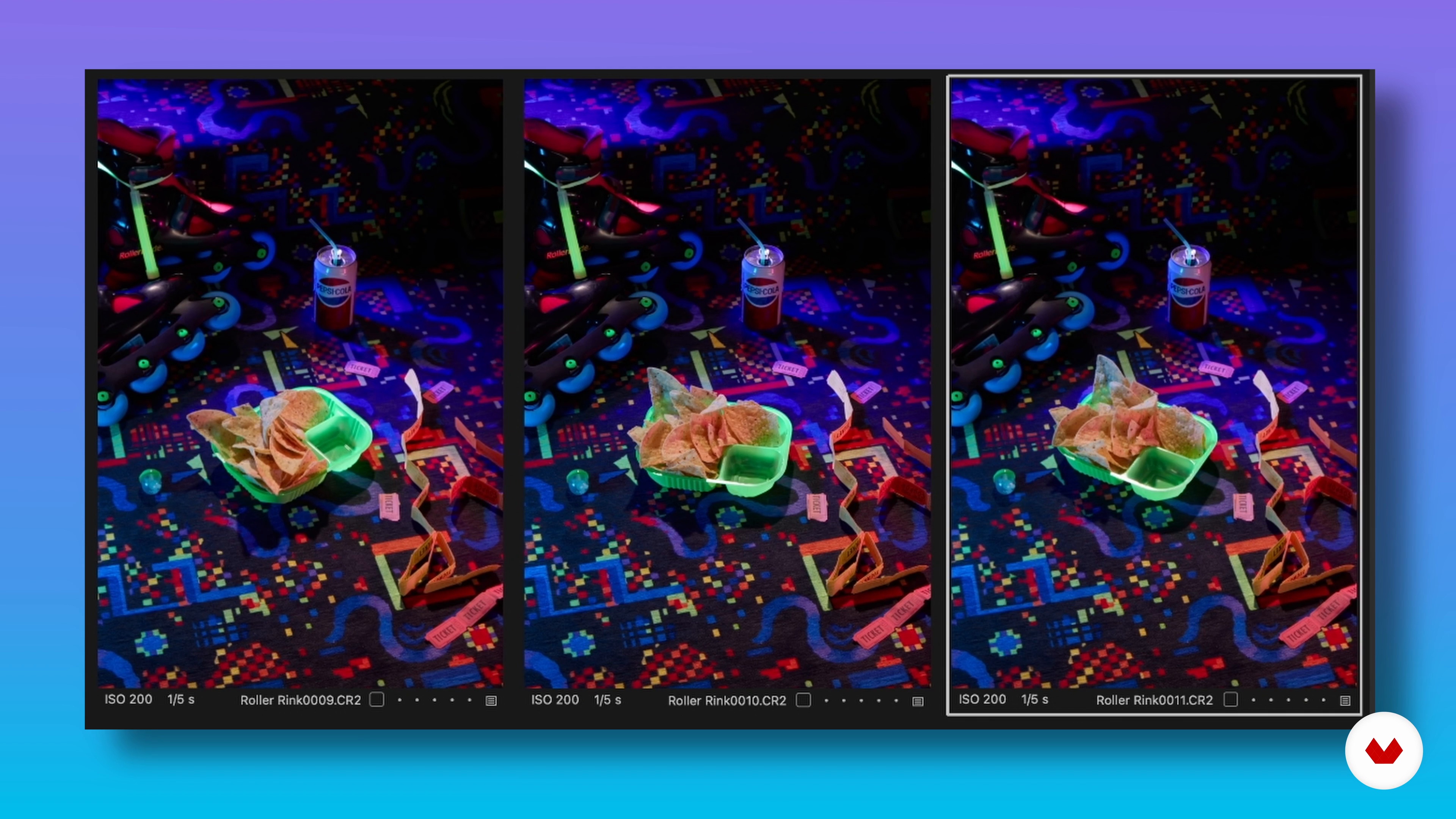
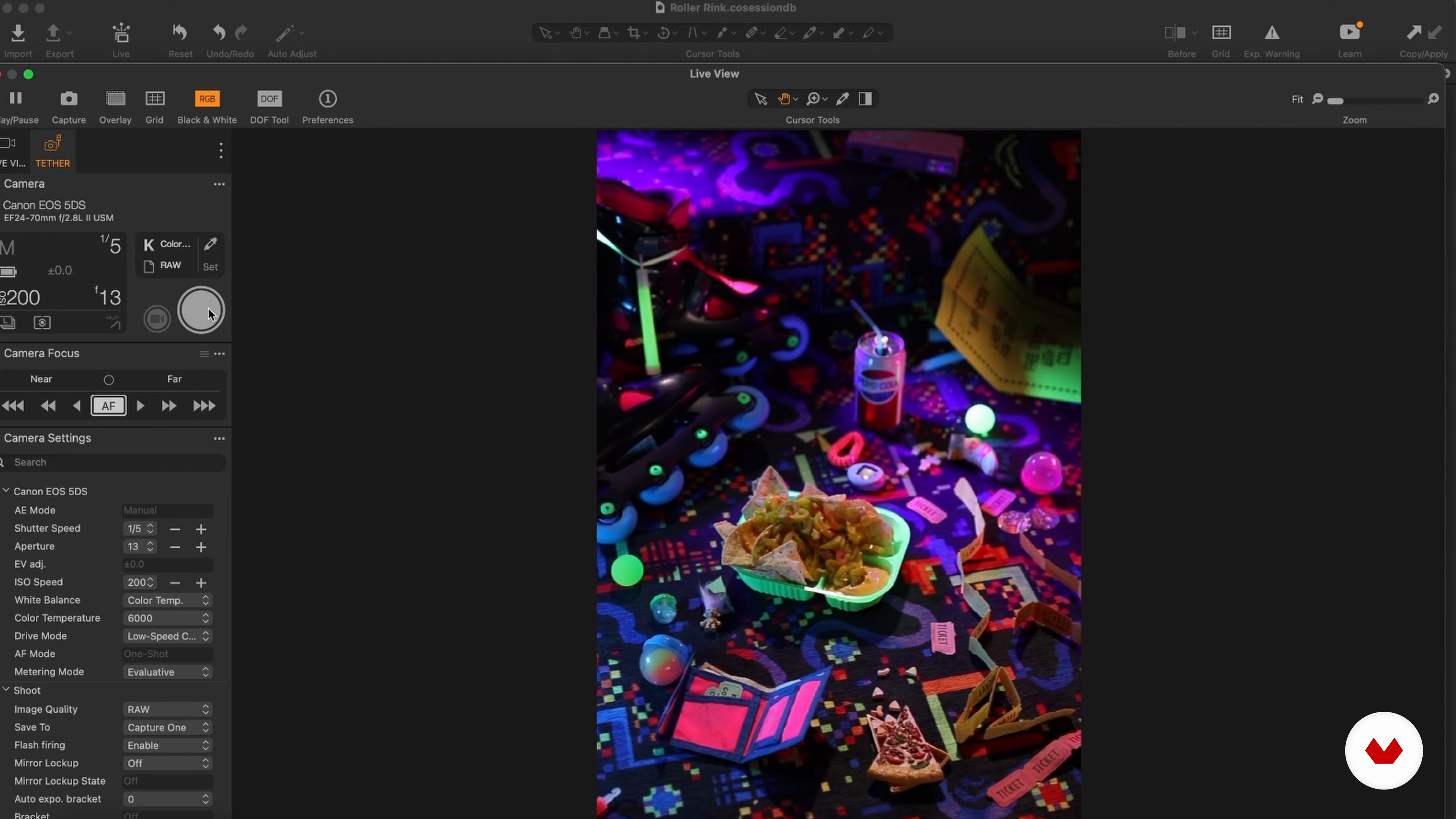

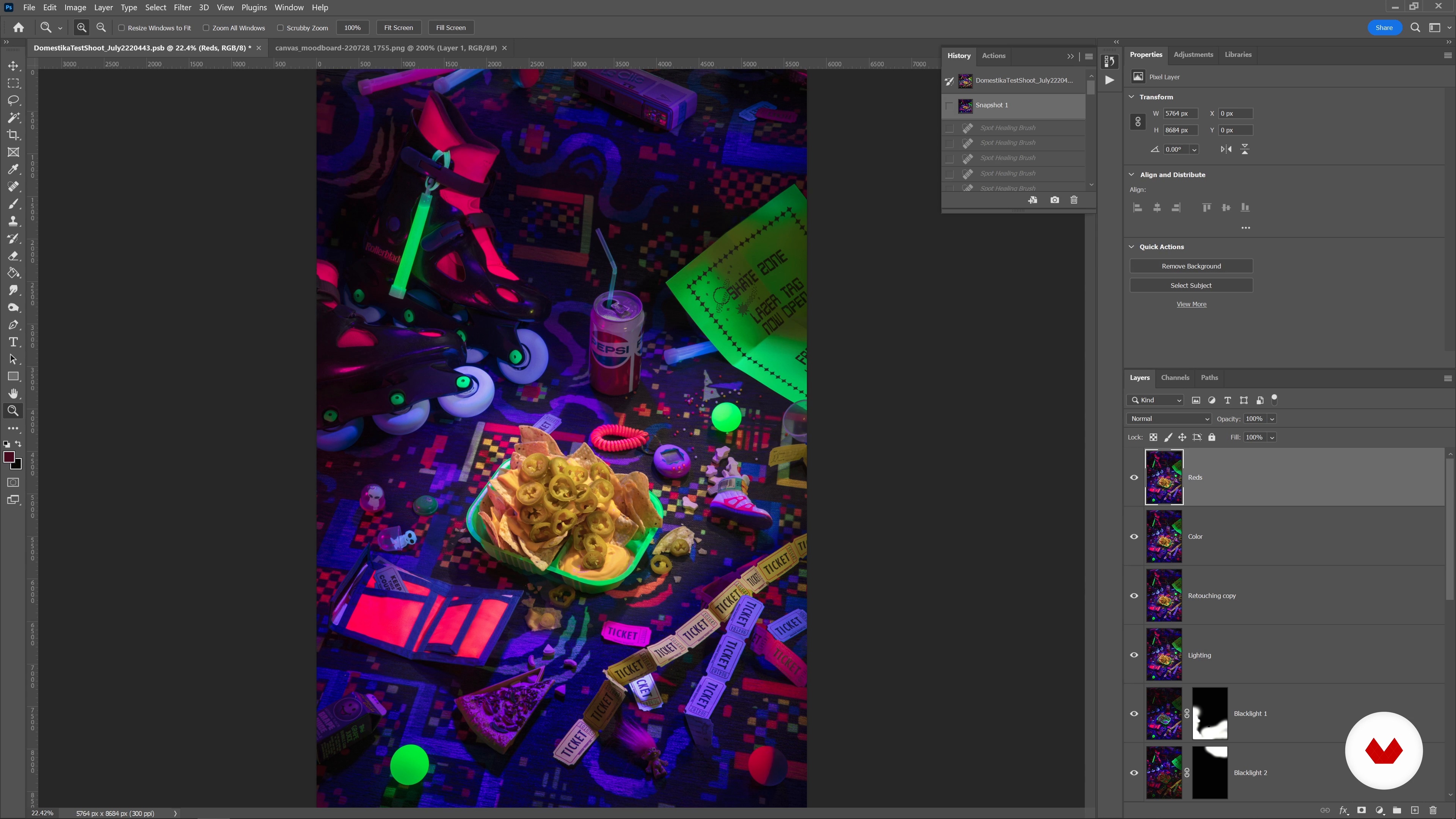
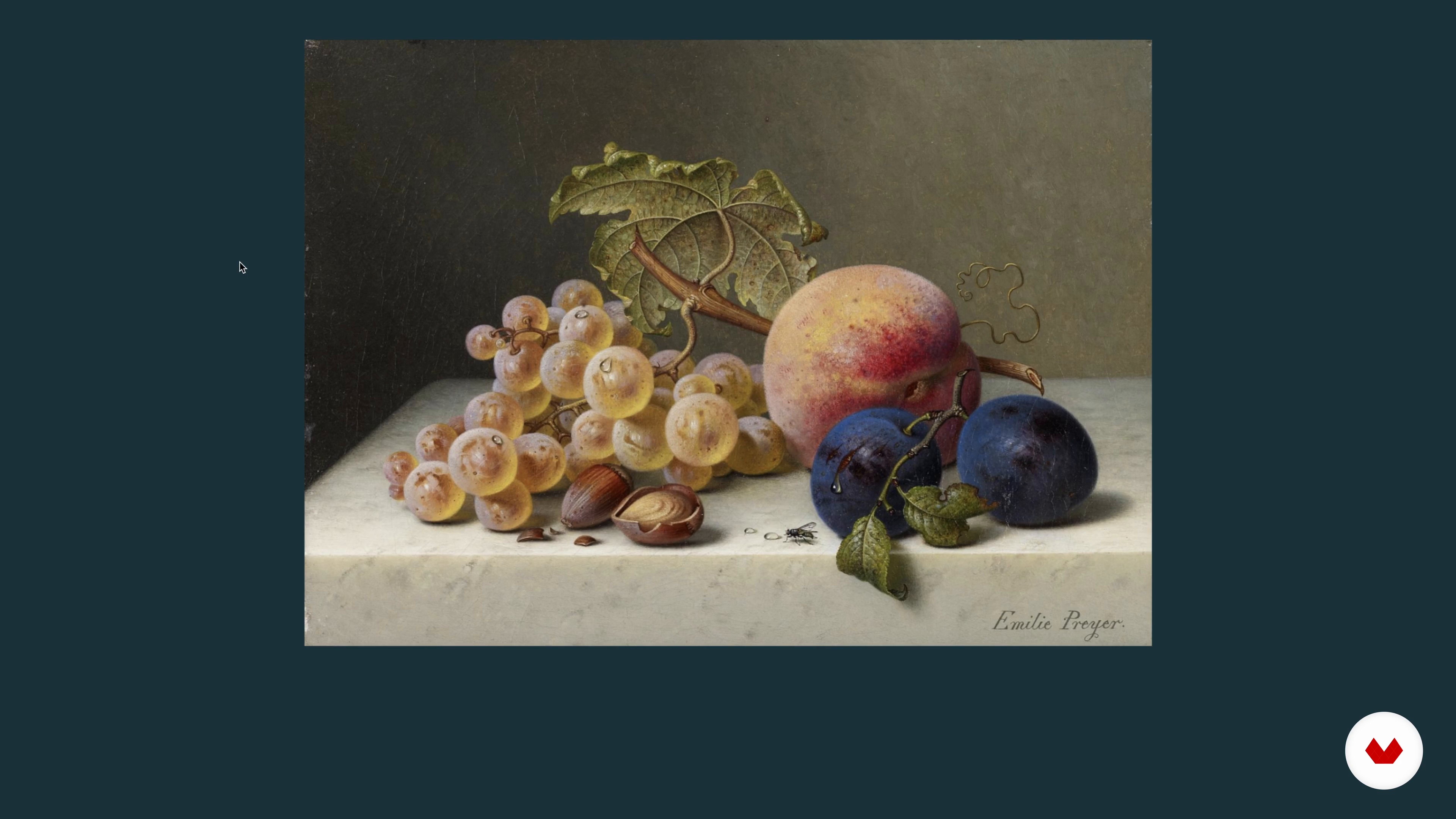

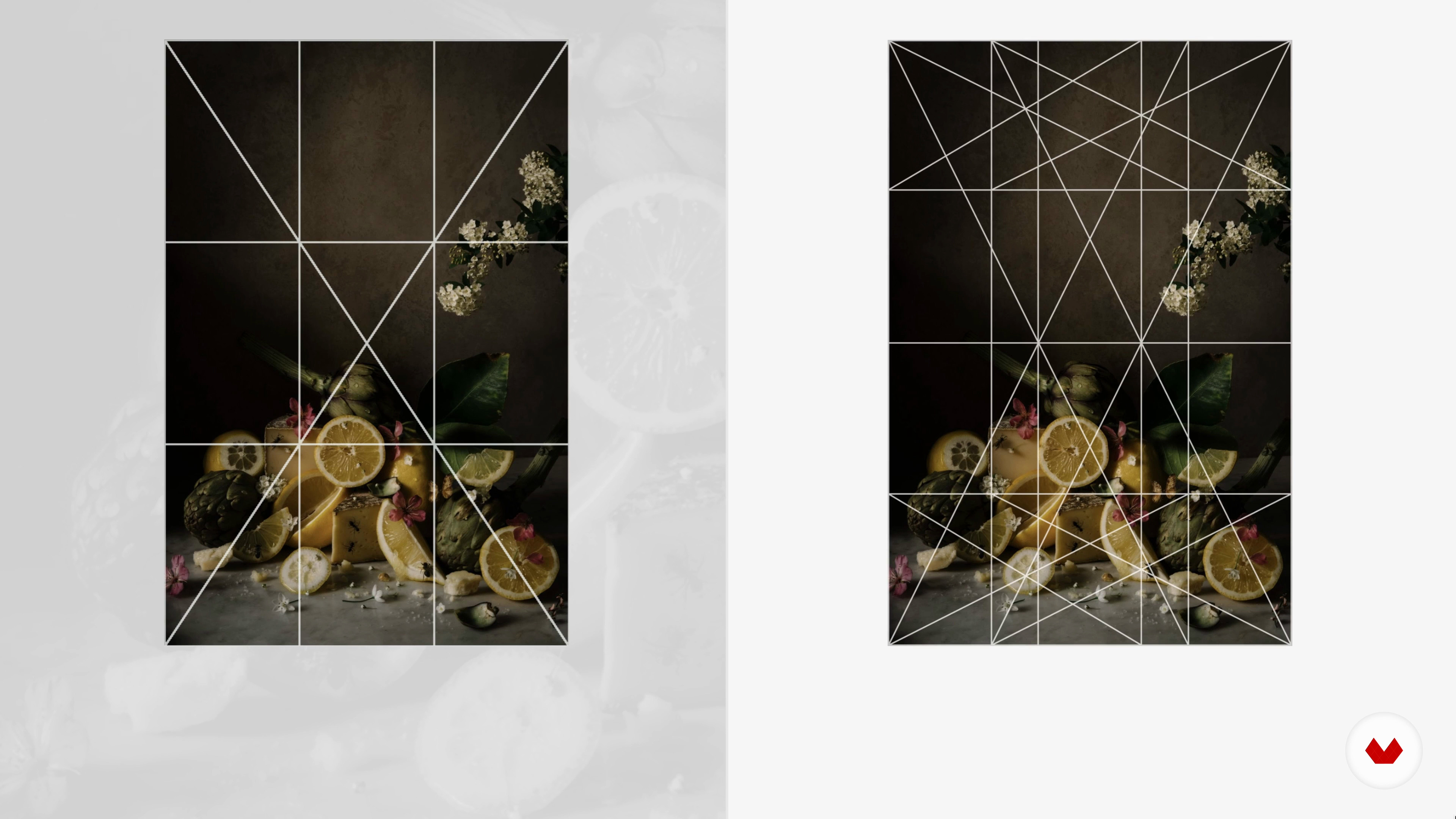

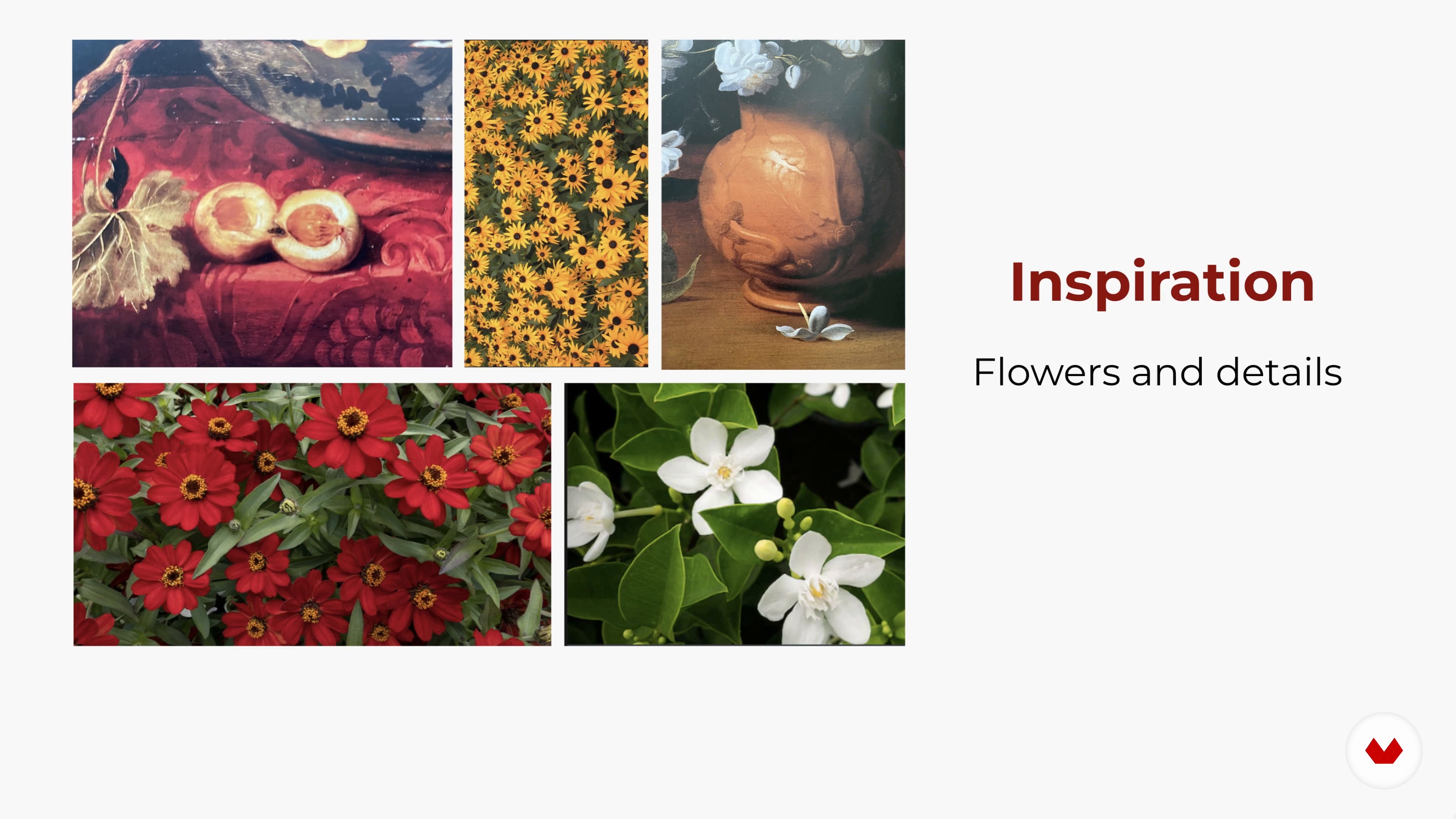
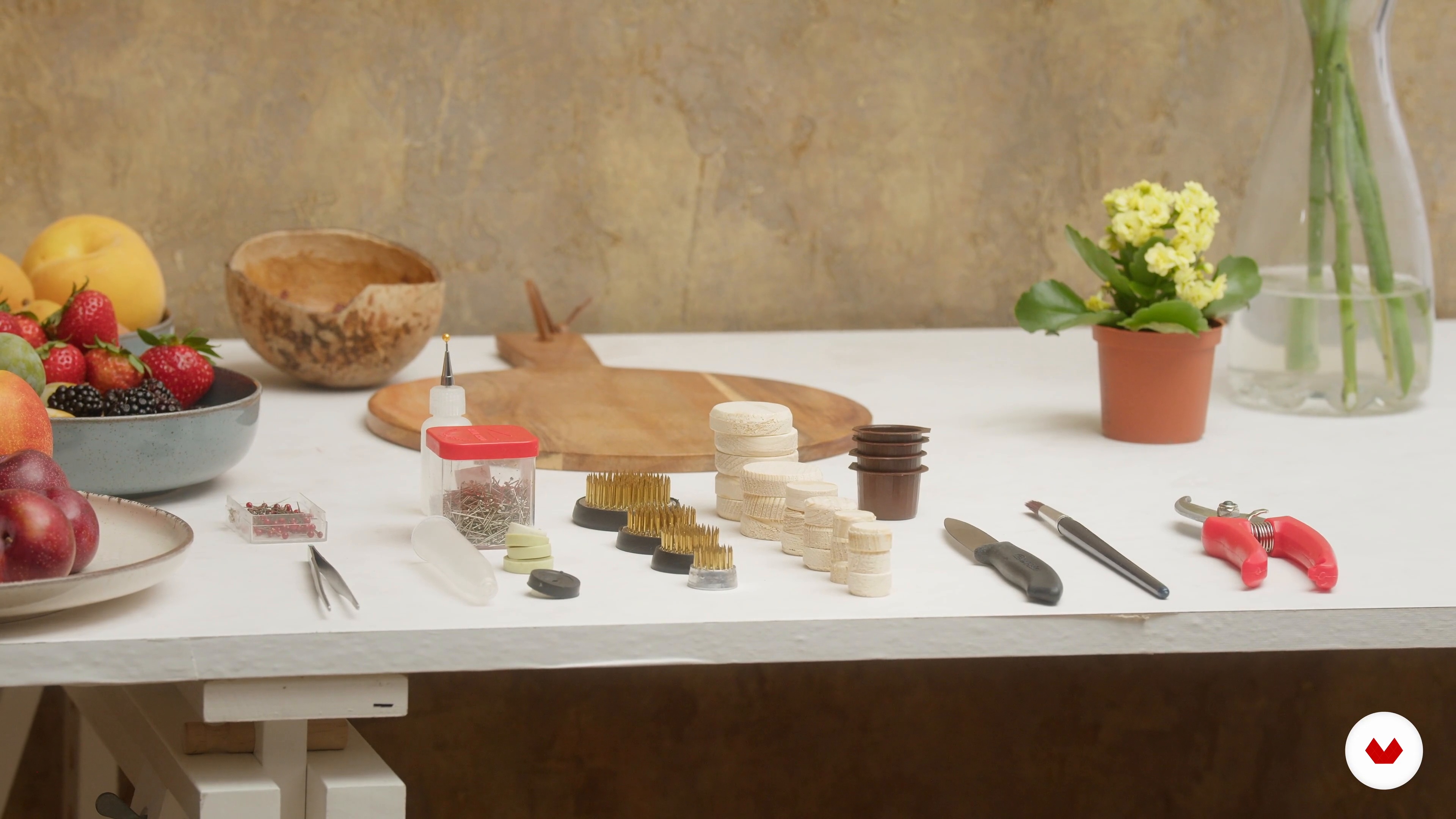
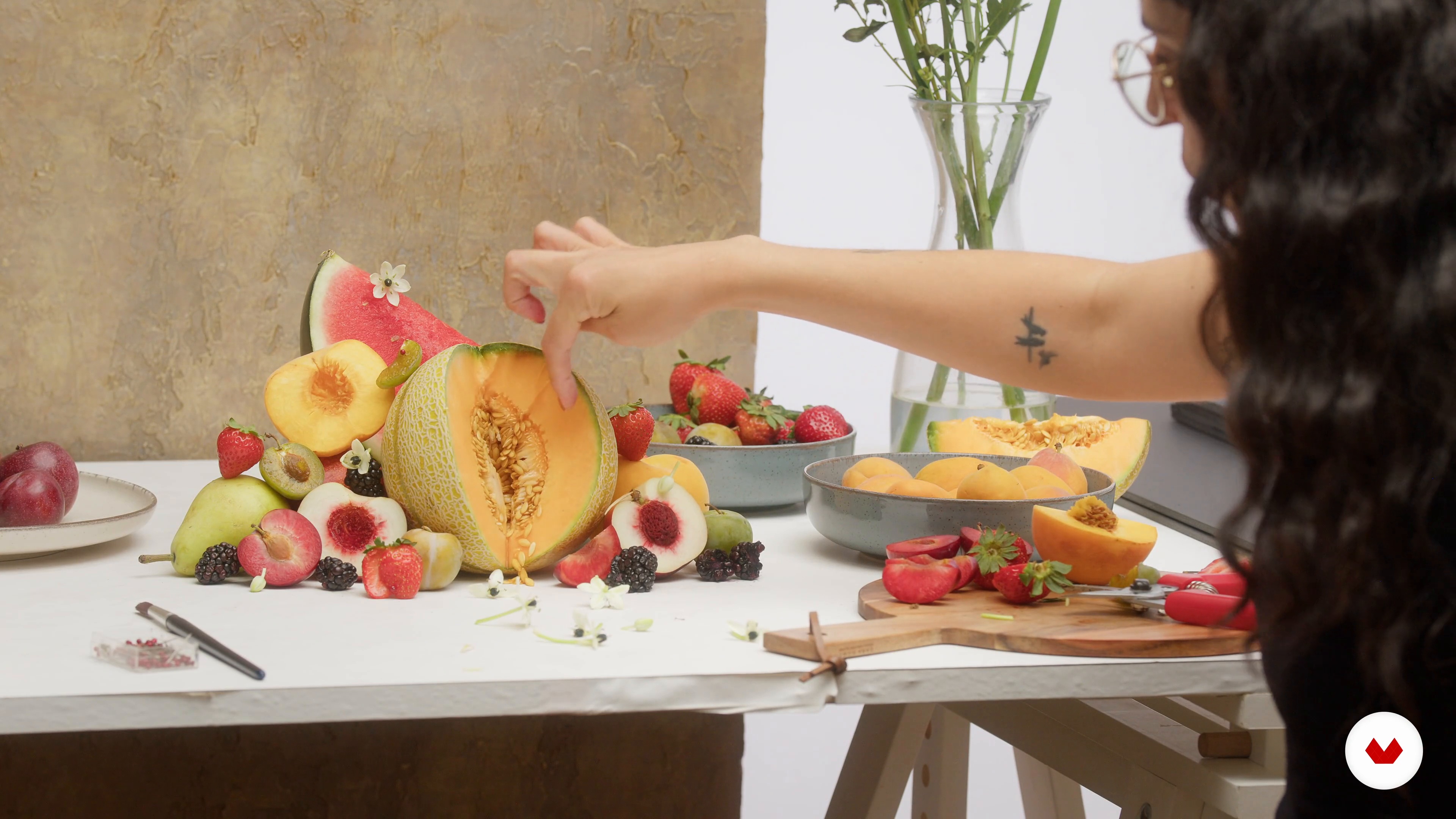
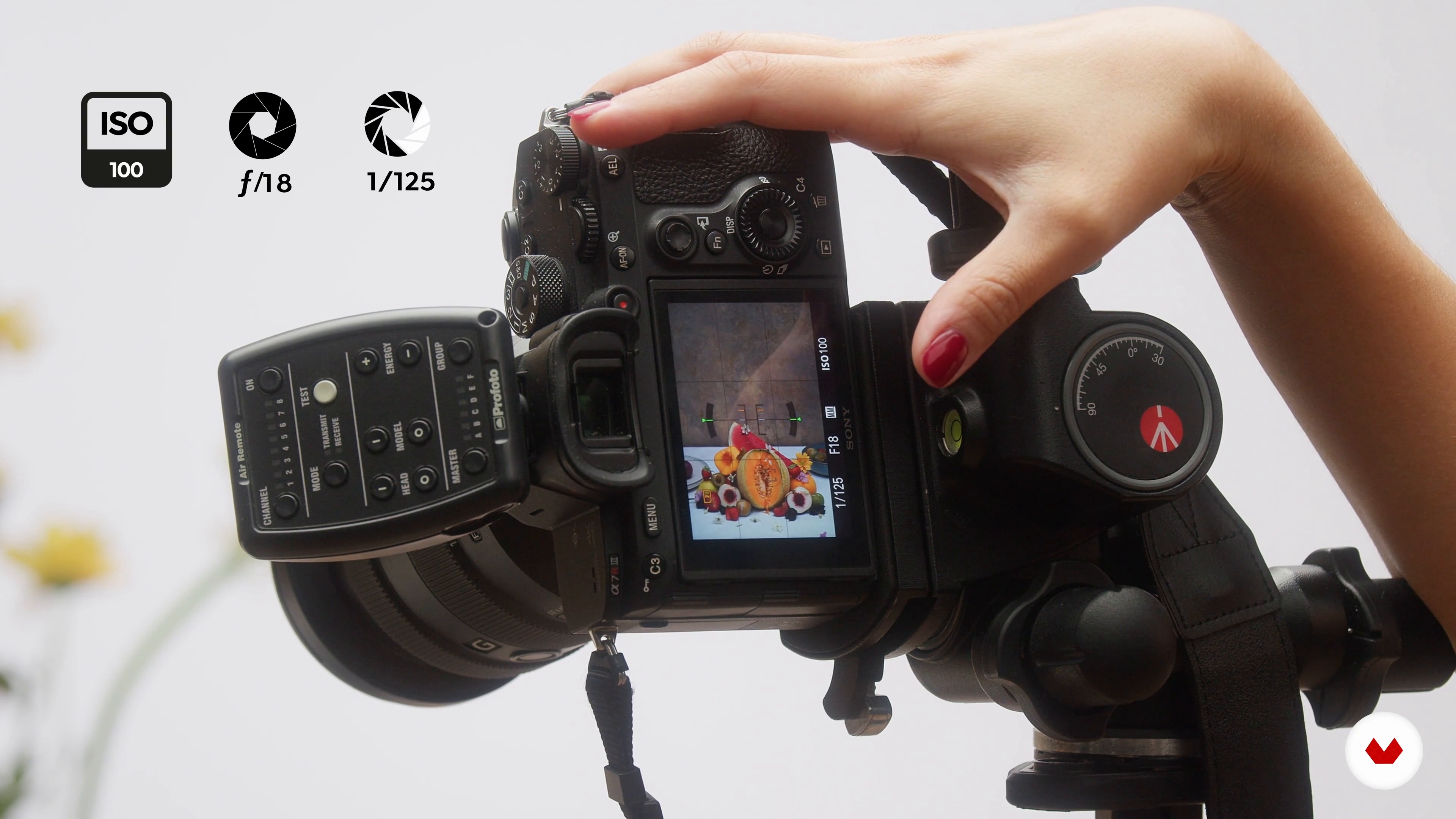
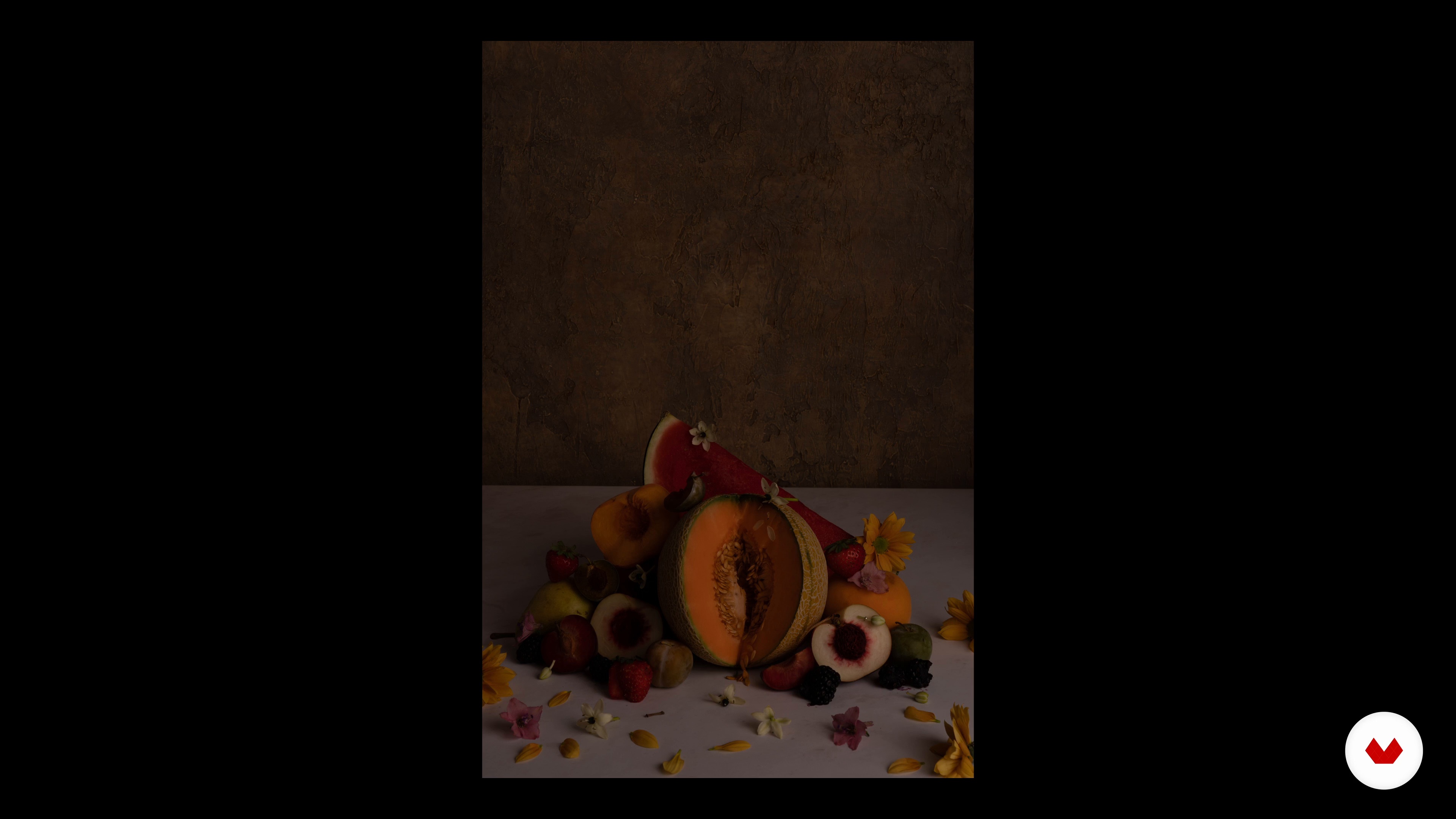
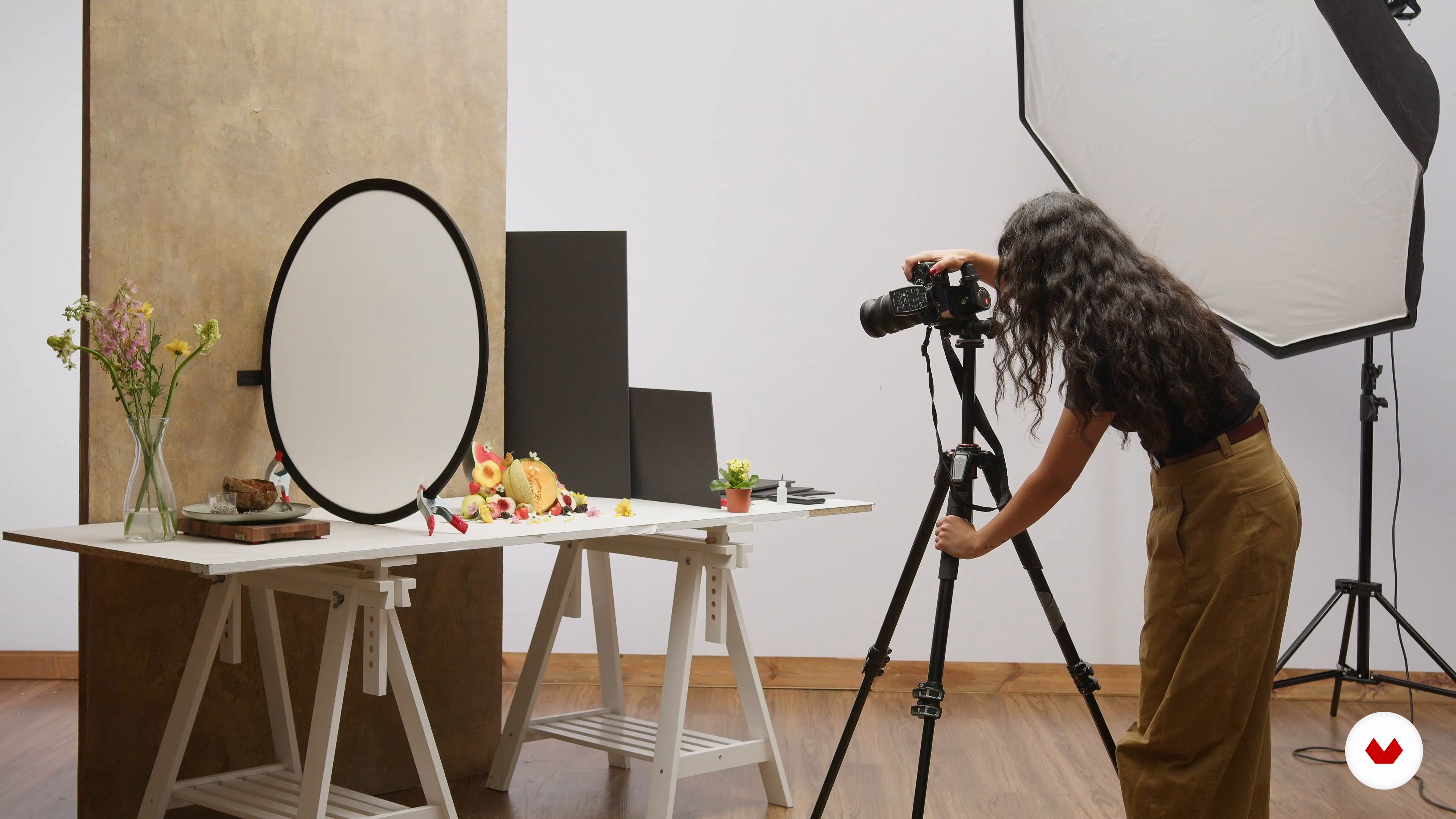
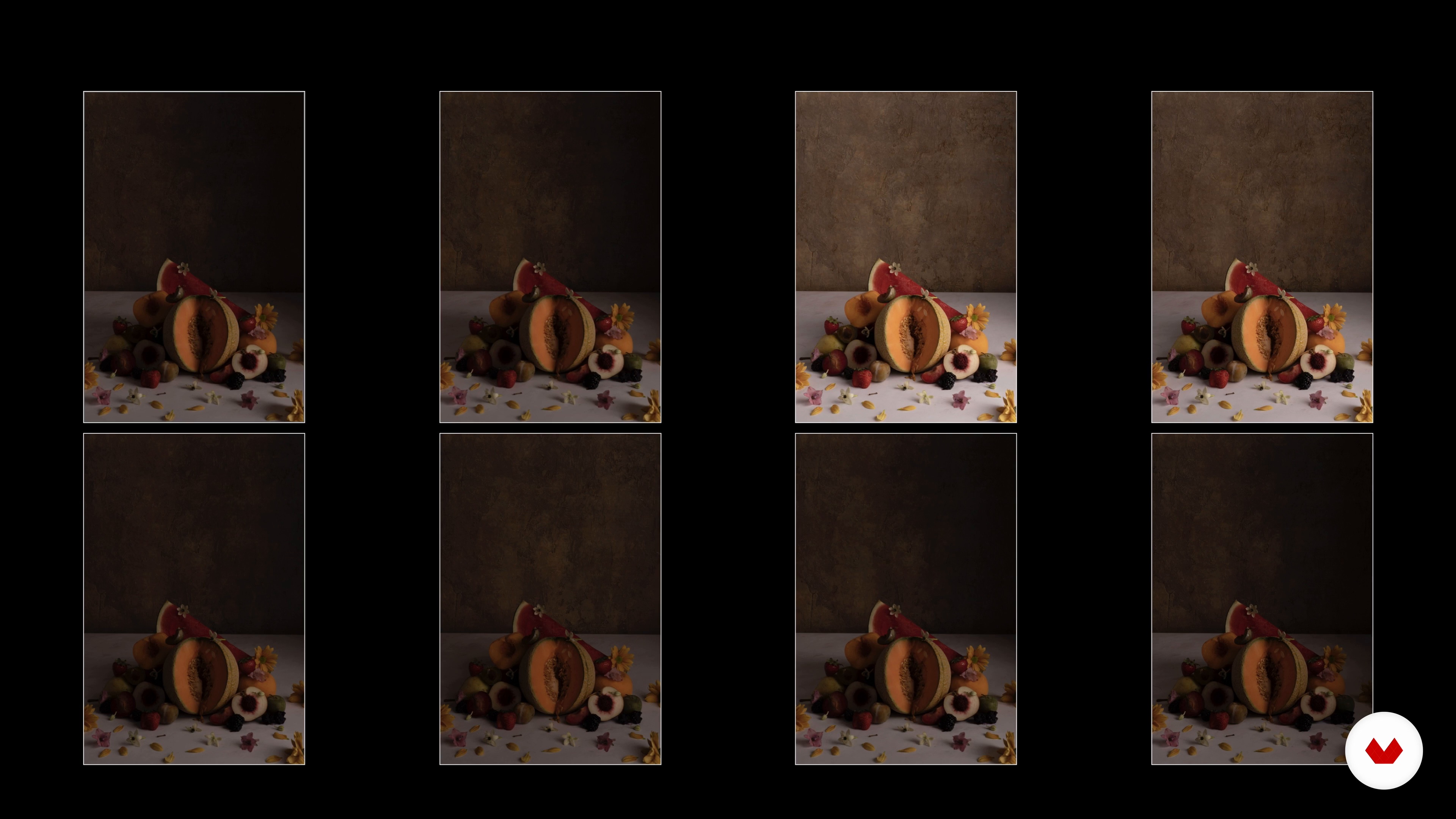

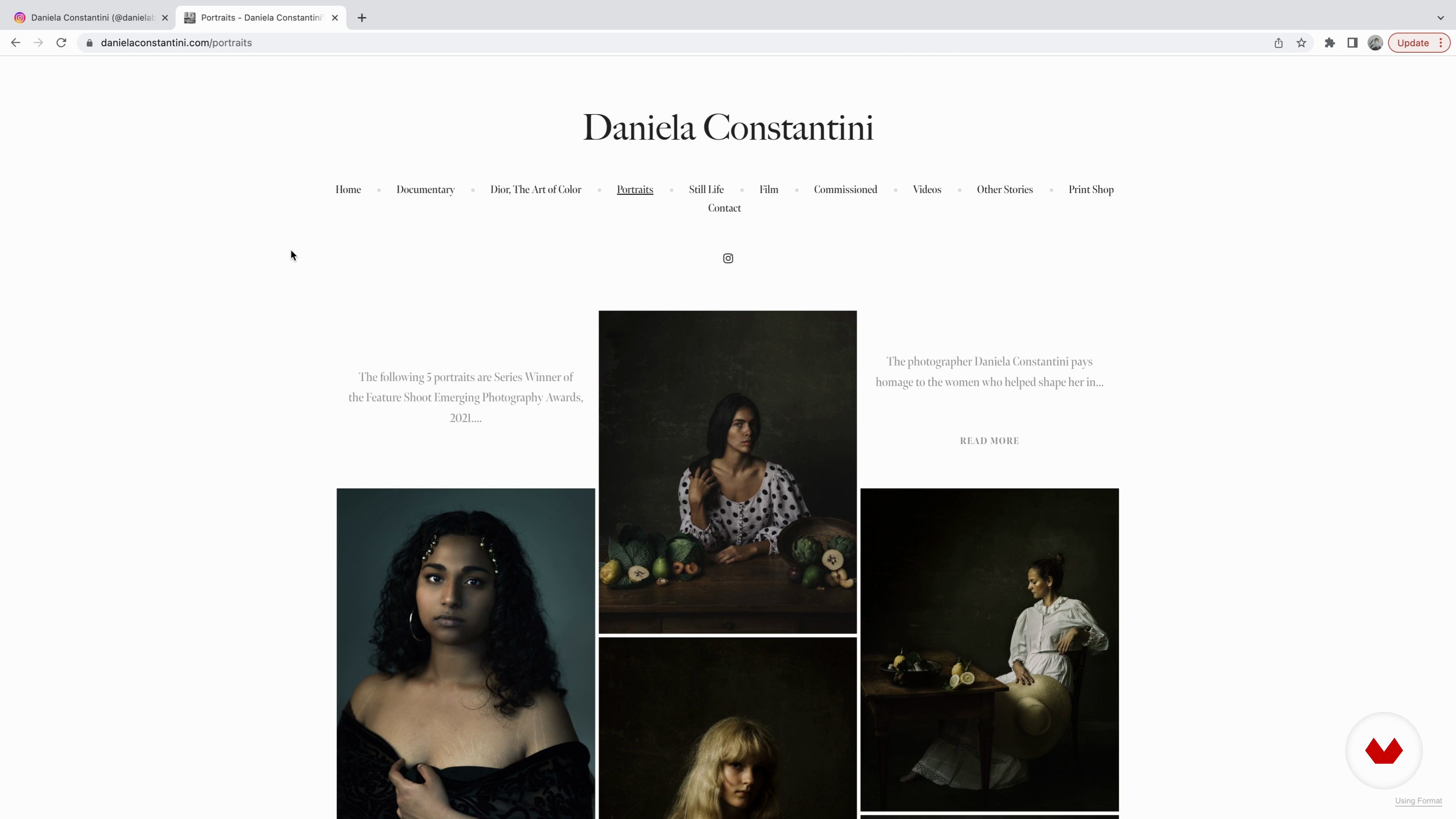


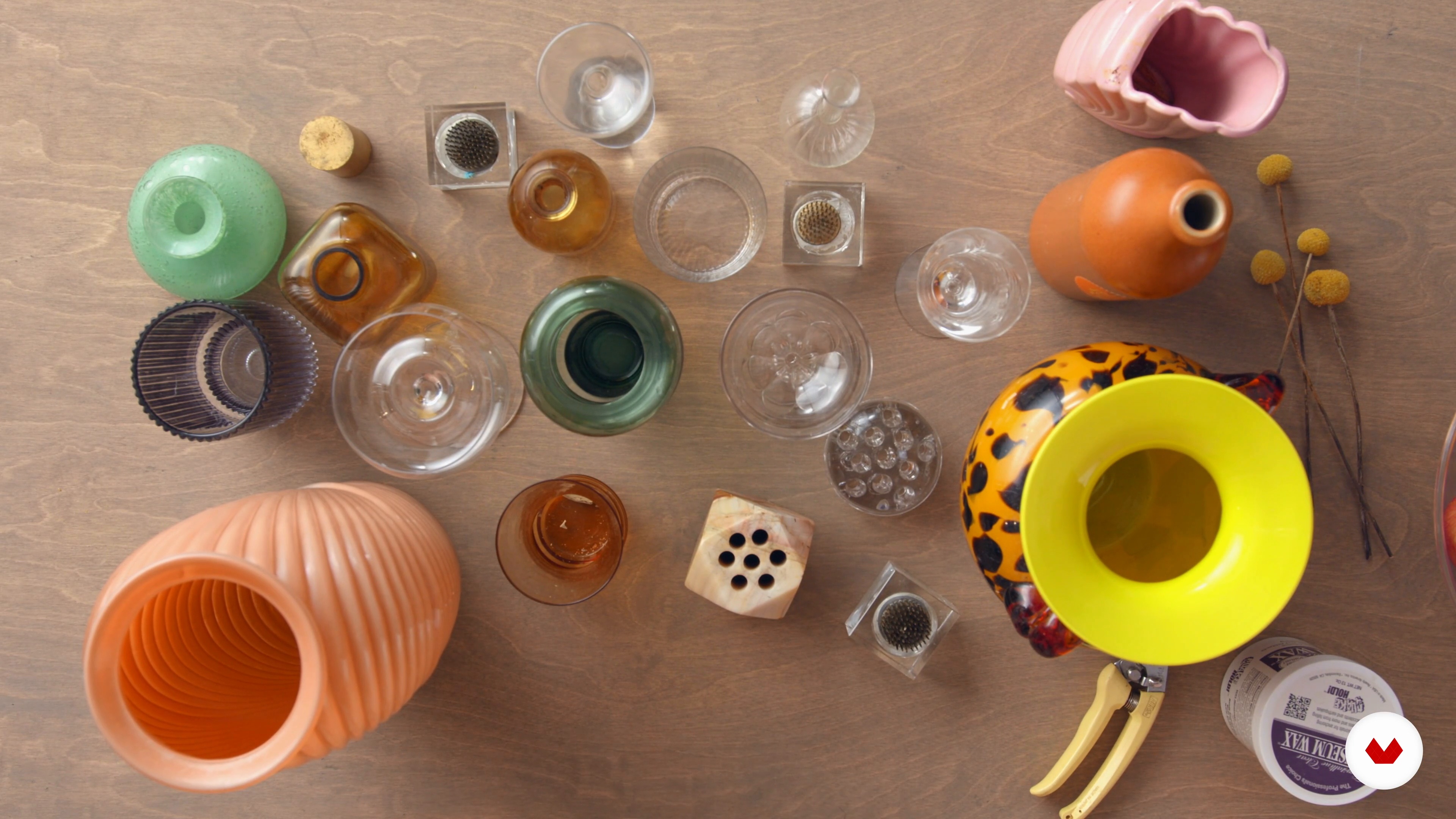
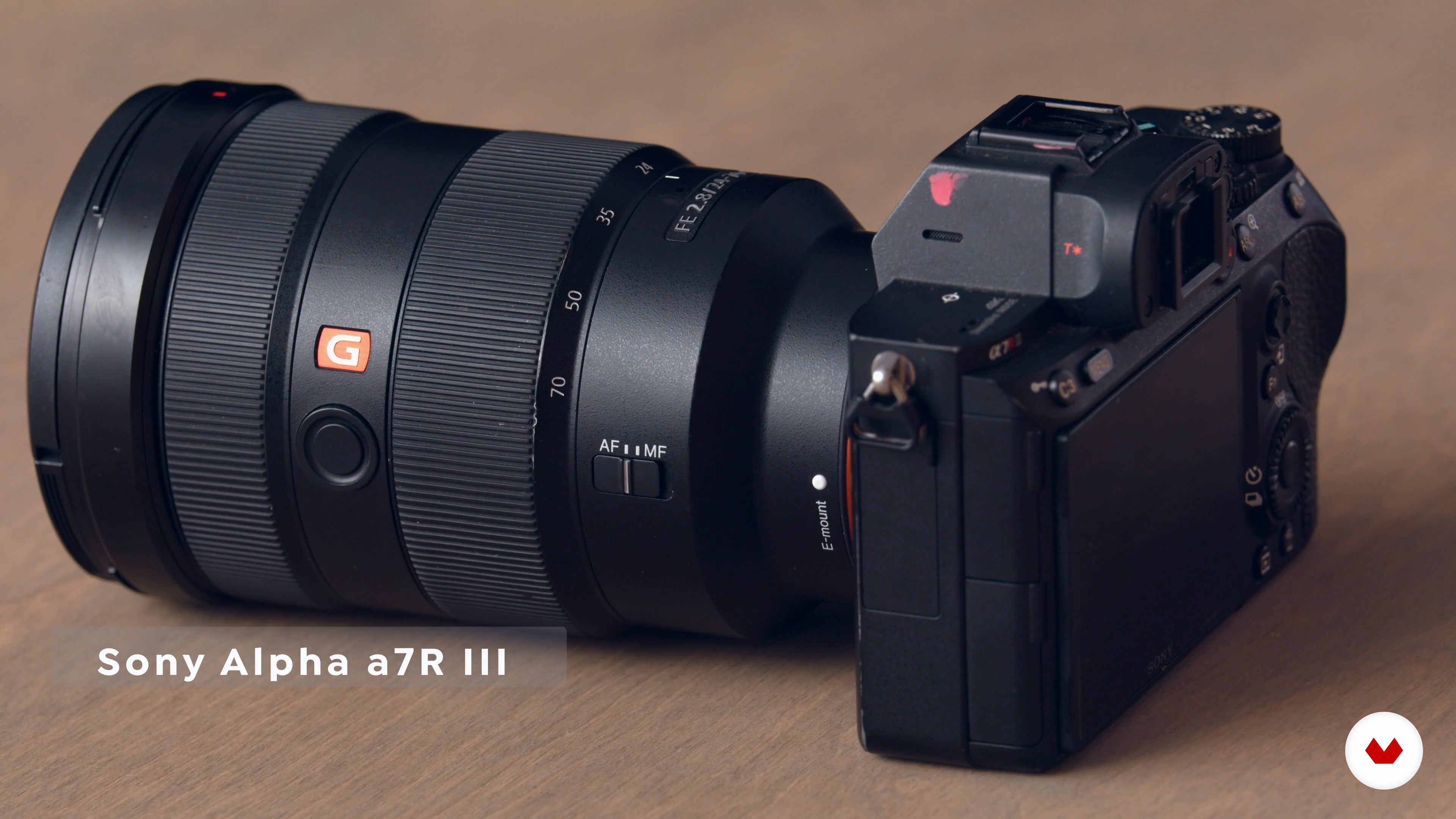
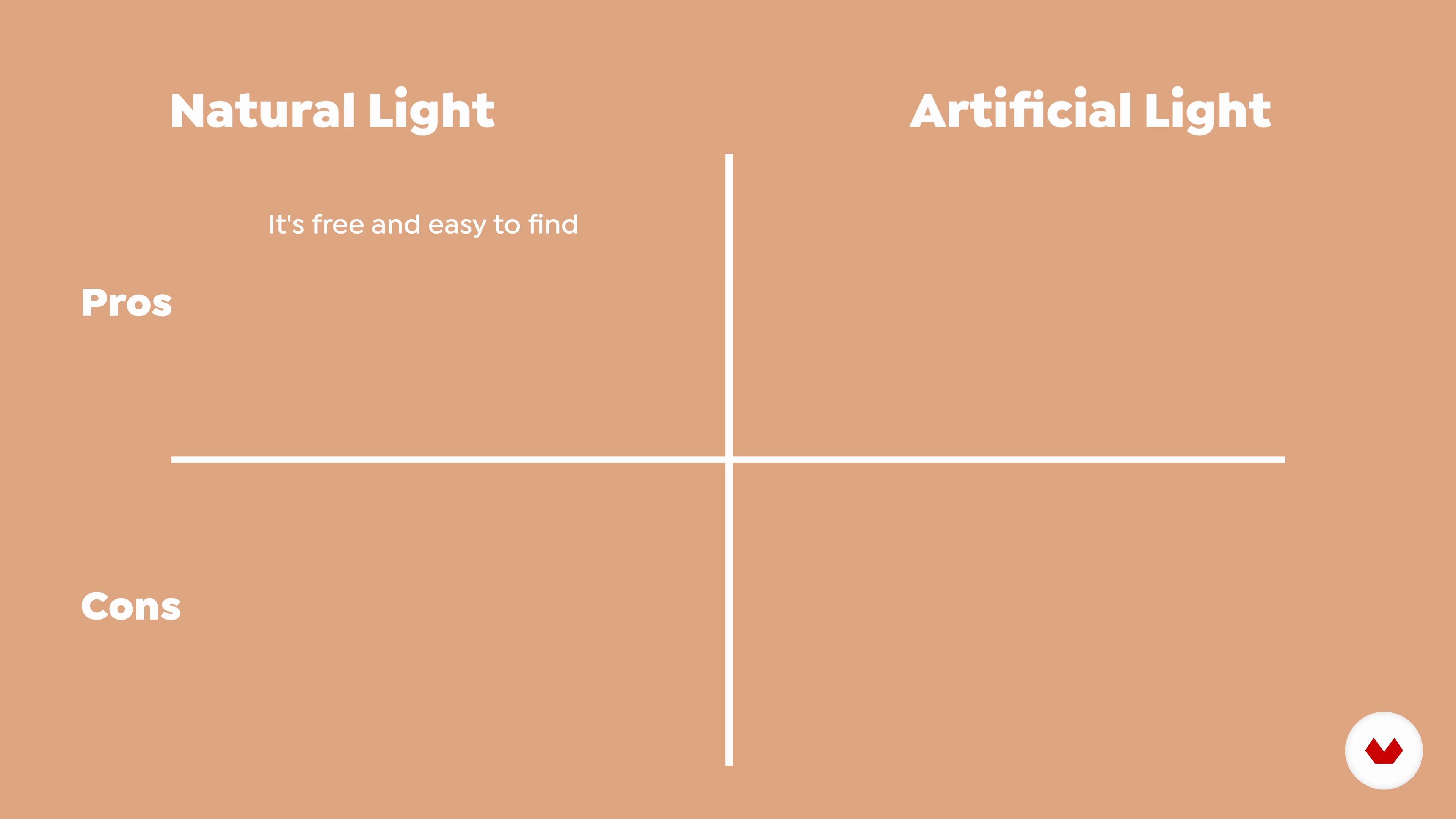

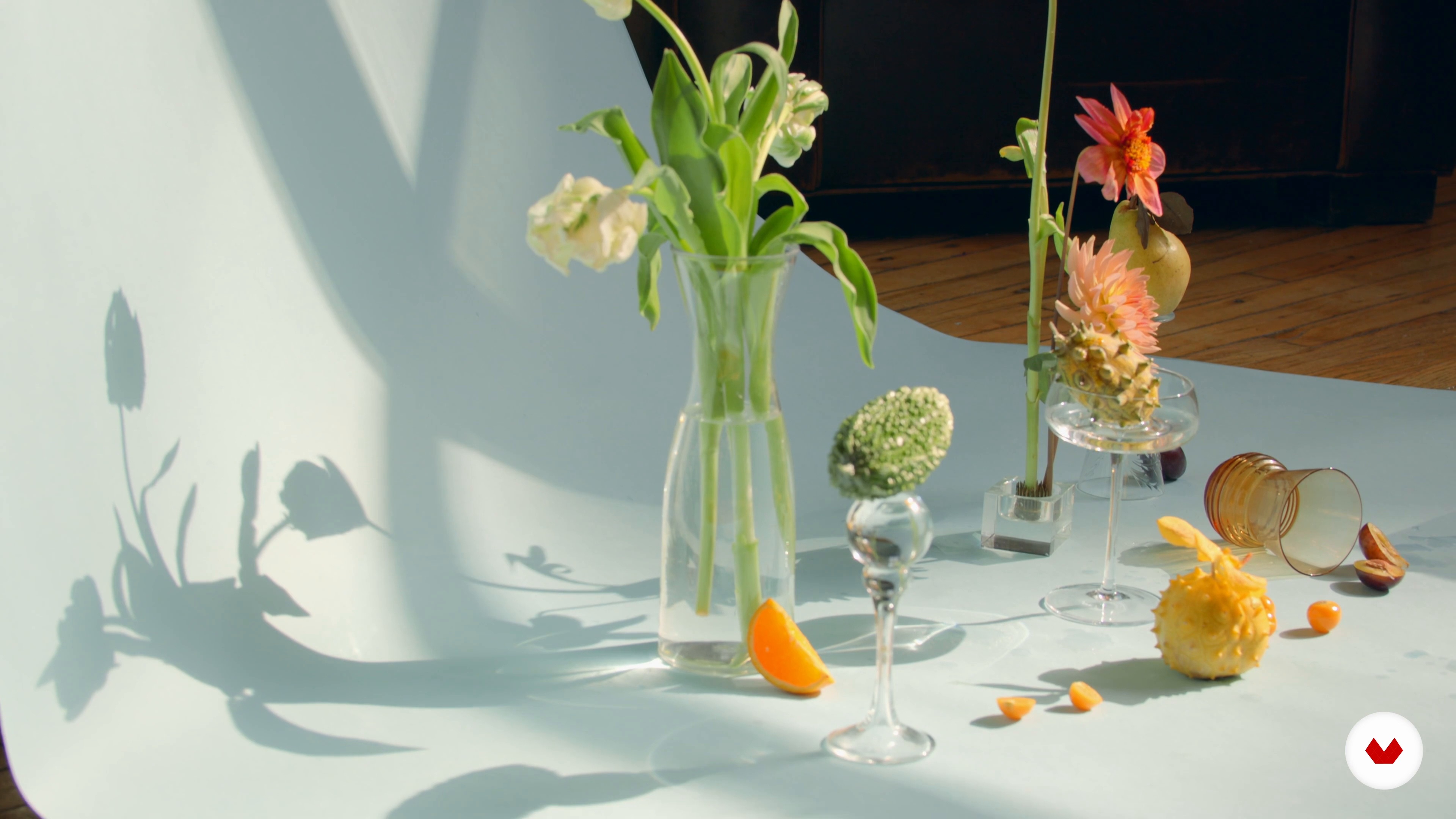
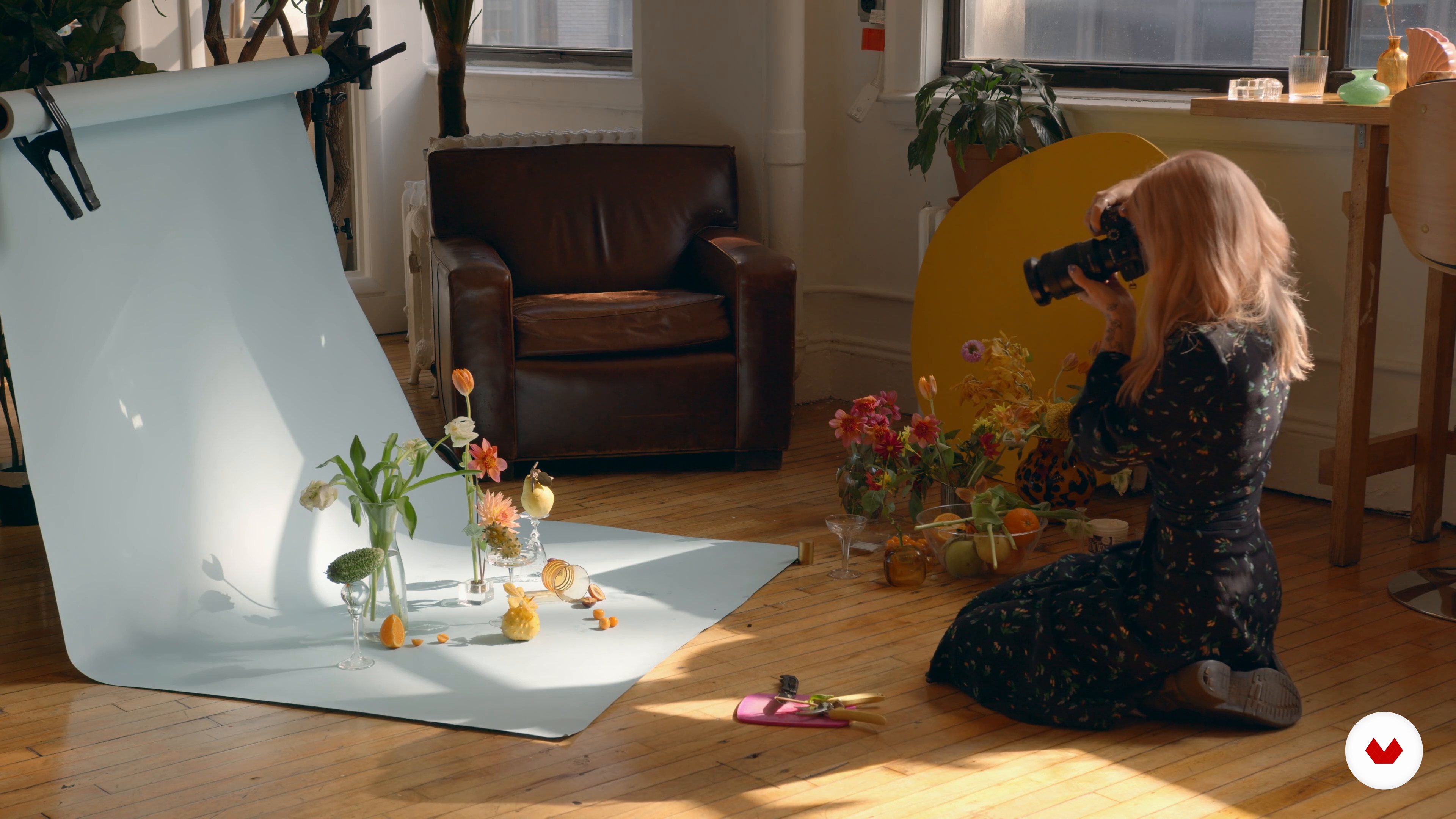
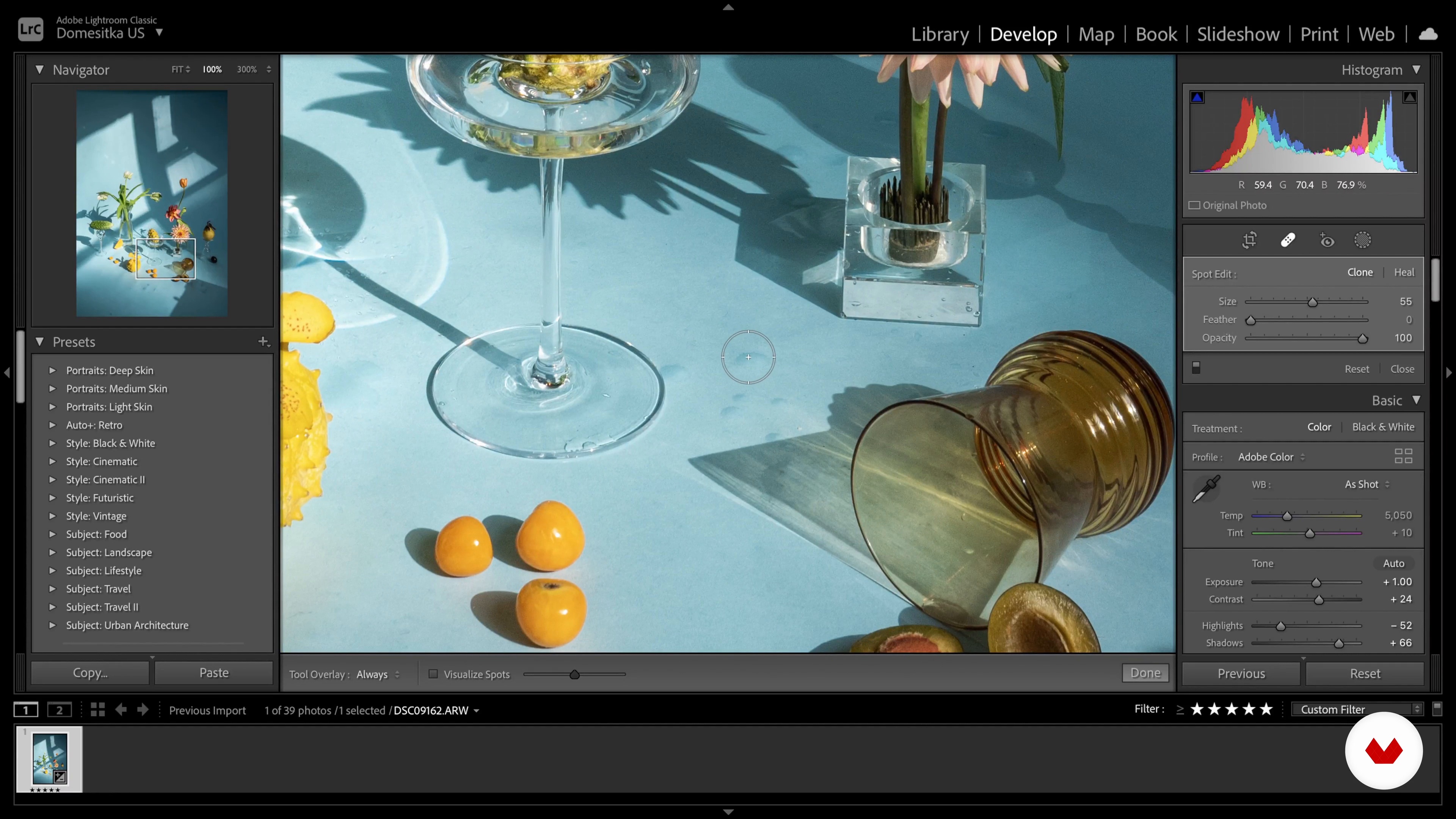
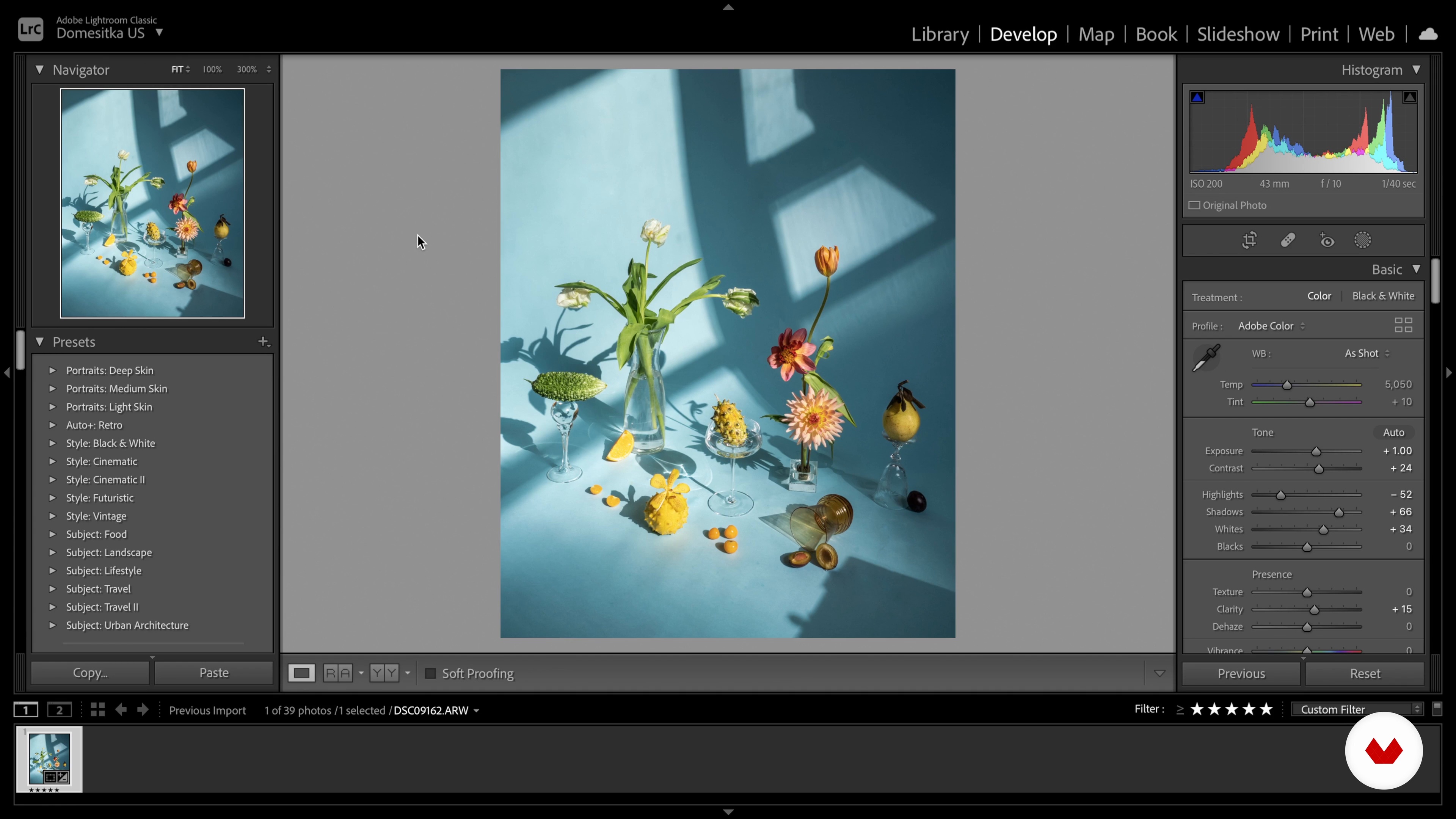
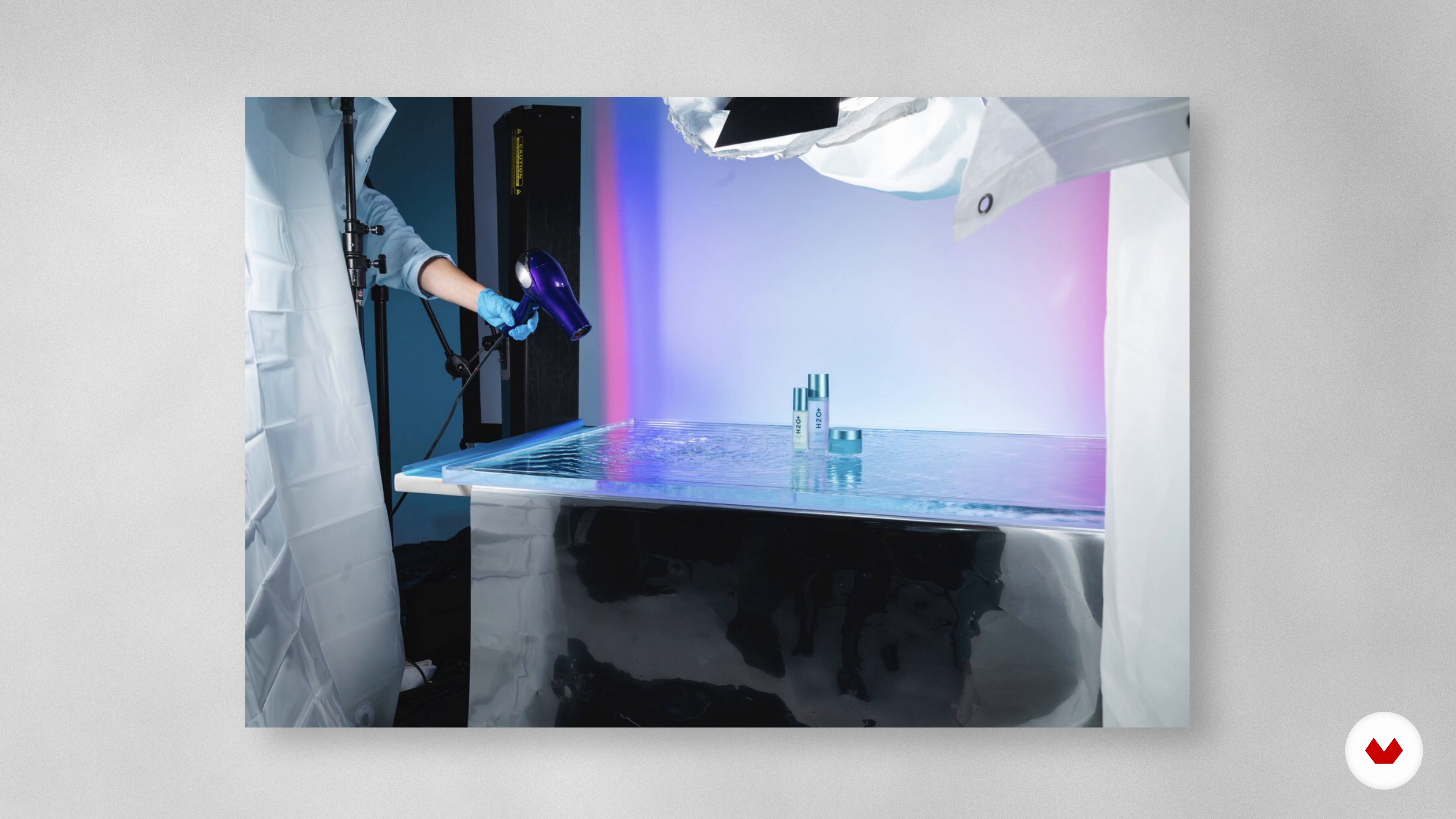

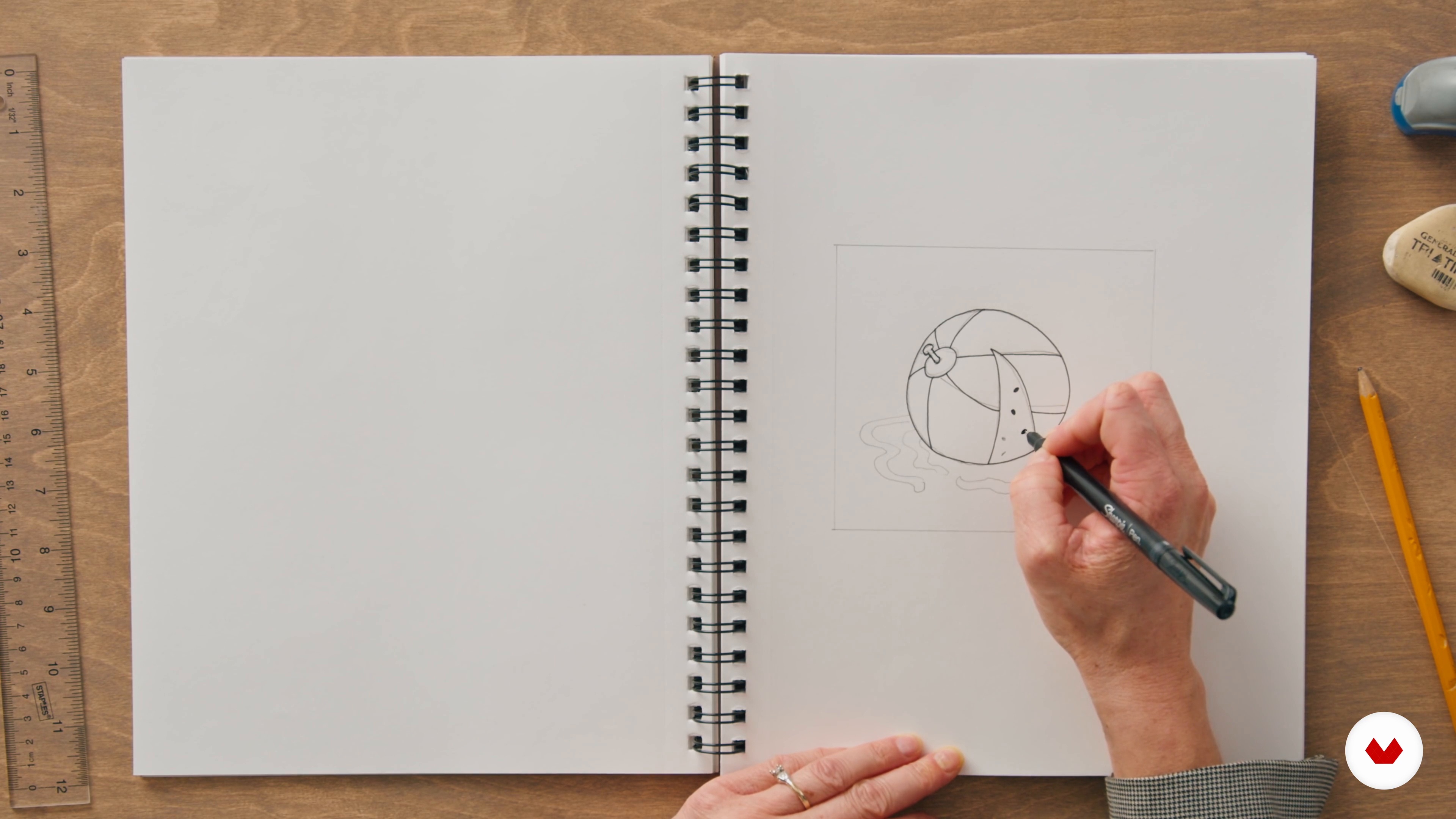
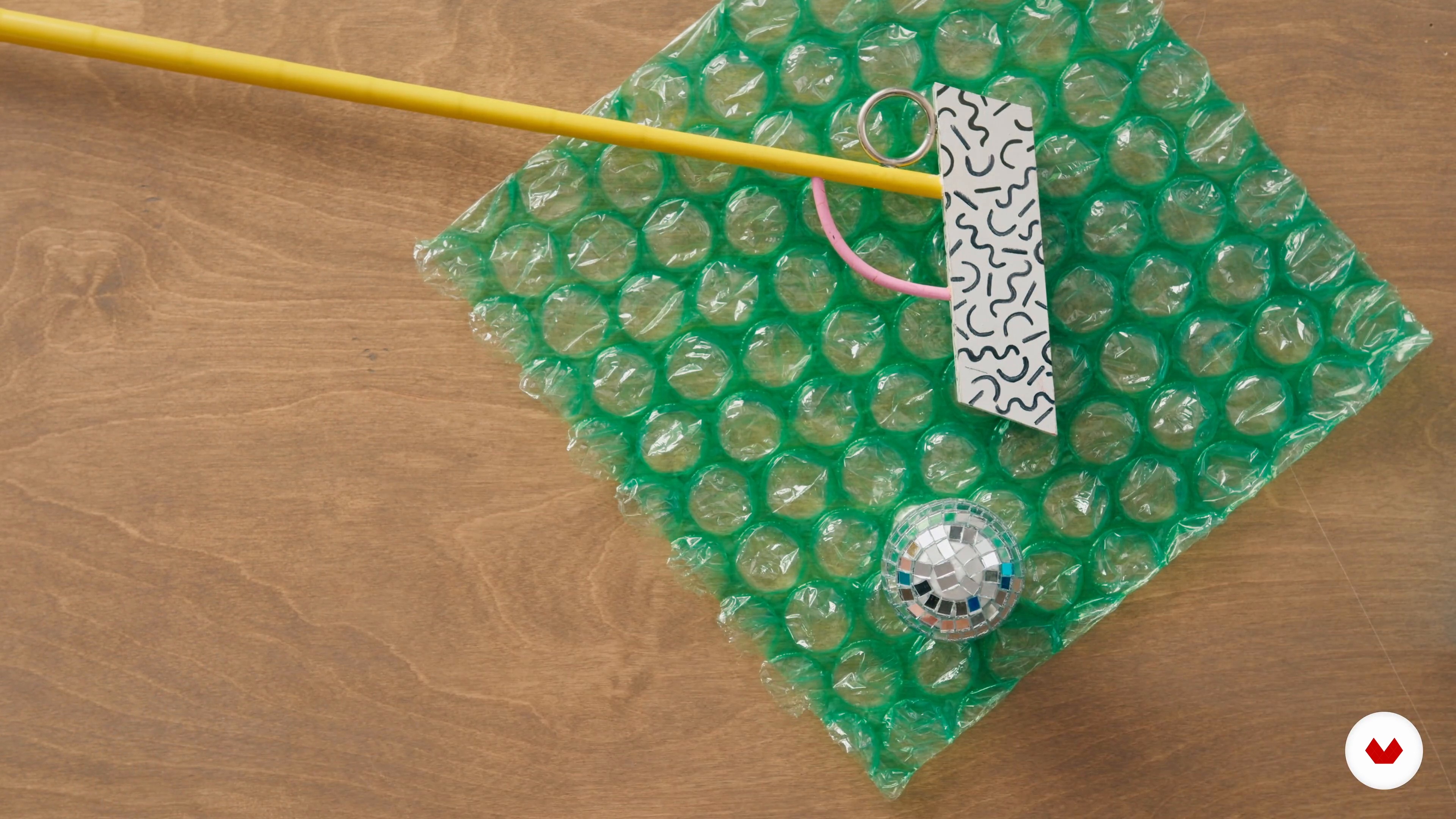
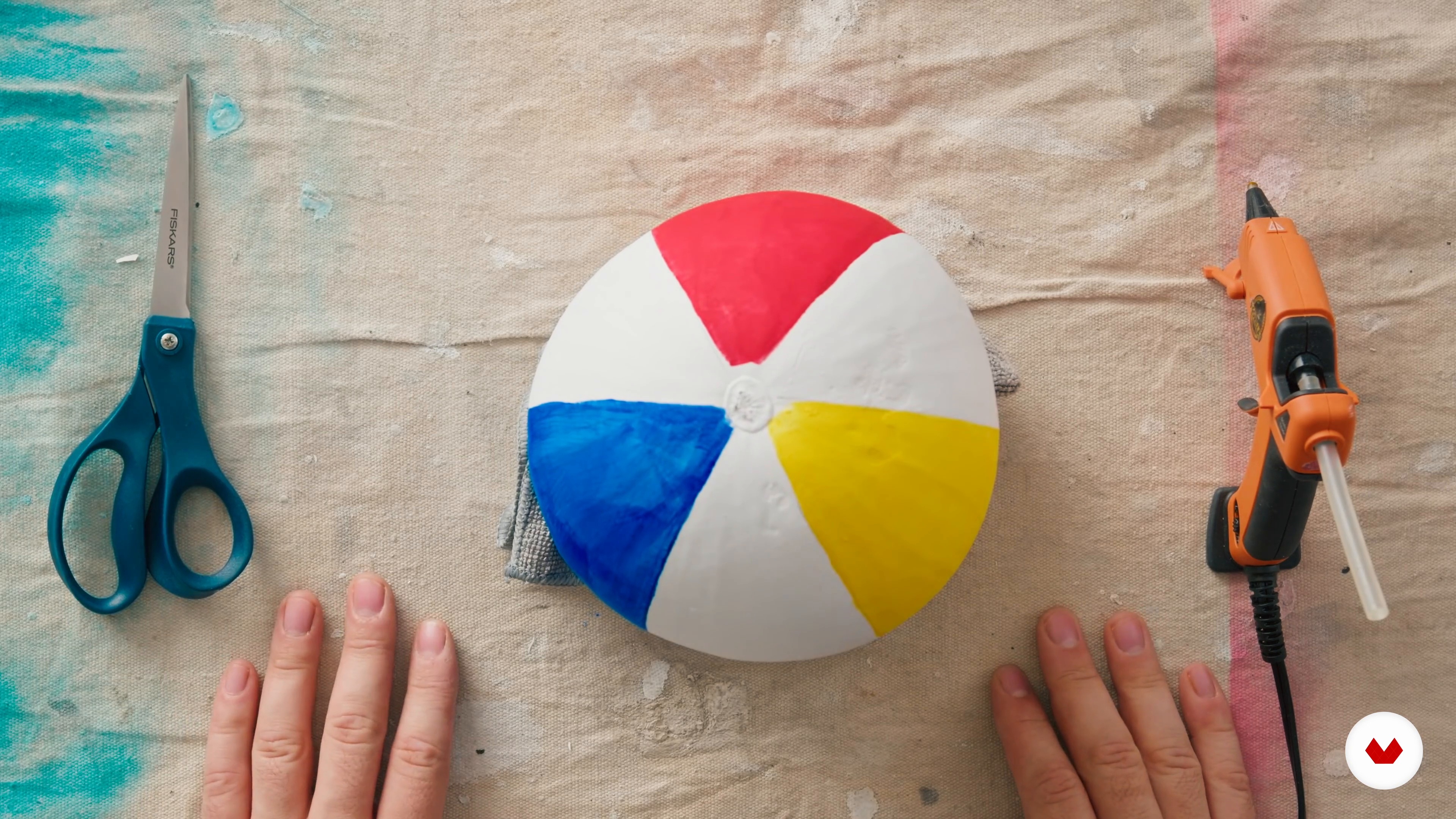
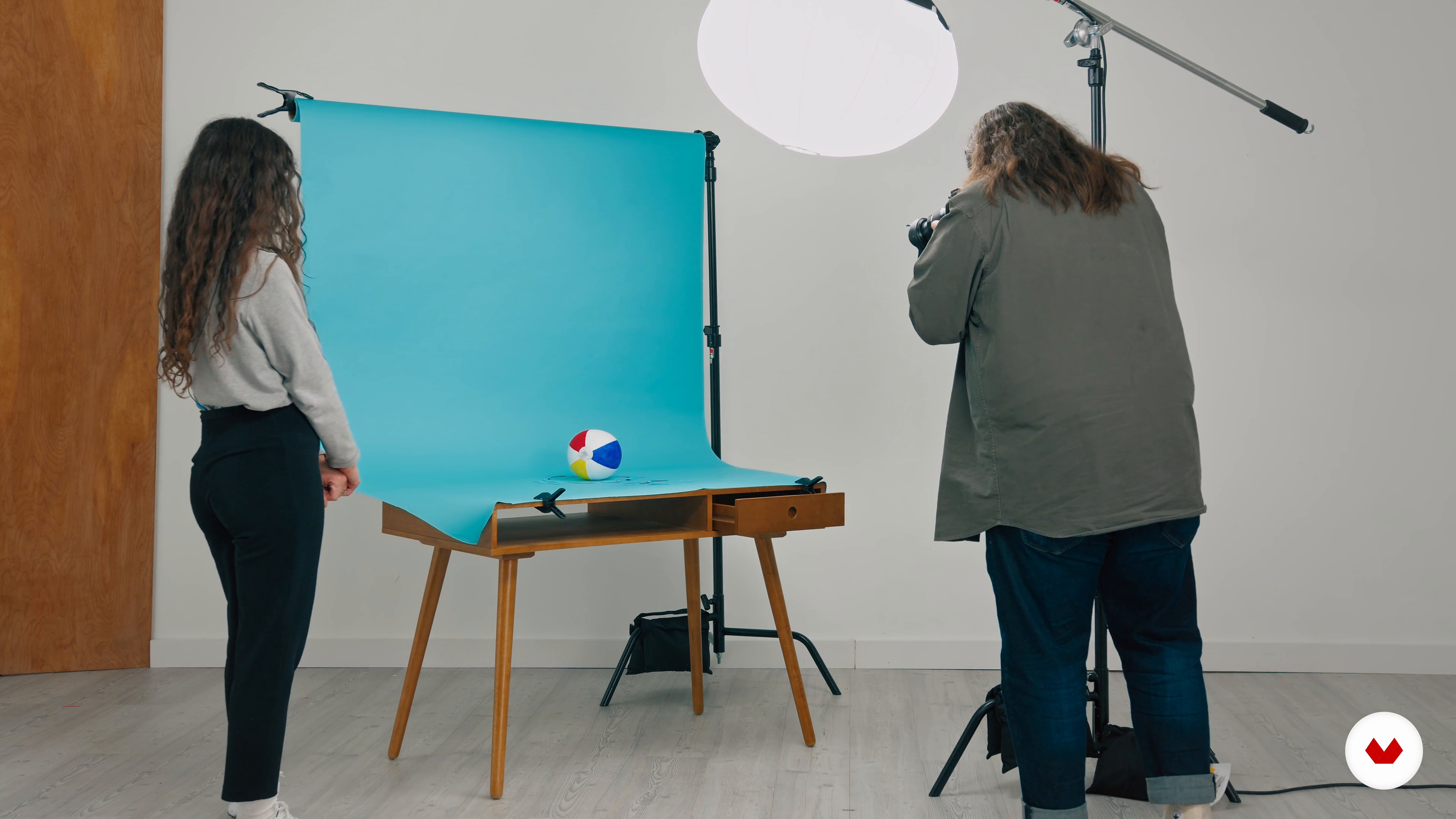
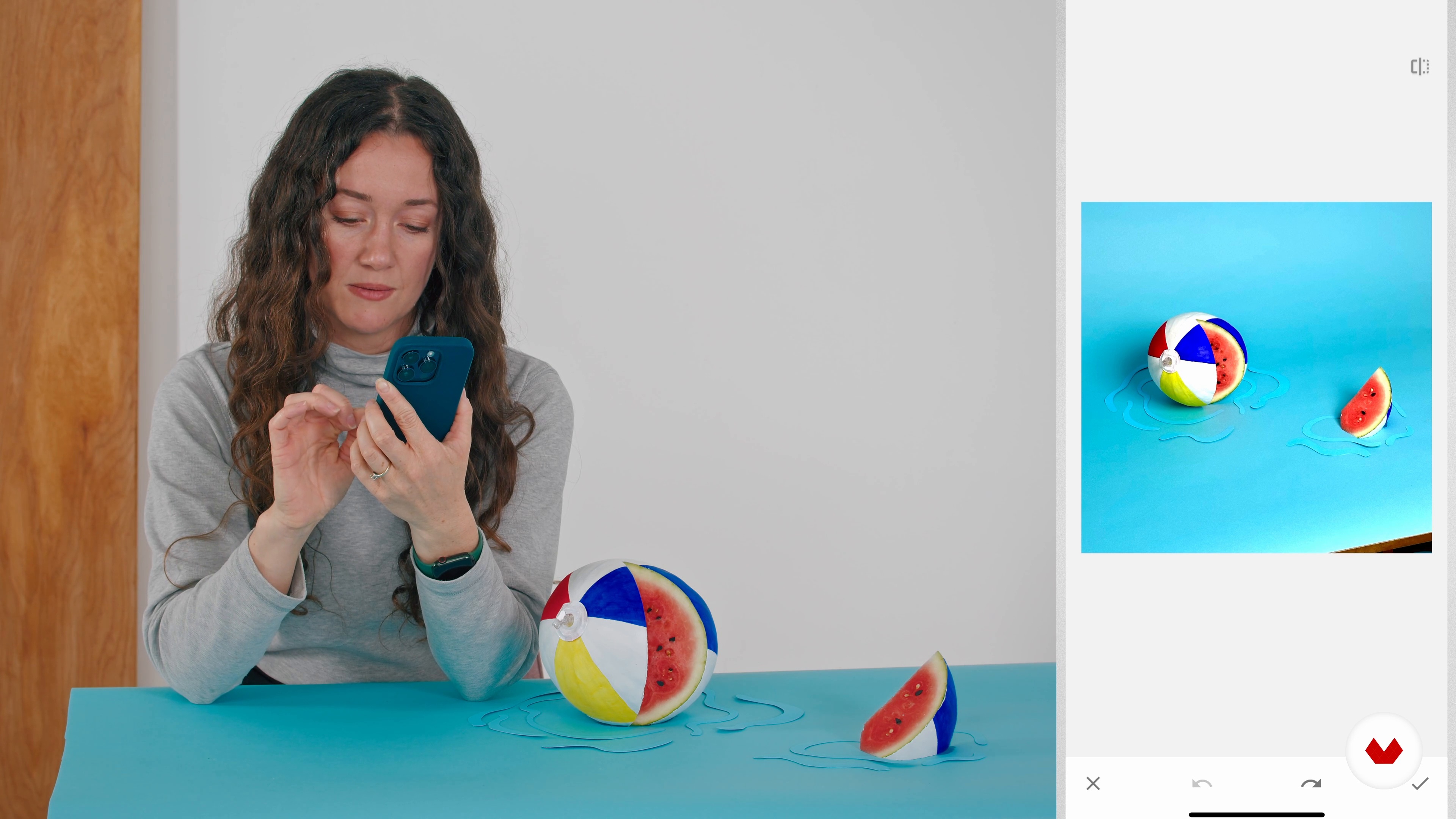
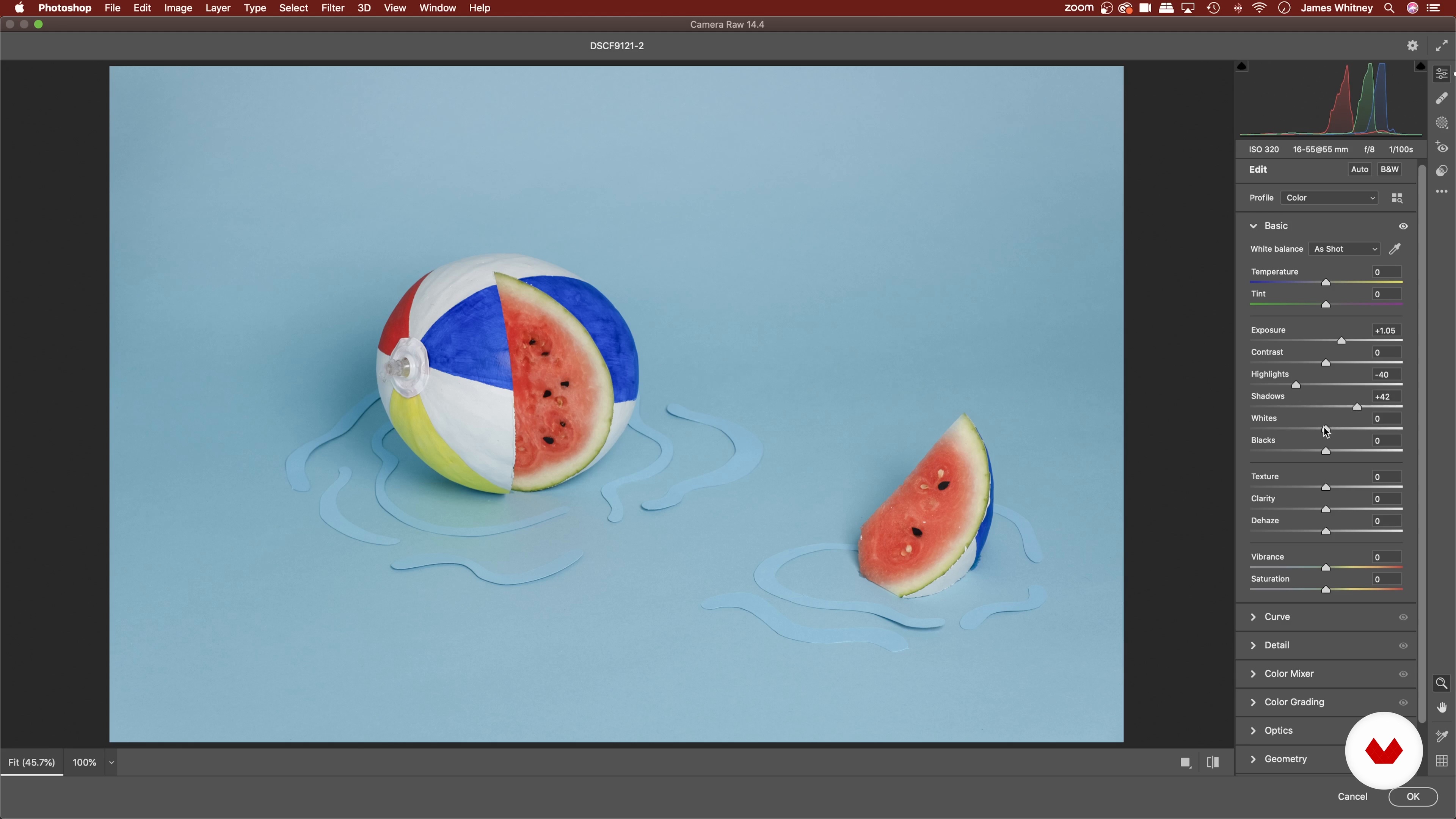
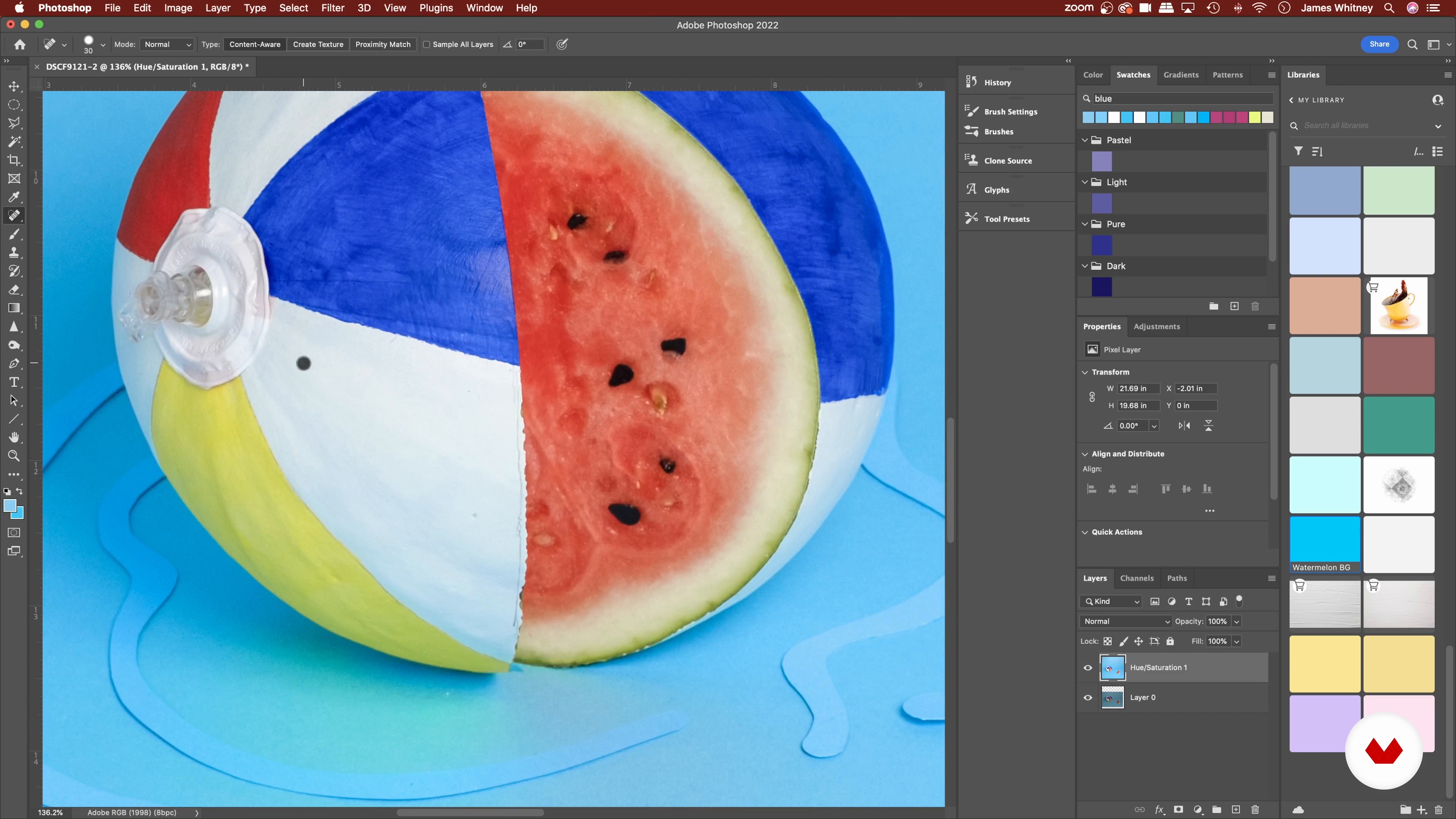
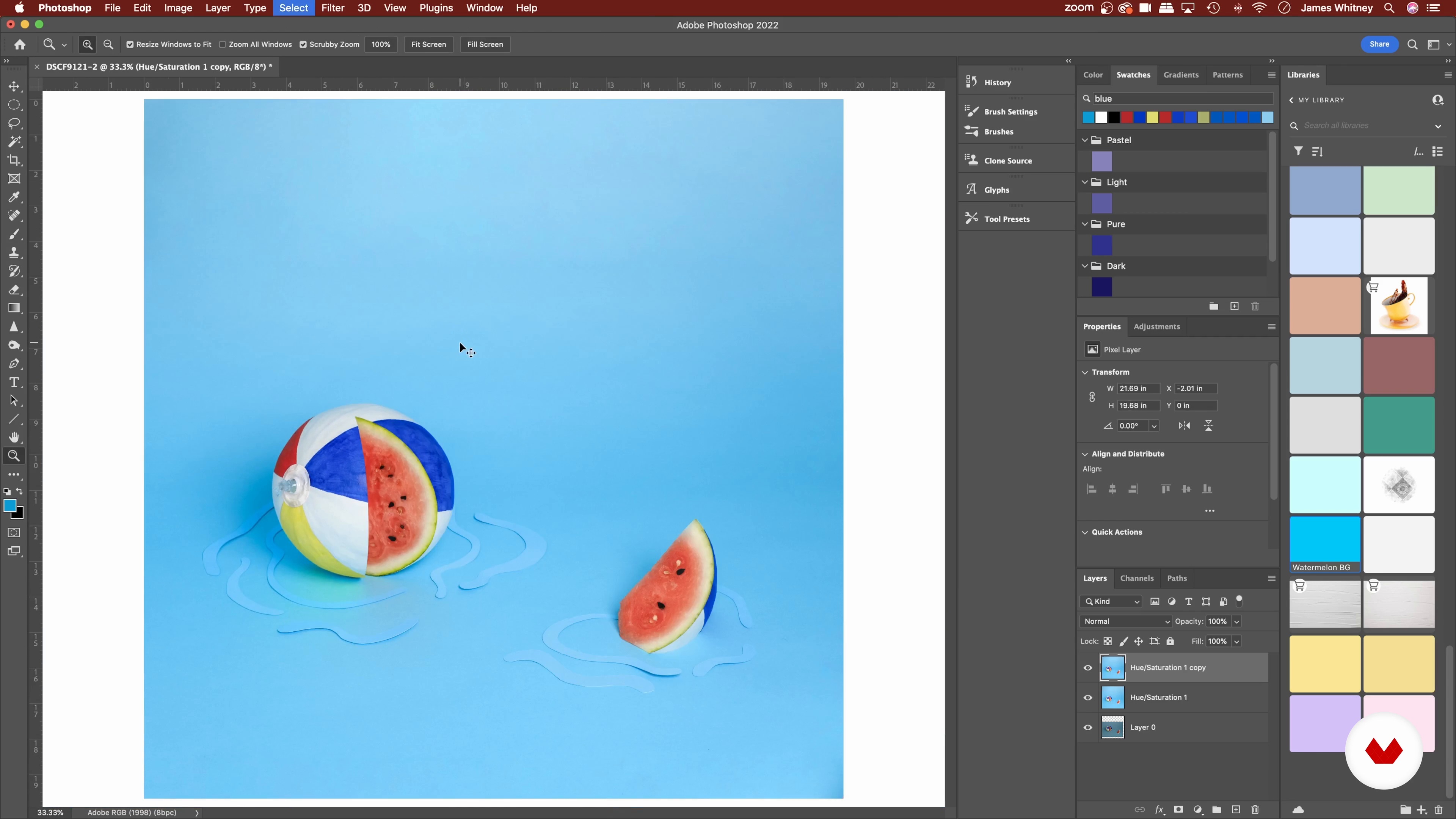



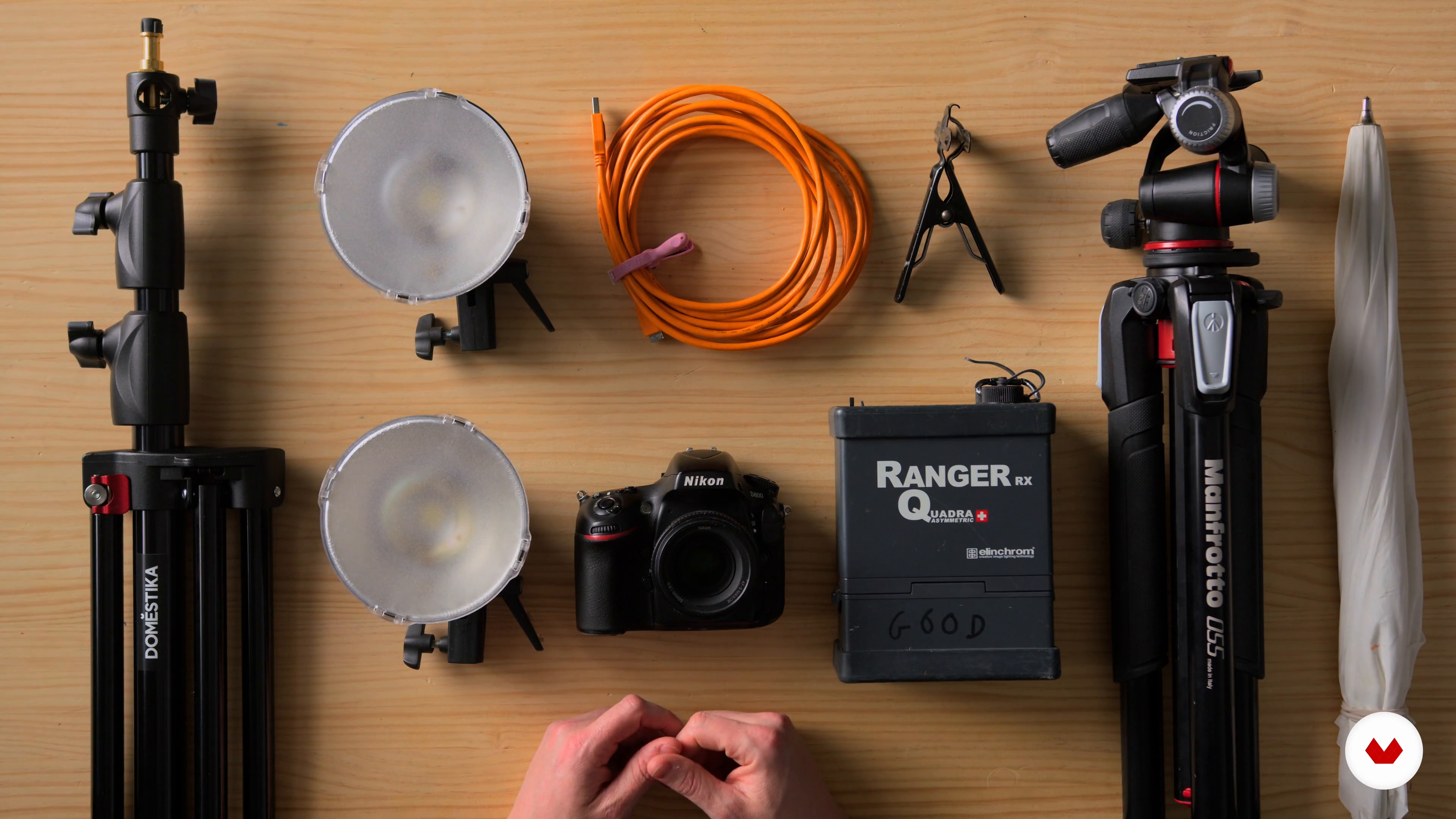
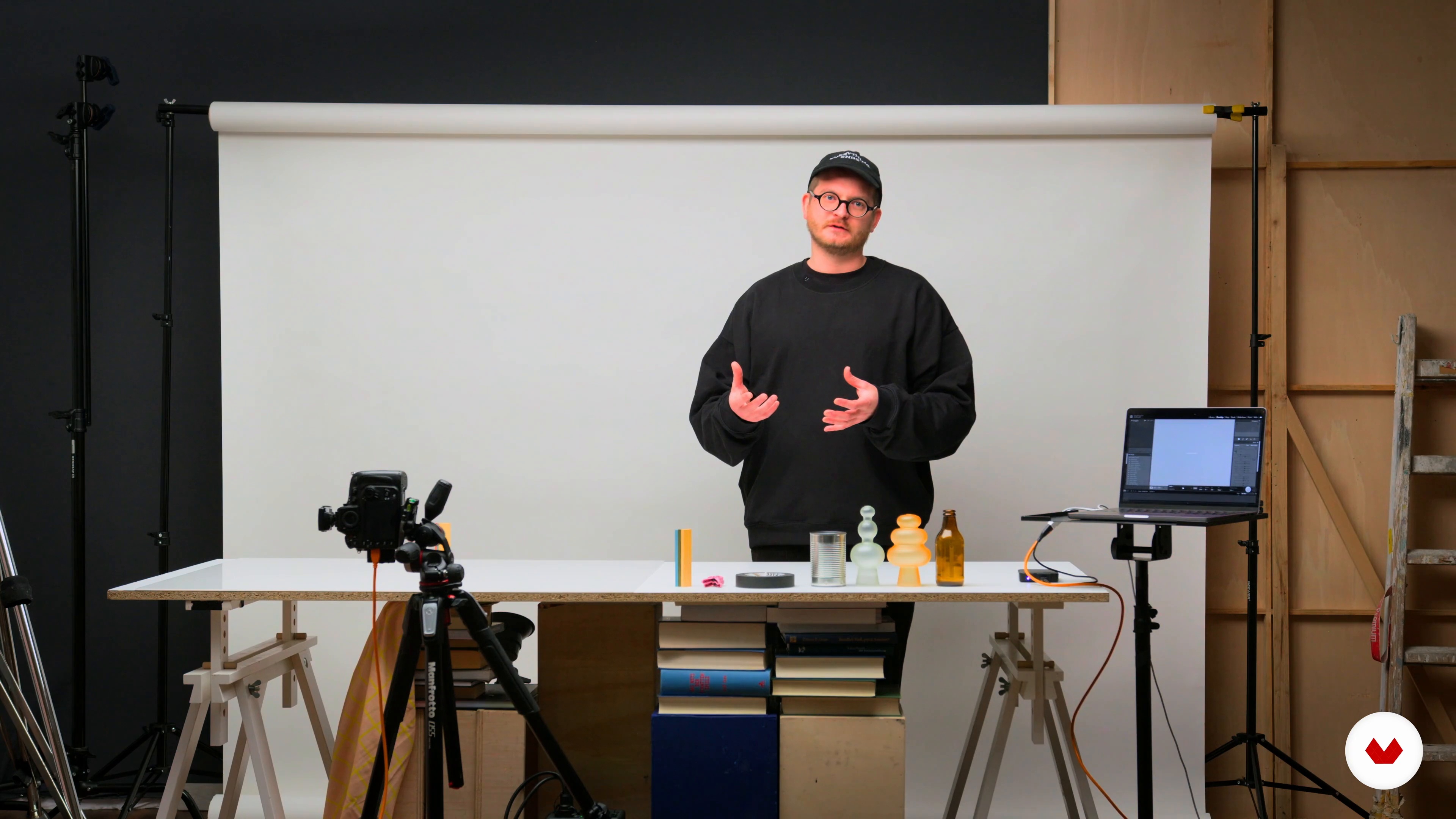
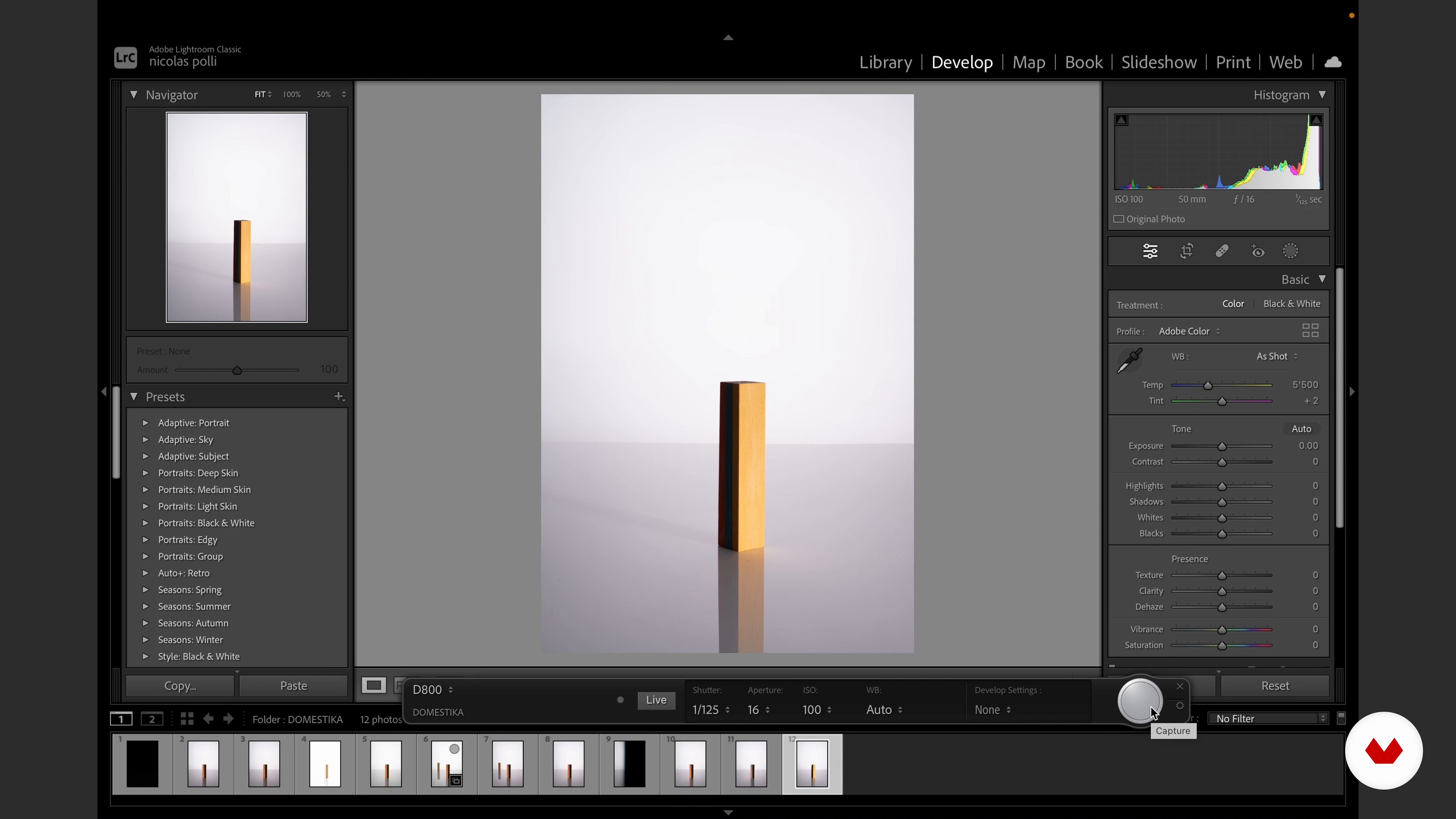
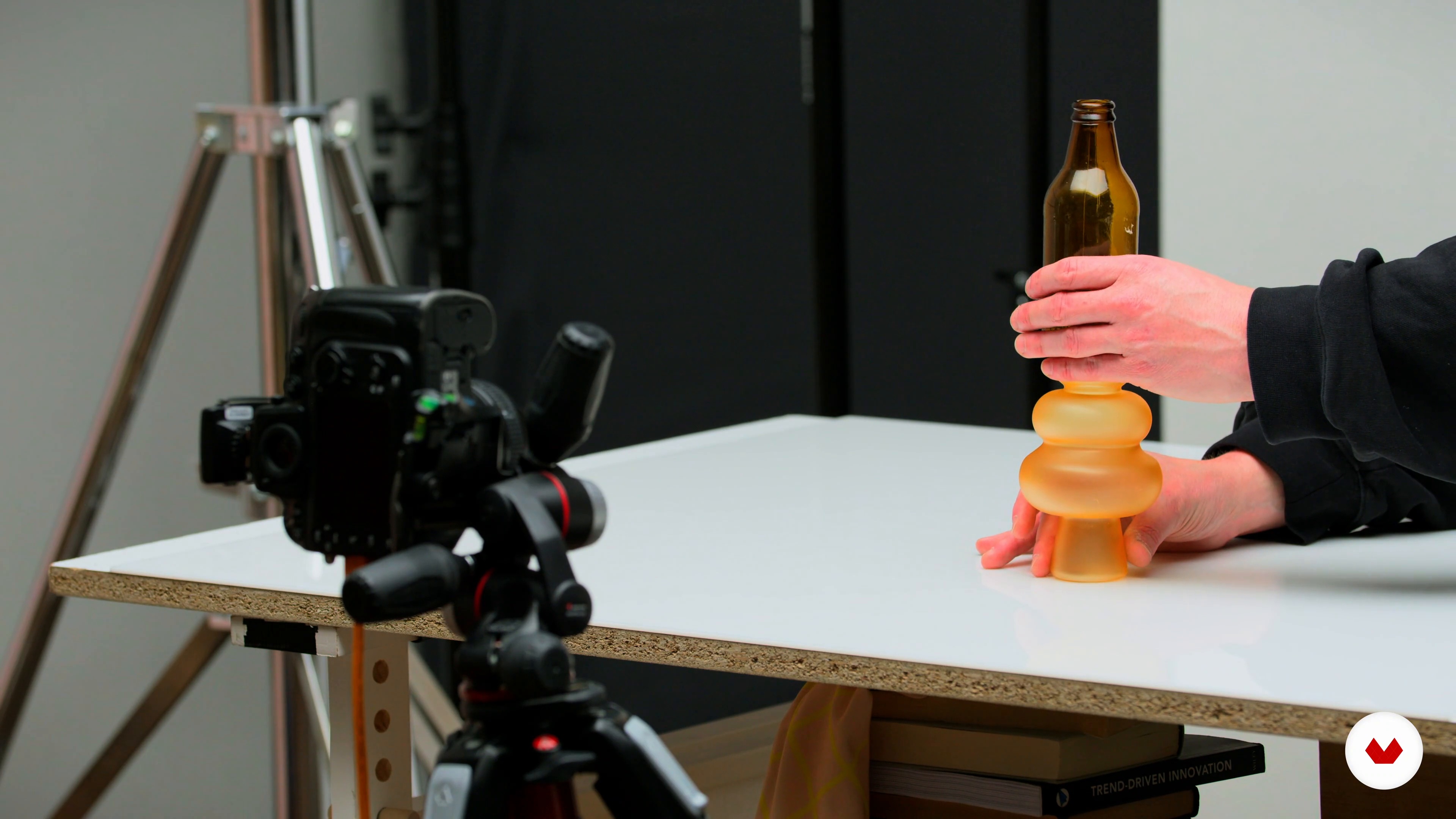
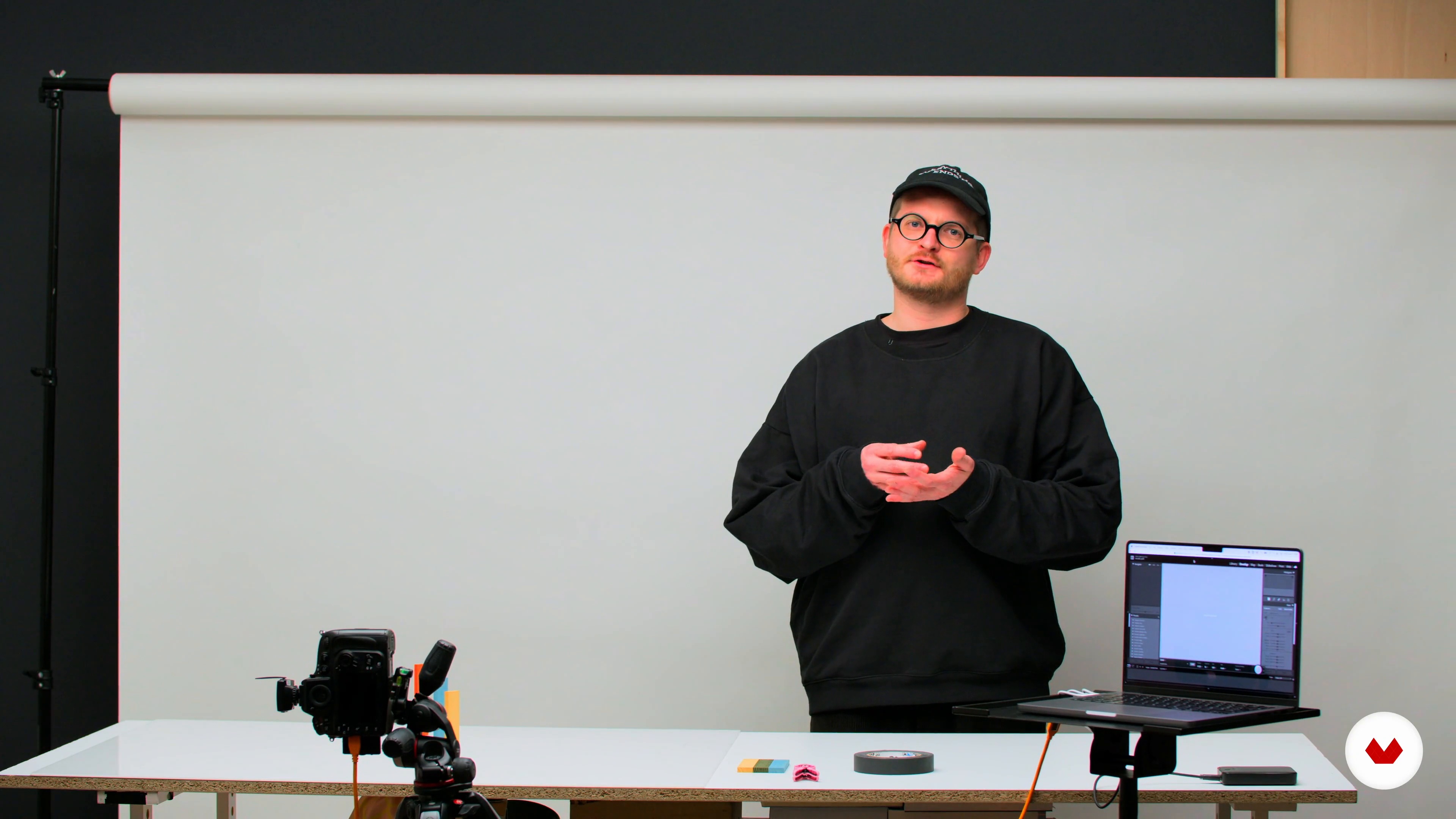

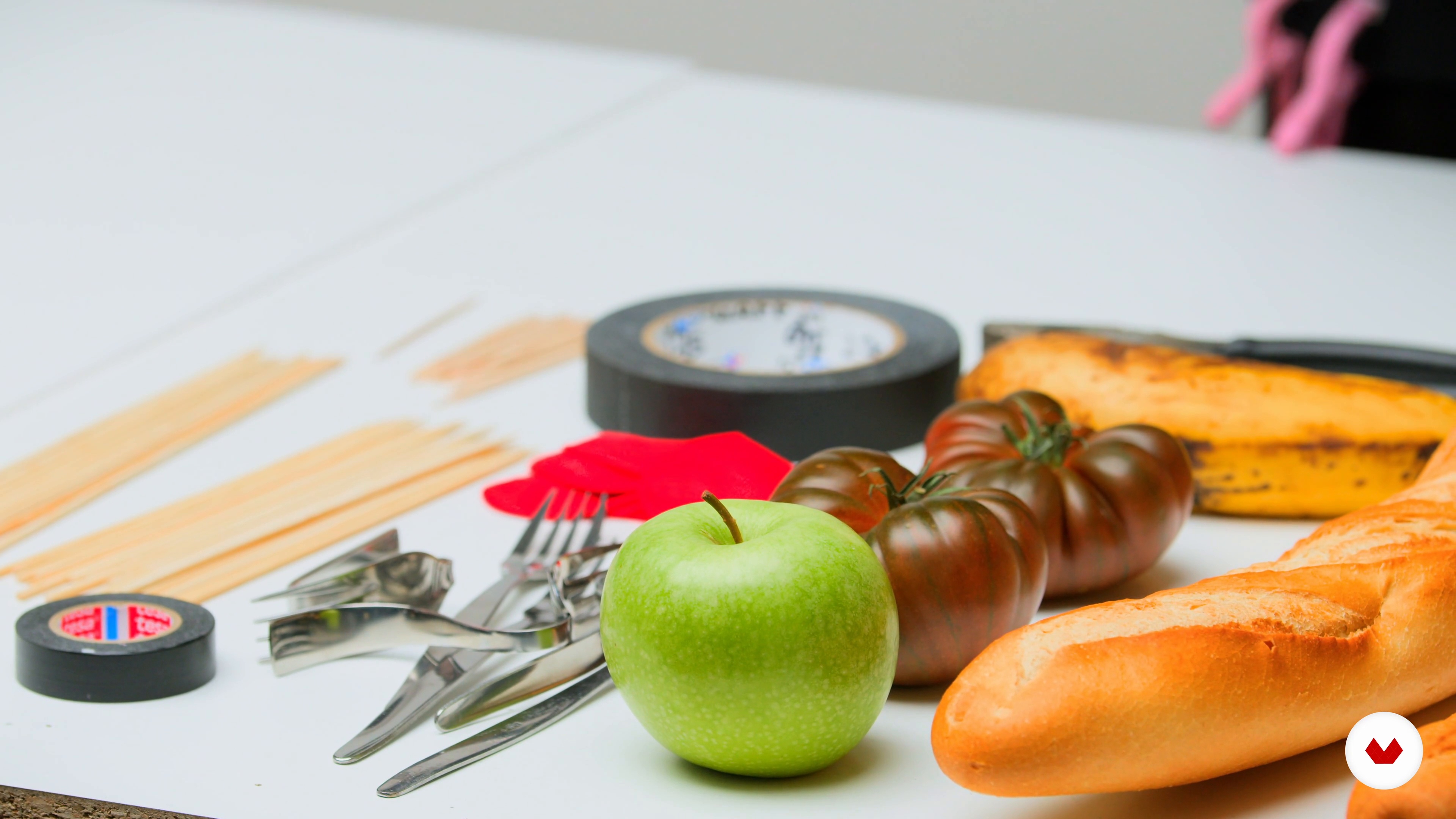
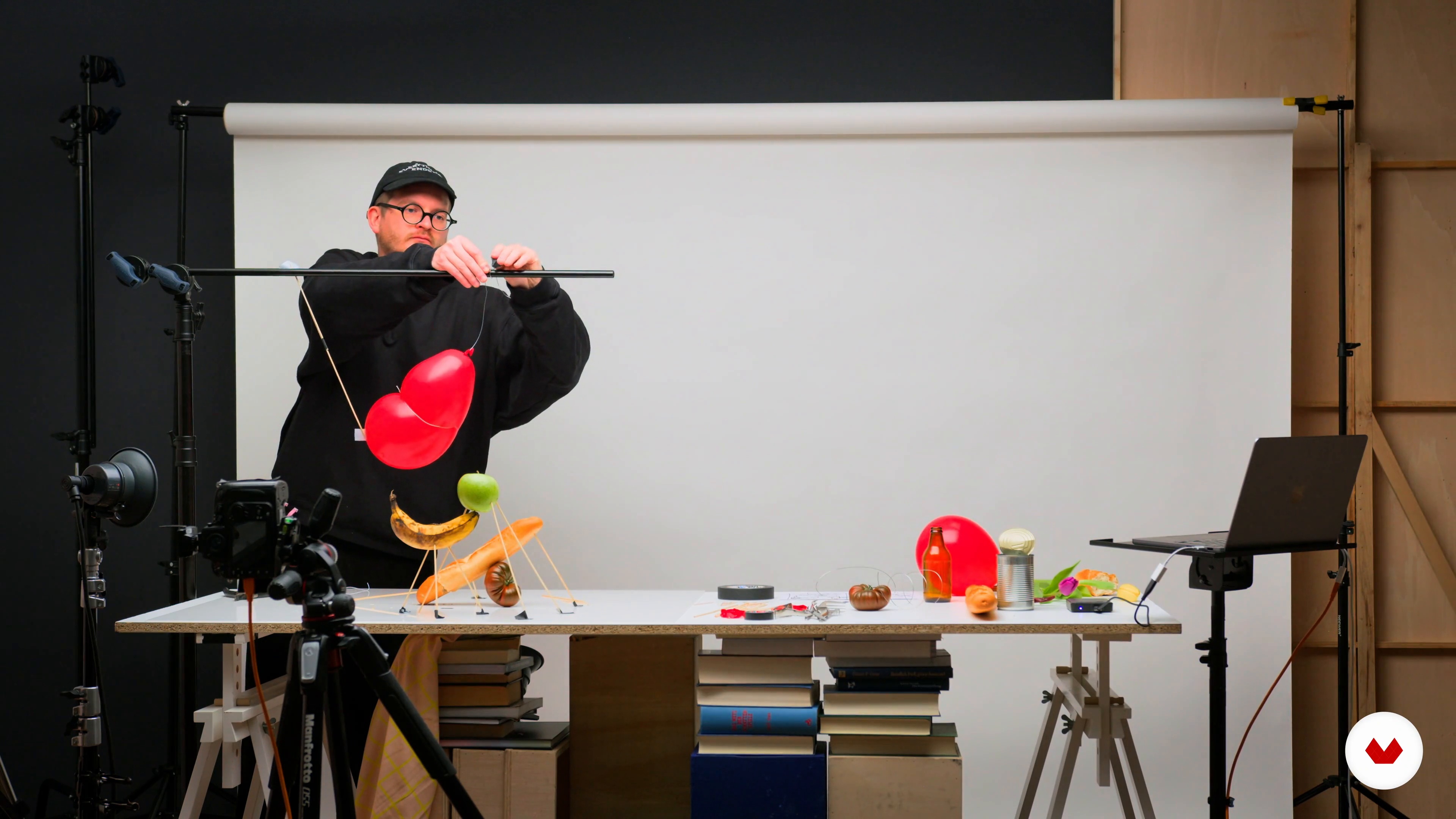
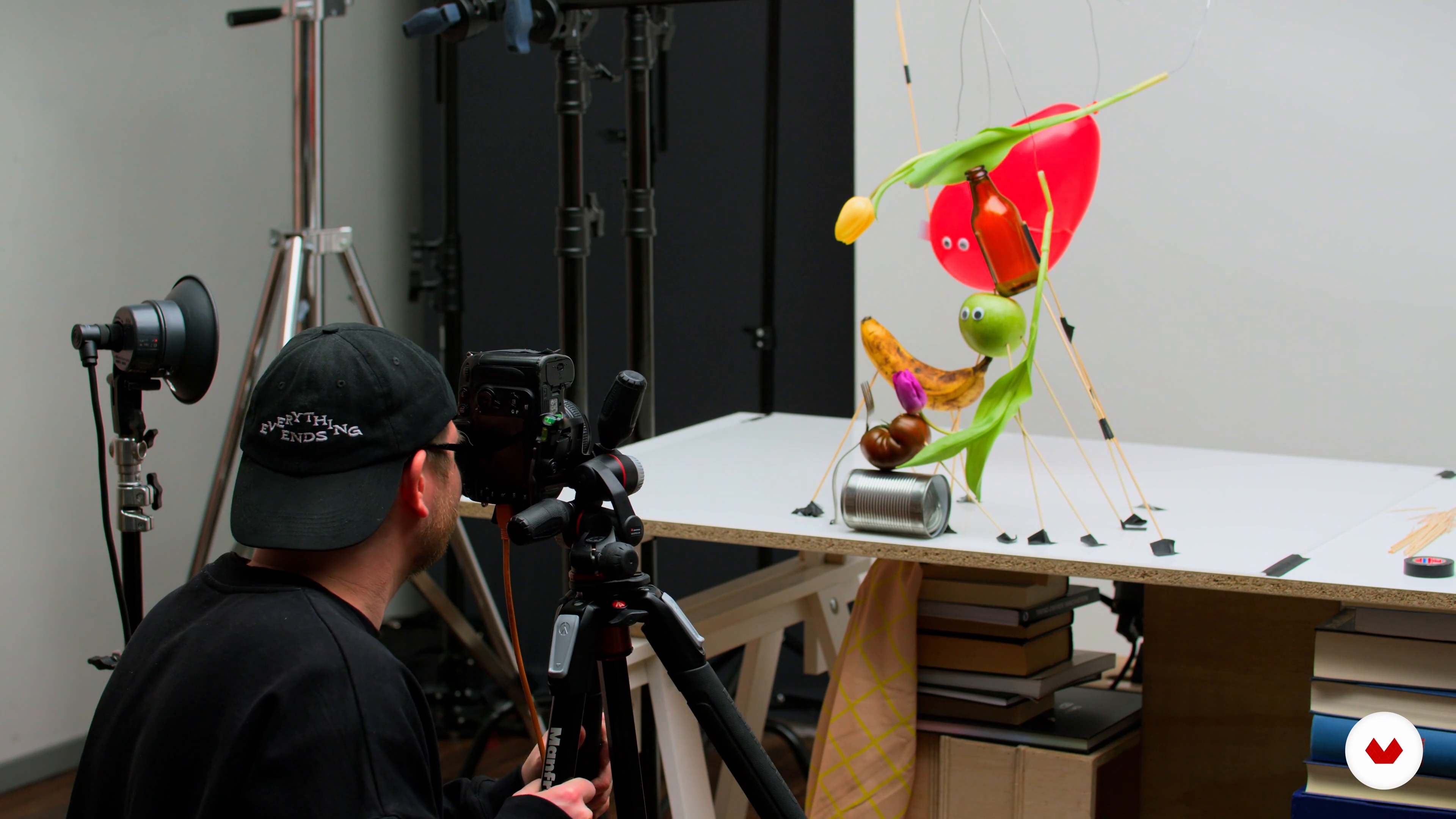
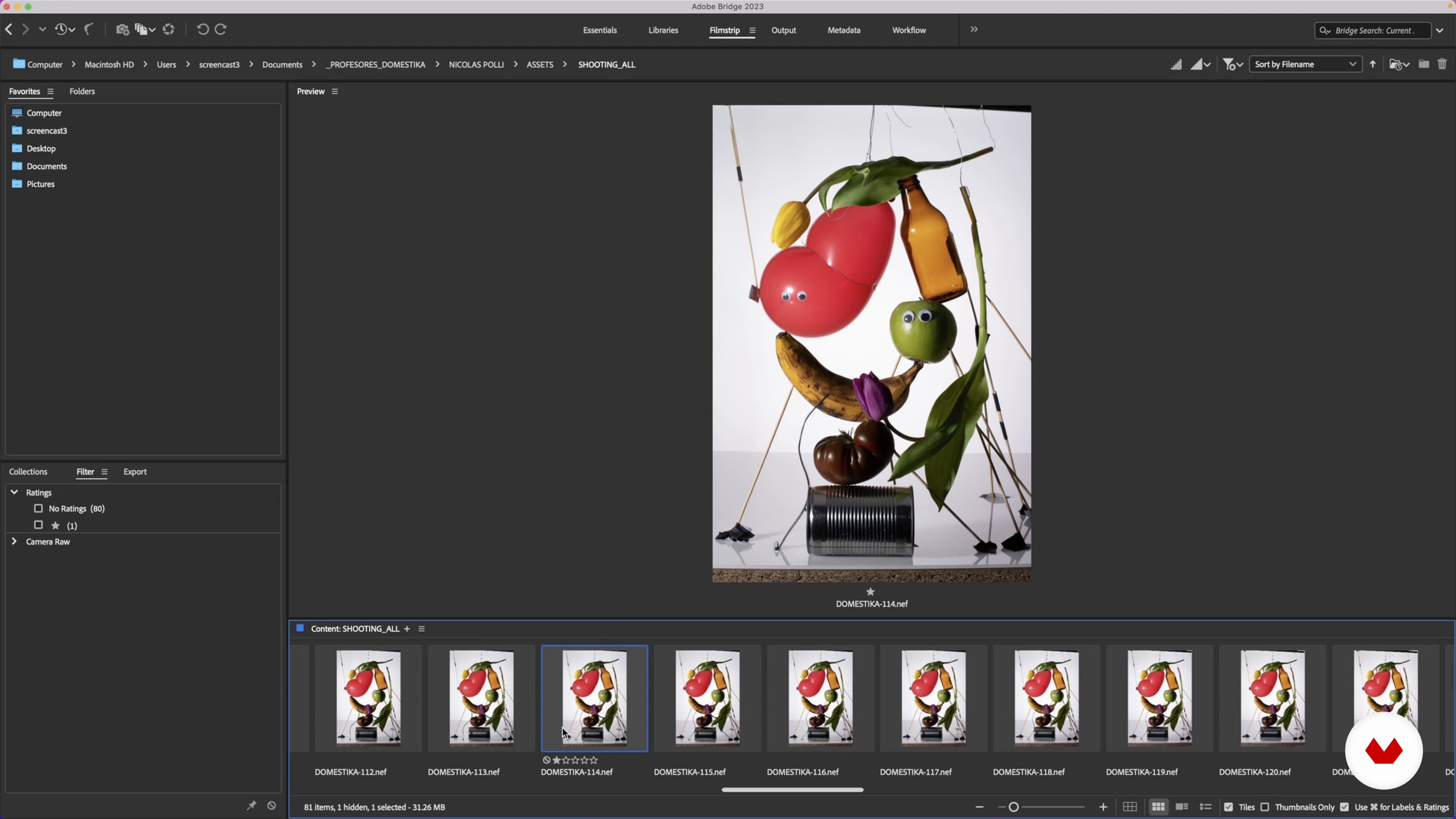
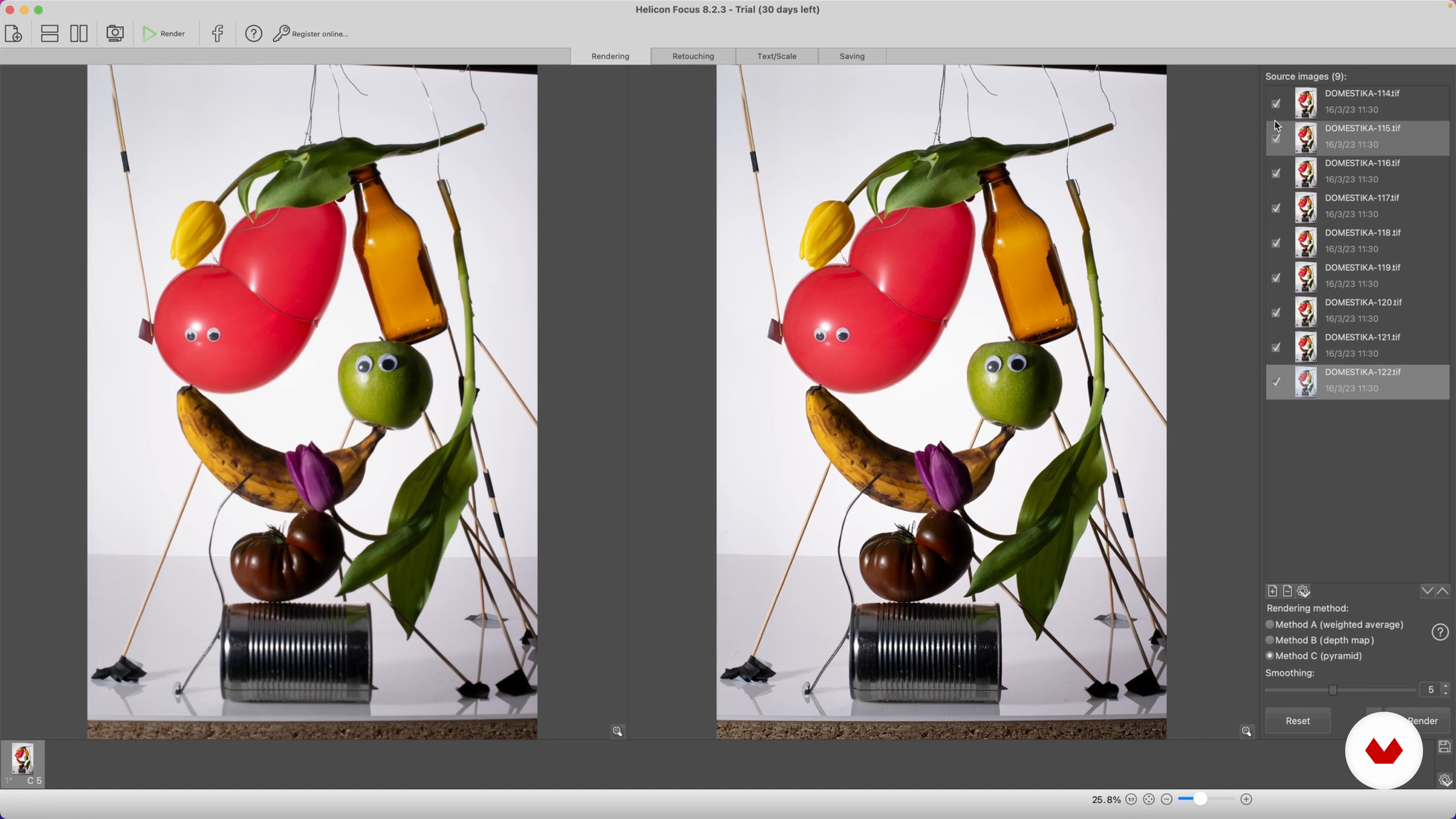
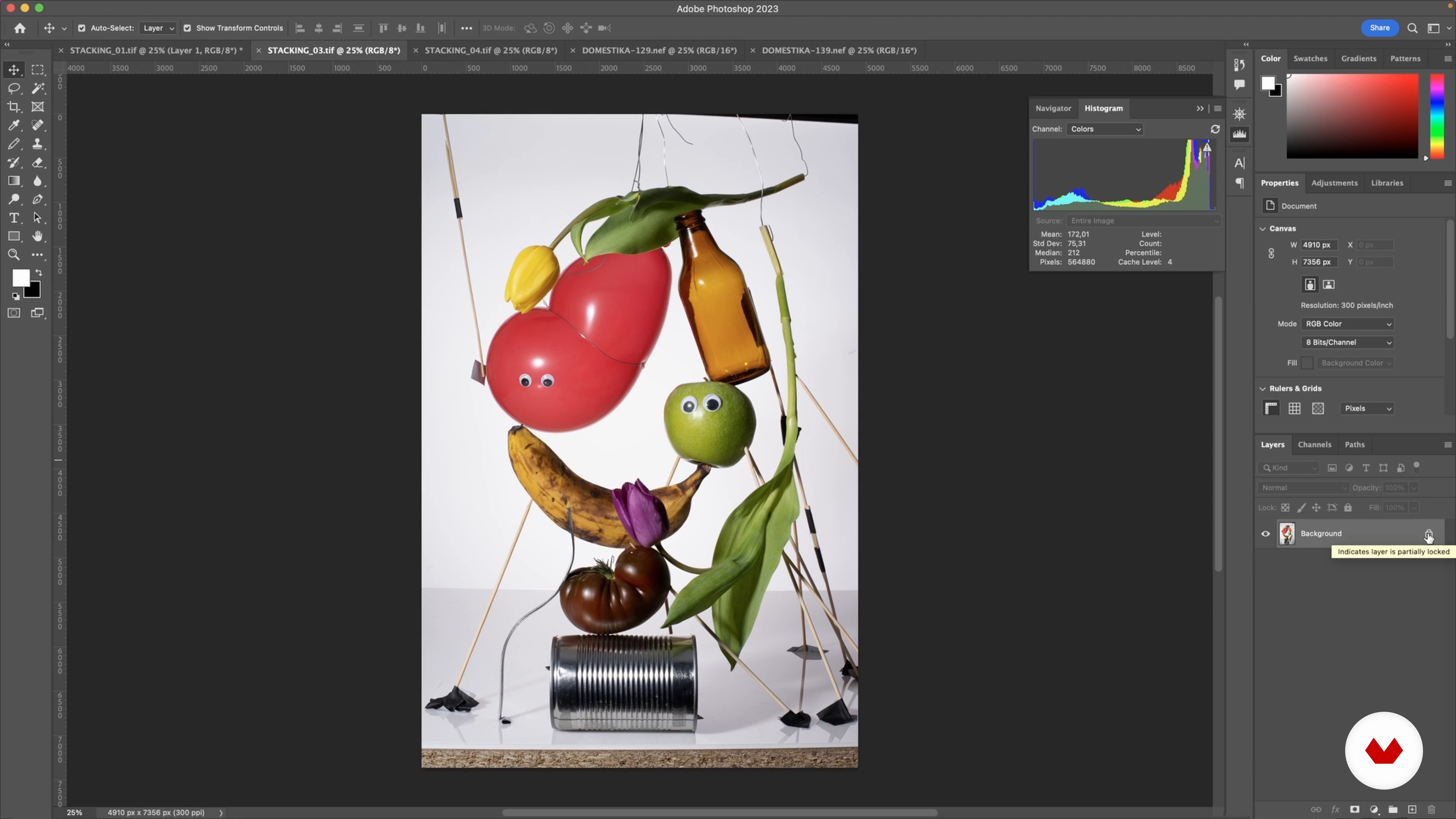
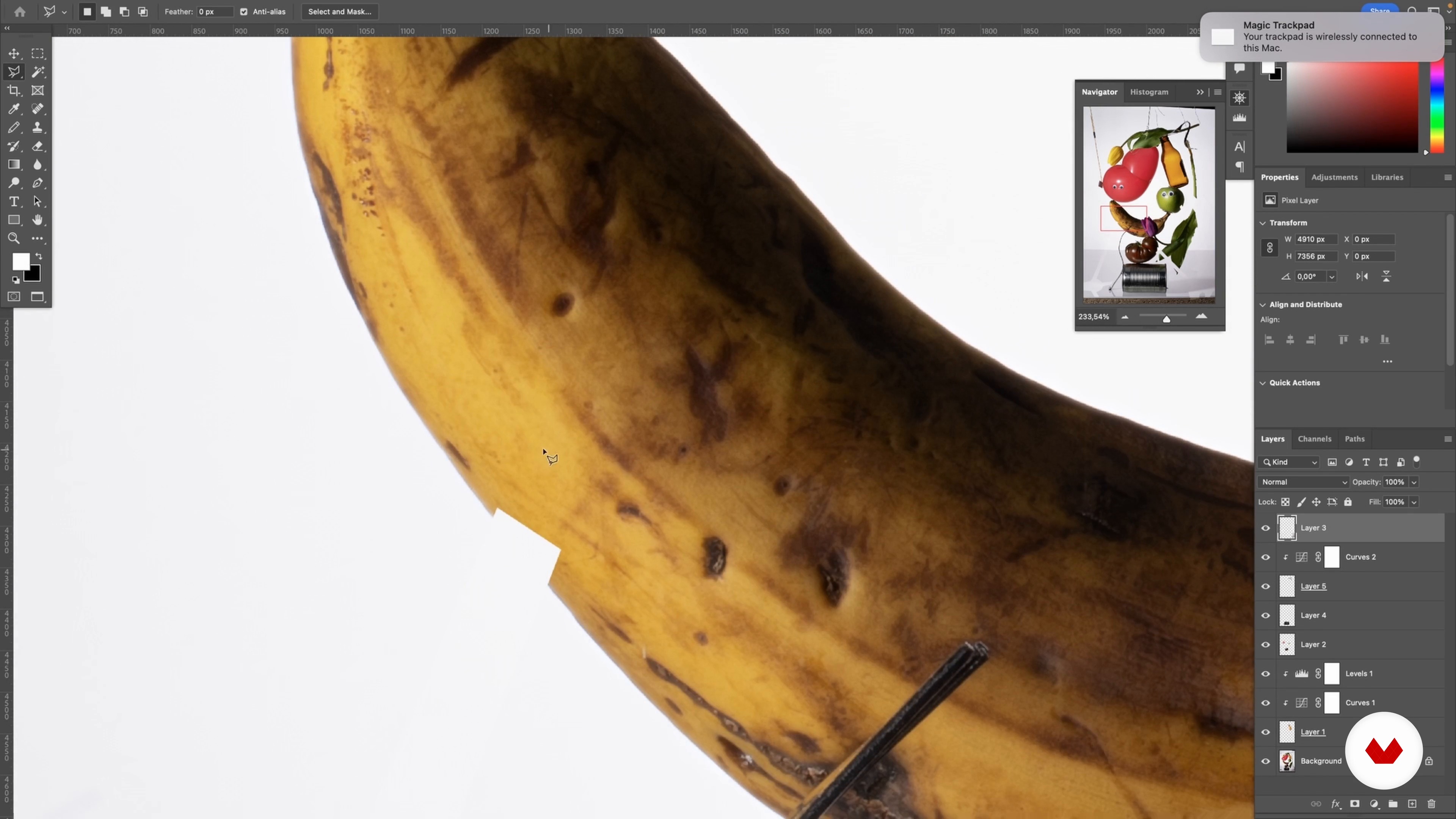

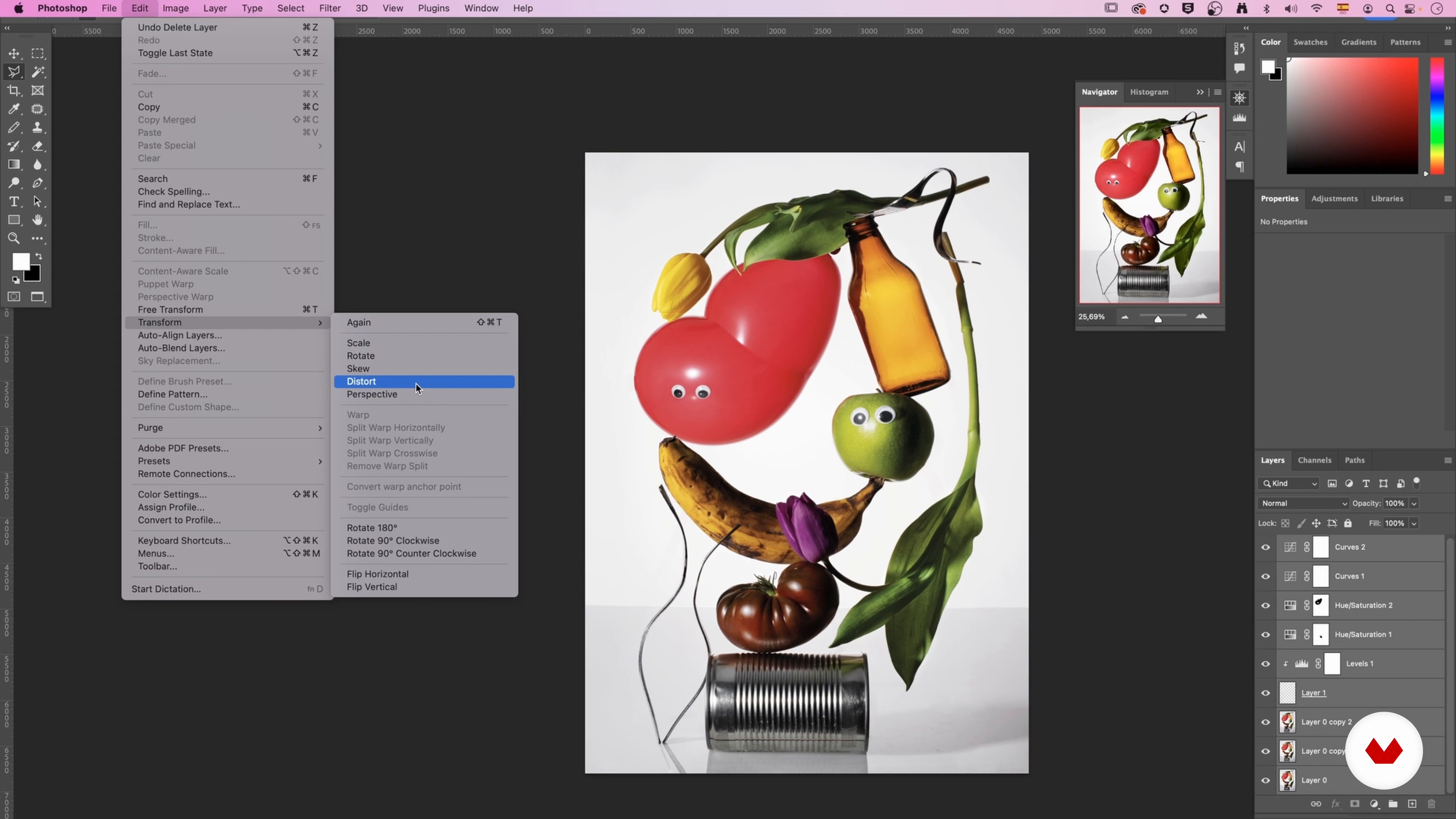
- 100% positive reviews (3)
- 220 students
- 80 lessons (12h 44m)
- 87 additional resources (33 files)
- Online and at your own pace
- Audio: English, Spanish
- Spanish · English · Portuguese · German · French · Italian · Polish · Dutch · Turkish
- Level: Beginner
- Unlimited access forever
What is this course's project?
Students will craft a captivating still-life photograph that demonstrates effective lighting and color balance. By manipulating light, backgrounds, and compositions, learners will create dynamic product shots that enhance visual impact and storytelling through carefully arranged objects, colors, and lighting techniques.
Who is this specialization for?
Aspiring photographers, creative professionals, and hobbyists passionate about still-life photography will find this specialization ideal. It suits those eager to explore lighting, composition, storytelling, and innovative techniques to create captivating and visually impactful images.
Requirements and materials
No extensive prior knowledge is required. Basic necessities include a camera, tripod, and lighting equipment. Access to editing software is beneficial. Gather simple props and backgrounds to enhance creativity. A passion for photography and willingness to explore new techniques is essential.







Reviews
What to expect from this specialization course
-
Learn at your own pace
Enjoy learning from home without a set schedule and with an easy-to-follow method. You set your own pace.
-
Learn from the best professionals
Learn valuable methods and techniques explained by top experts in the creative sector.
-
Meet expert teachers
Each expert teaches what they do best, with clear guidelines, true passion, and professional insight in every lesson.
-
Certificates
PlusIf you're a Plus member, get a custom certificate for every specialization course. Share it on your portfolio, social media, or wherever you like.
-
Get front-row seats
Videos of the highest quality, so you don't miss a single detail. With unlimited access, you can watch them as many times as you need to perfect your technique.
-
Share knowledge and ideas
Ask questions, request feedback, or offer solutions. Share your learning experience with other students in the community who are as passionate about creativity as you are.
-
Connect with a global creative community
The community is home to millions of people from around the world who are curious and passionate about exploring and expressing their creativity.
-
Watch professionally produced courses
Domestika curates its teacher roster and produces every course in-house to ensure a high-quality online learning experience.
FAQs
What are Domestika's online courses?
Domestika courses are online classes that allow you to learn new skills and create incredible projects. All our courses include the opportunity to share your work with other students and/or teachers, creating an active learning community. We offer different formats:
Original Courses: Complete classes that combine videos, texts, and educational materials to complete a specific project from start to finish.
Basics Courses: Specialized training where you master specific software tools step by step.
Specialization Courses: Learning paths with various expert teachers on the same topic, perfect for becoming a specialist by learning from different approaches.
Guided Courses: Practical experiences ideal for directly acquiring specific skills.
Intensive Courses (Deep Dives): New creative processes based on artificial intelligence tools in an accessible format for in-depth and dynamic understanding.
When do the specialization courses start and when do they finish?
All specialization courses are 100% online, so once they're published, specialization courses start and finish whenever you want. You set the pace of the class. You can go back to review what interests you most and skip what you already know, ask questions, answer questions, share your projects, and more.
What do Domestika's specialization courses include?
The specialization courses are divided into different modules. Each one includes lessons, informational text, tasks, and practice exercises to help you carry out your project step by step, with additional complementary resources and downloads. You'll also have access to an exclusive forum where you can interact with other students, as well as share your work and your final project, creating a community around the specialization courses.
Have you been given a specialization courses?
You can redeem the specialization courses you received by accessing the redeeming page and entering your gift code.


Todavía no he terminado el curso pero lo que he visto fue muy interesante. Diferentes temáticas para bodegones da utilidad al curso. Las explicaciones son muy didácticas.
Recomendable.
Interesting and stimulating.
Excellent course!
Especialización en fotografía de bodegones creativos un taller excelente.